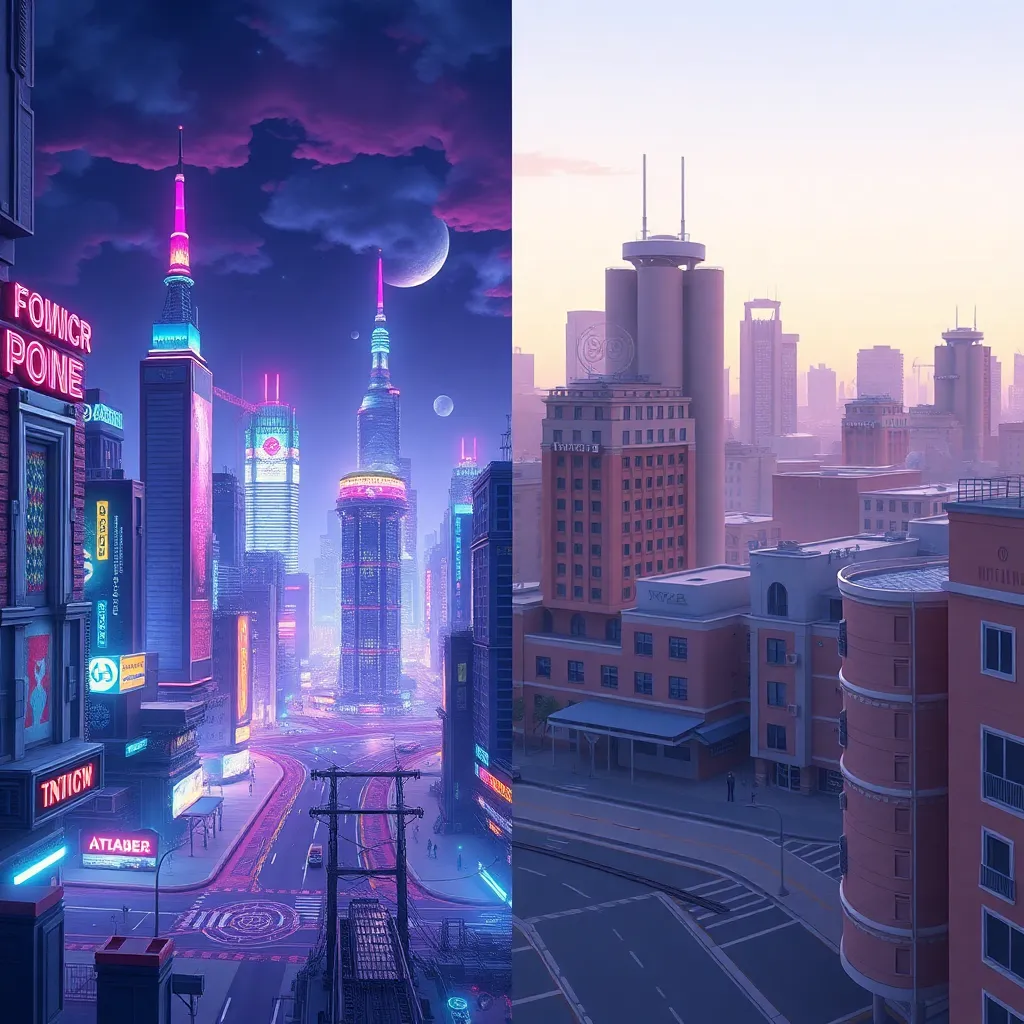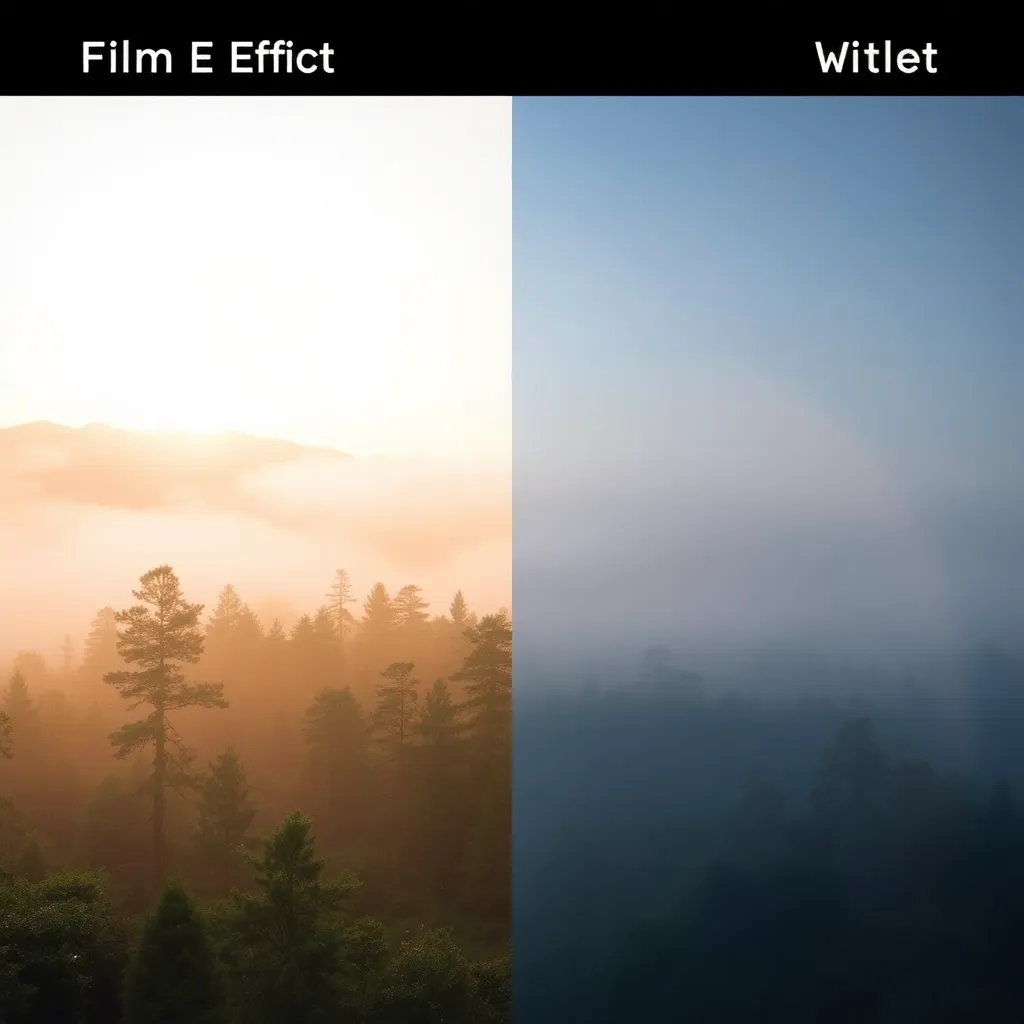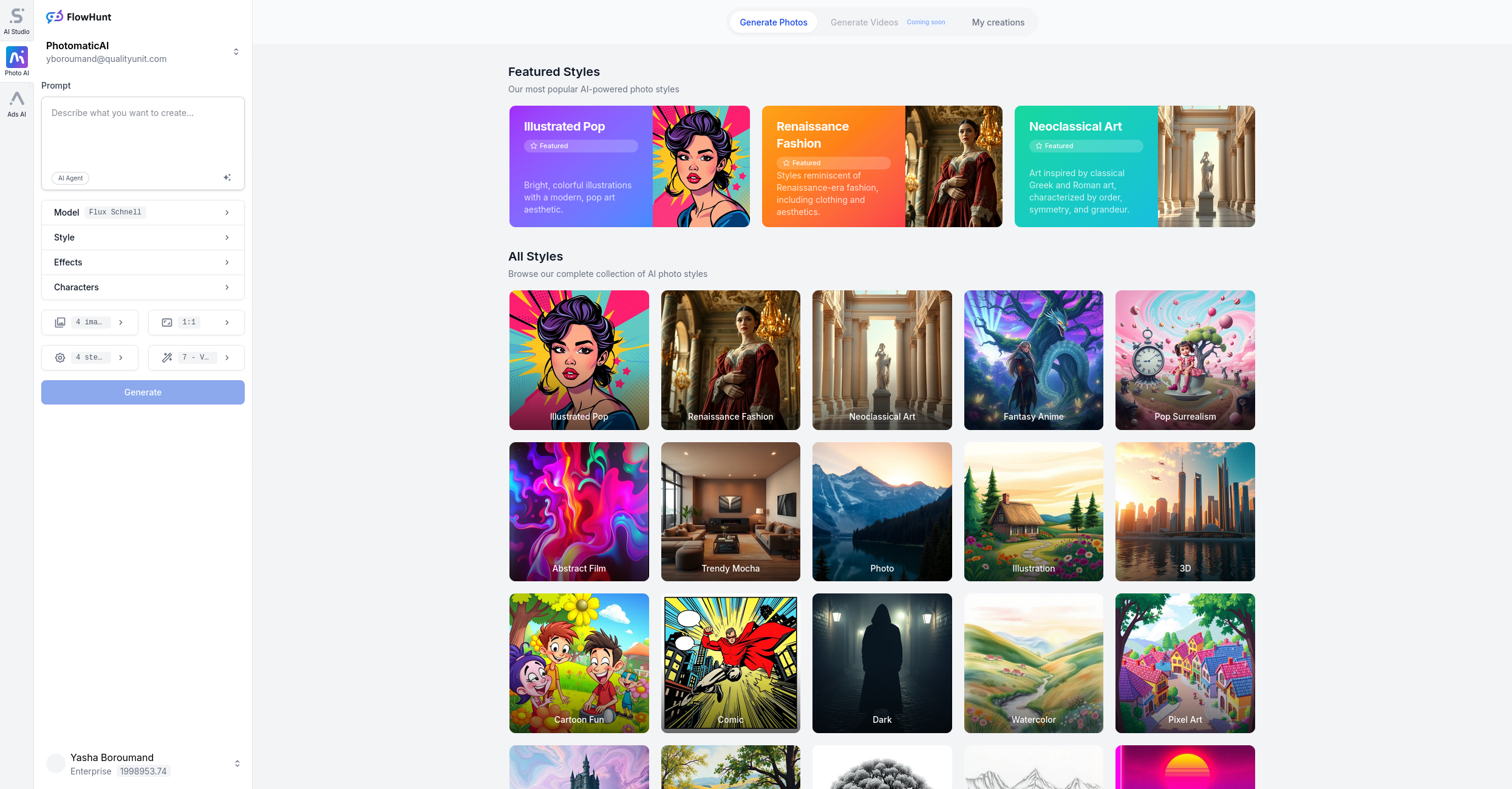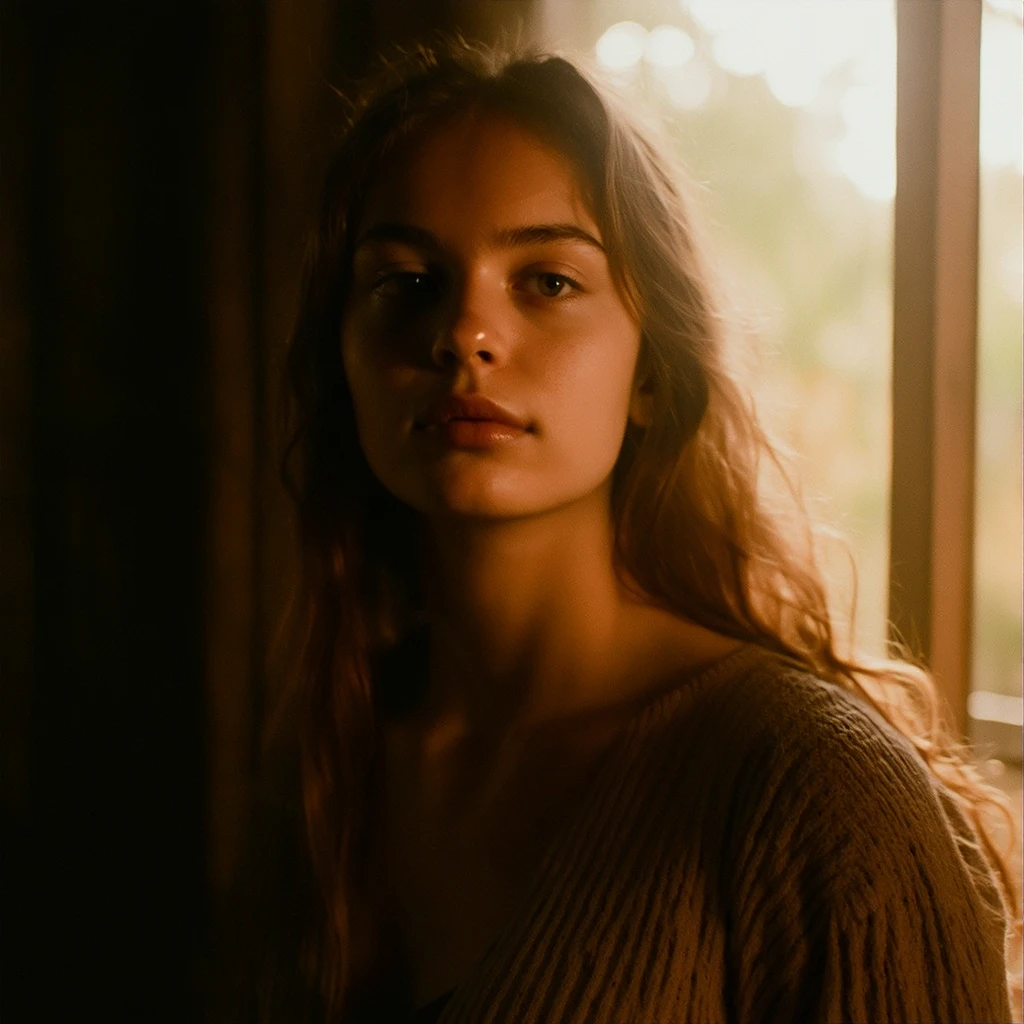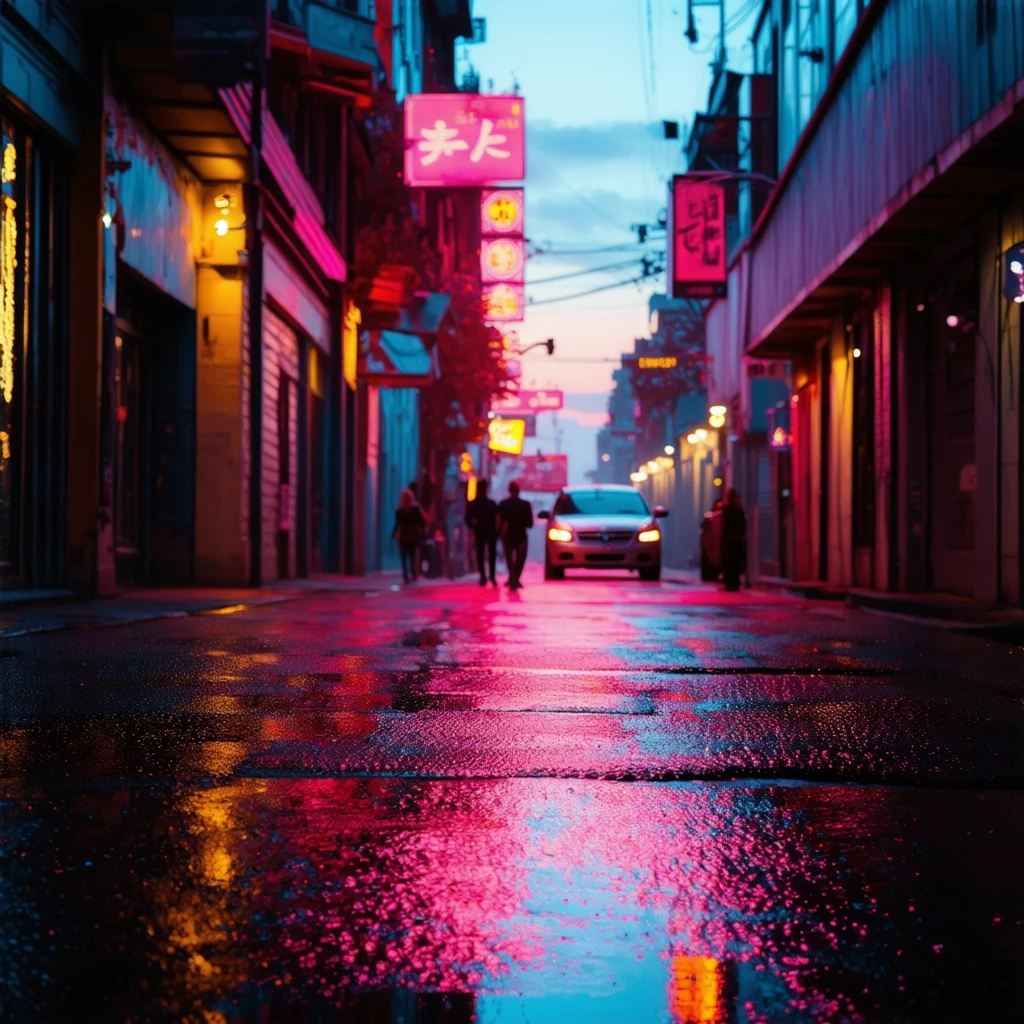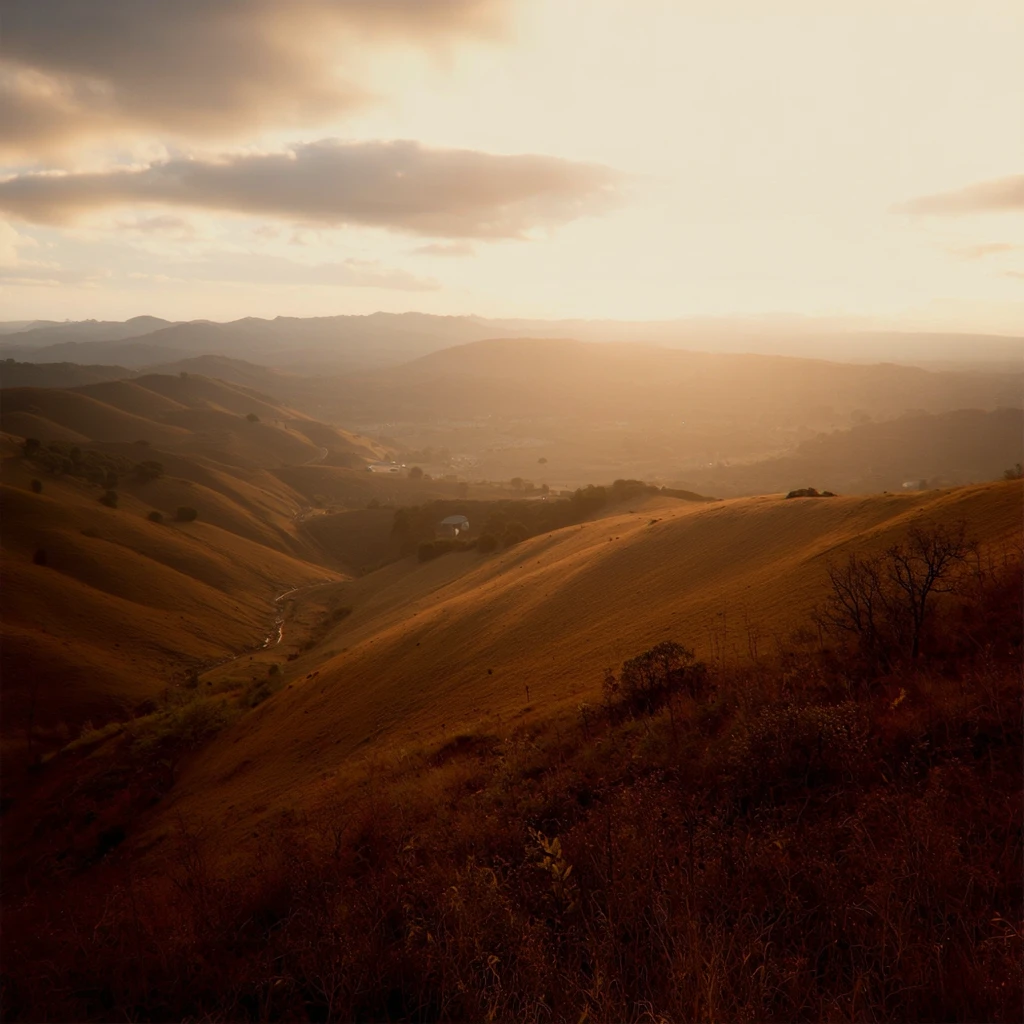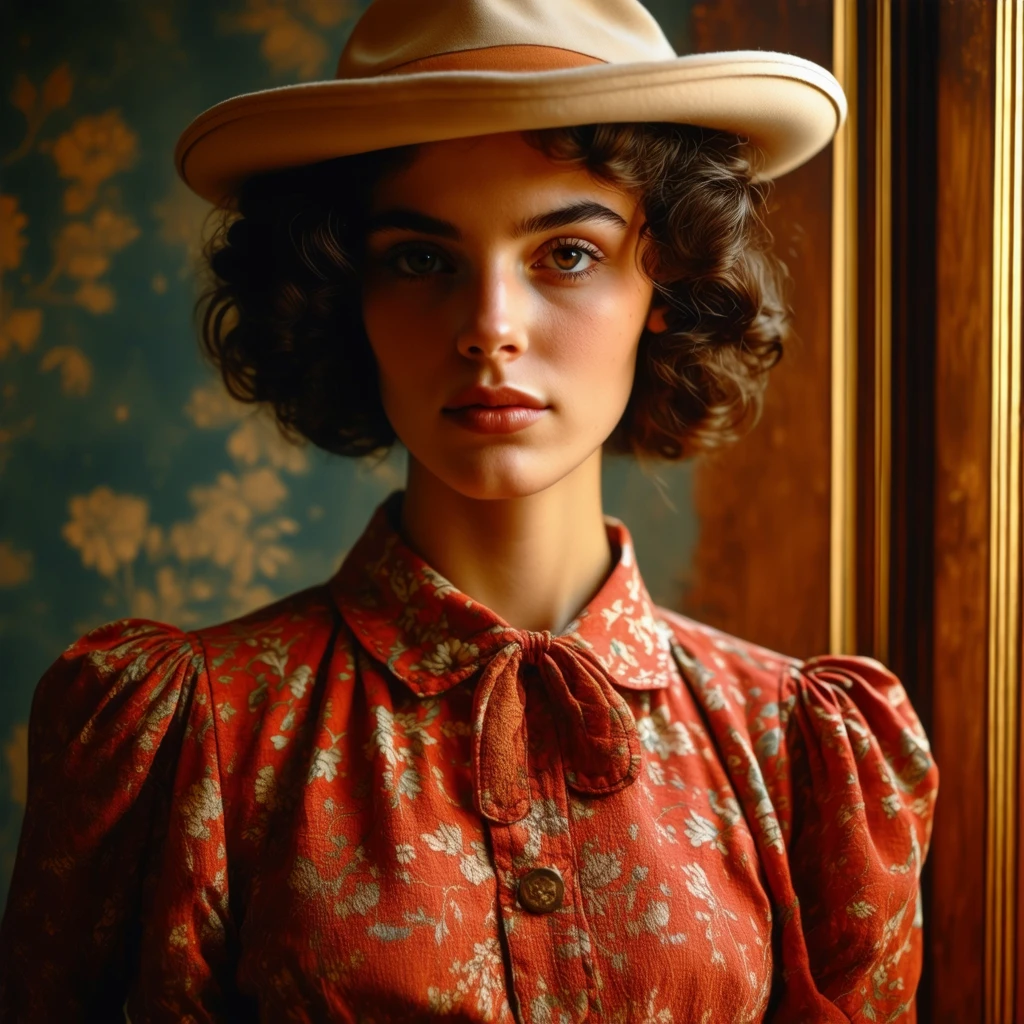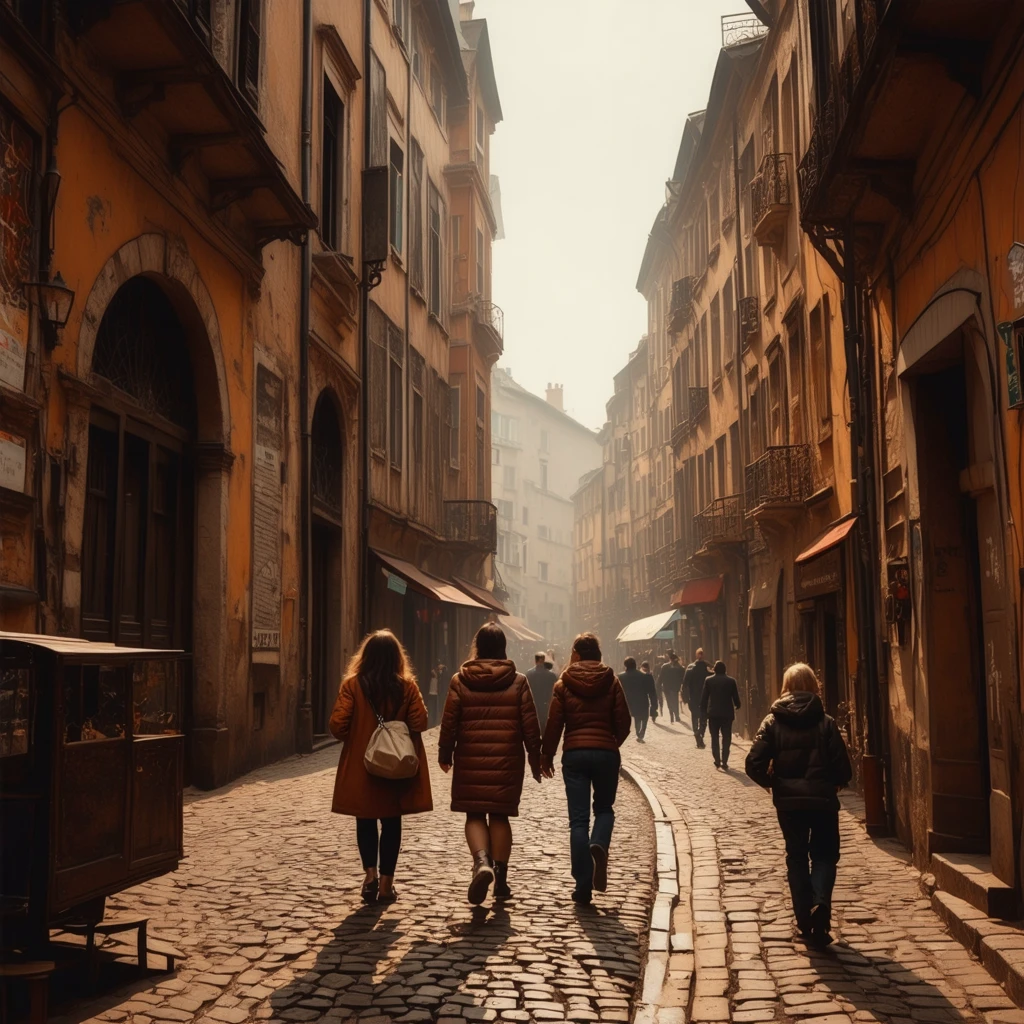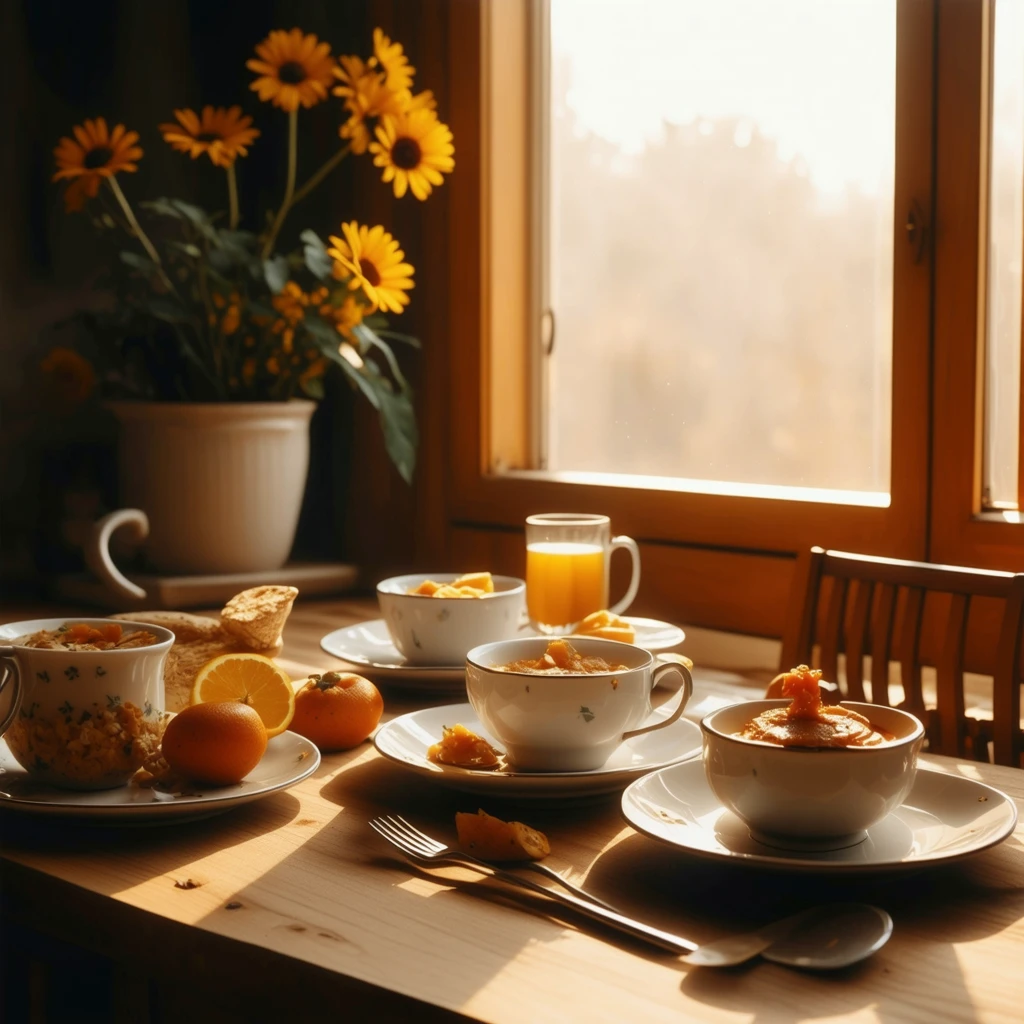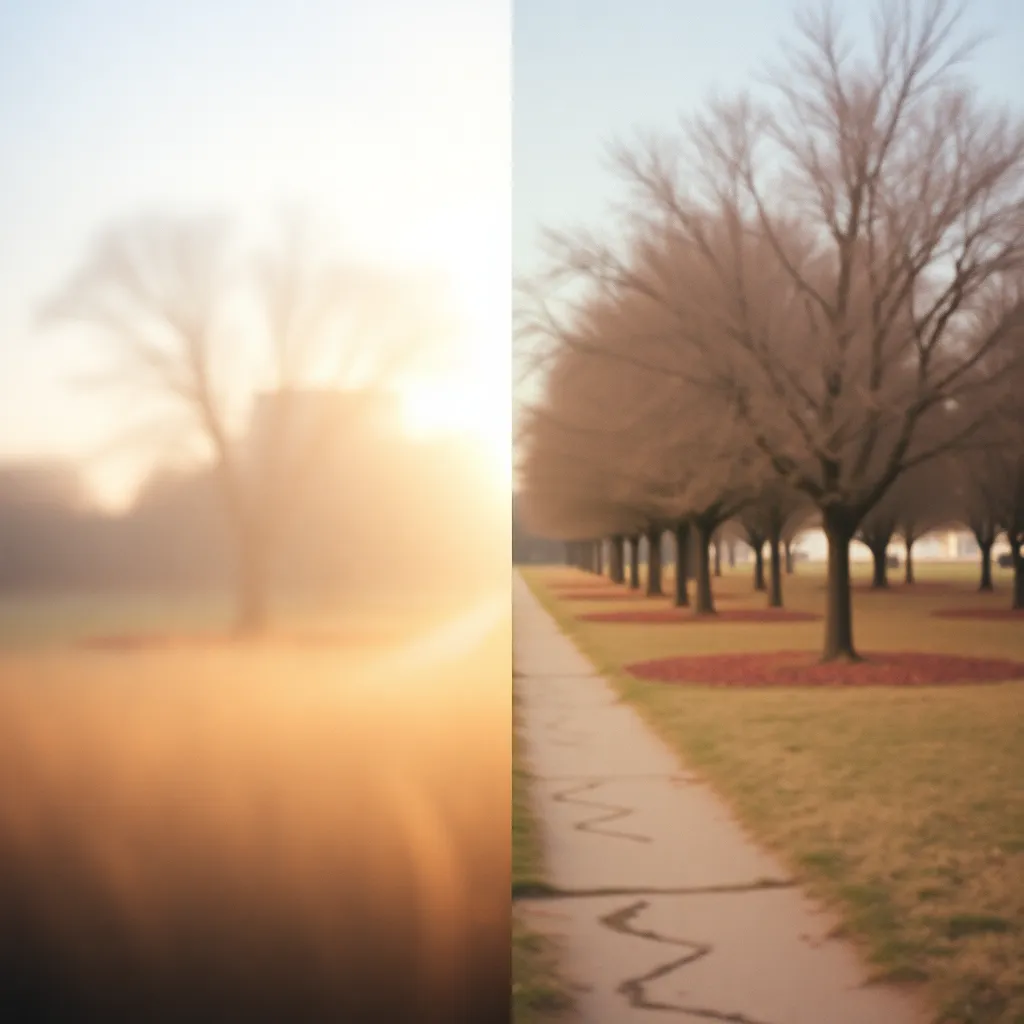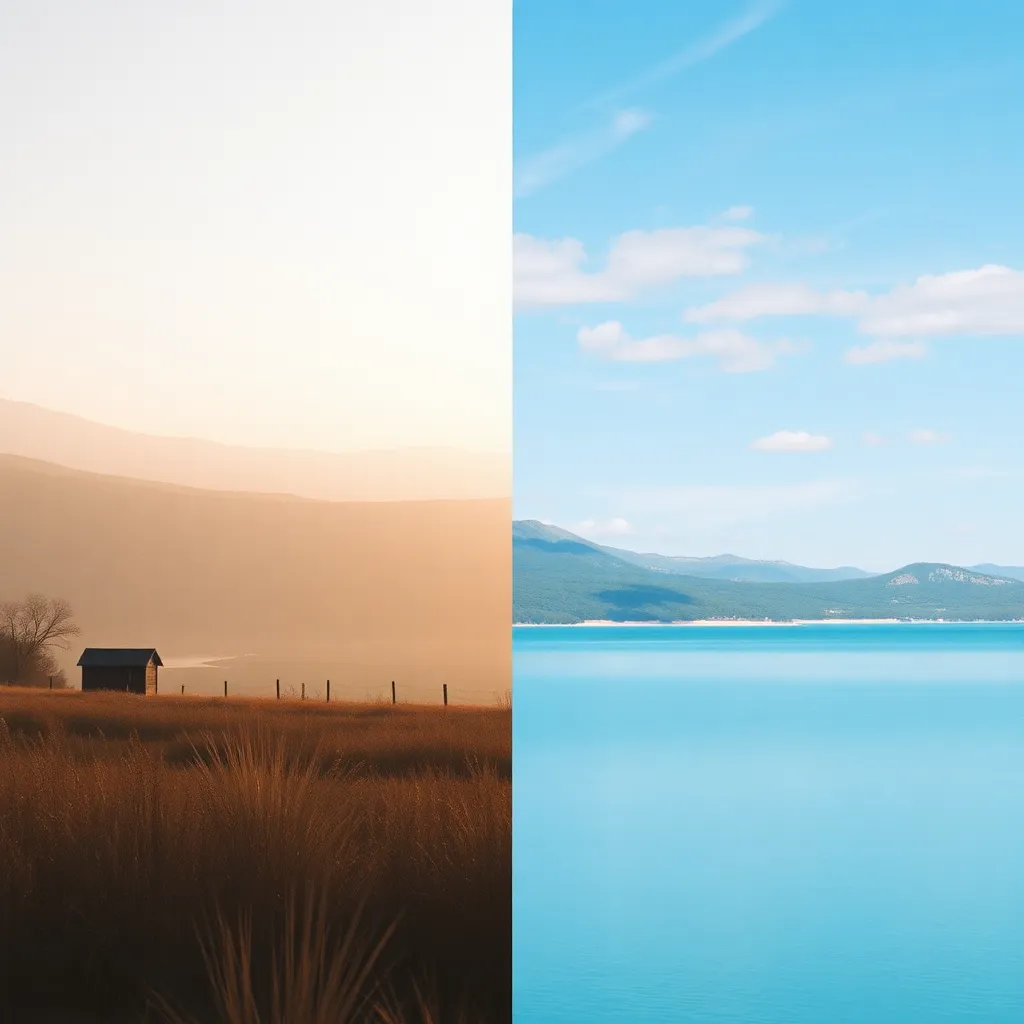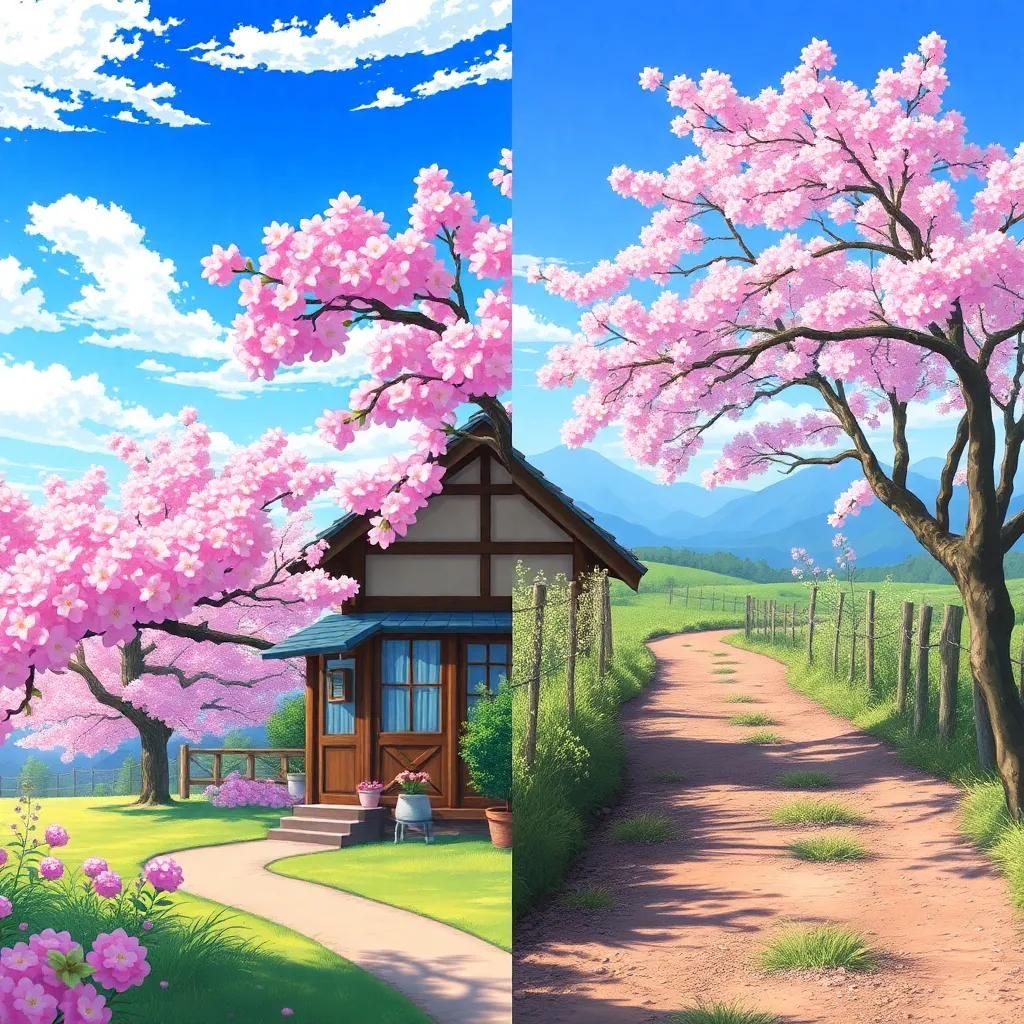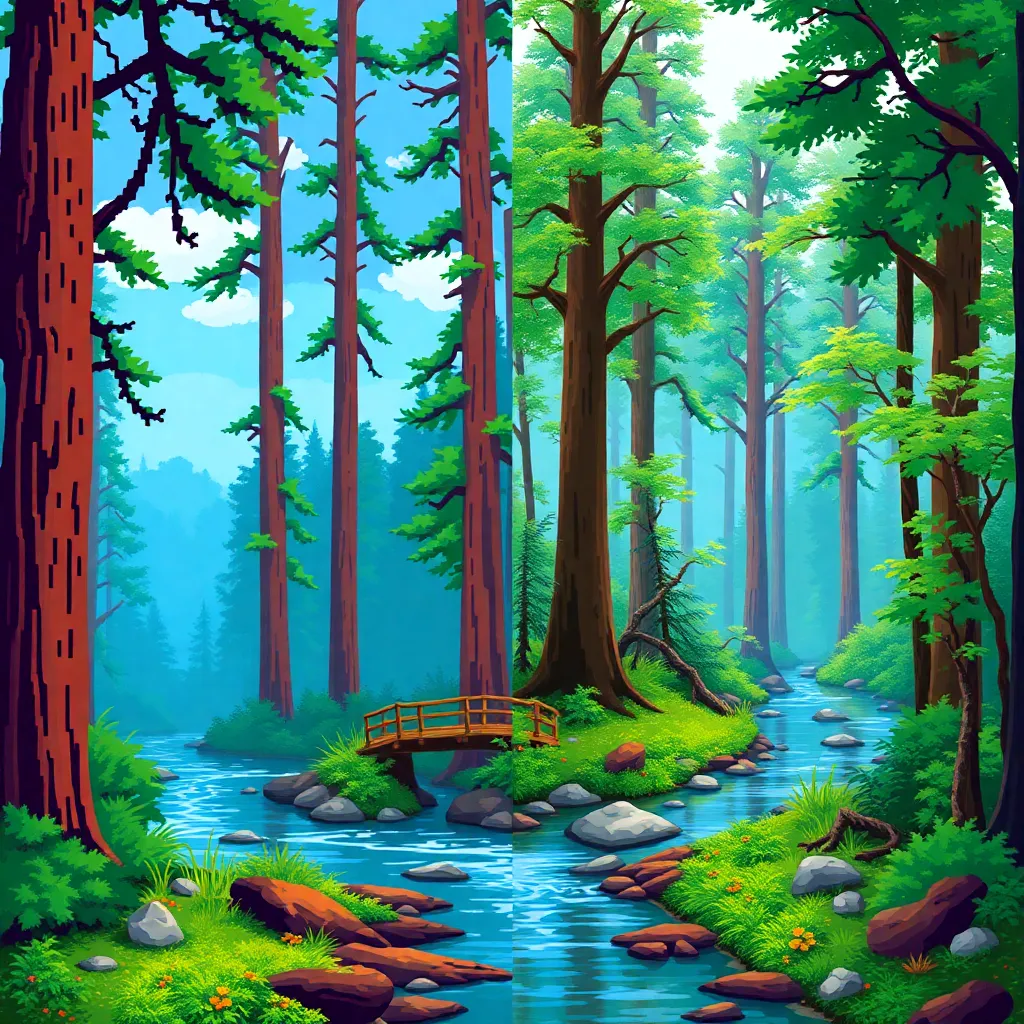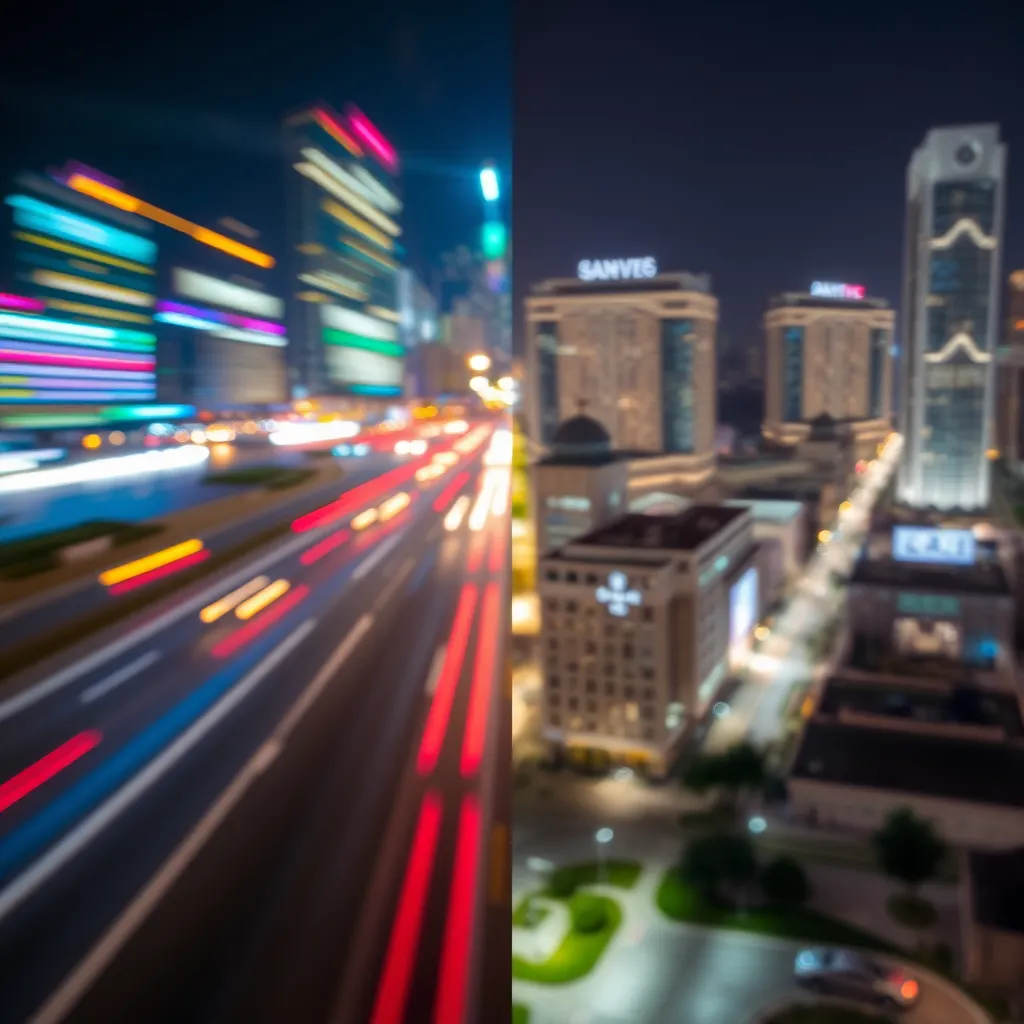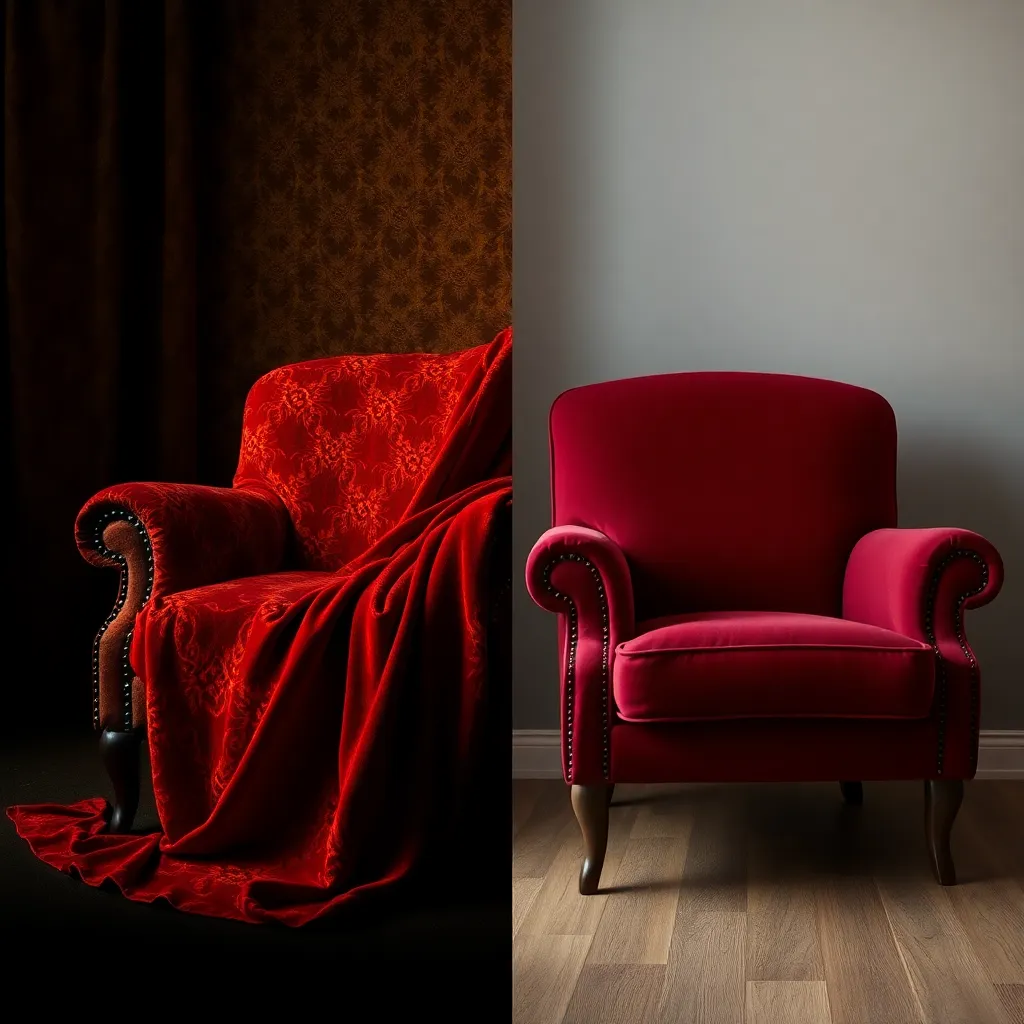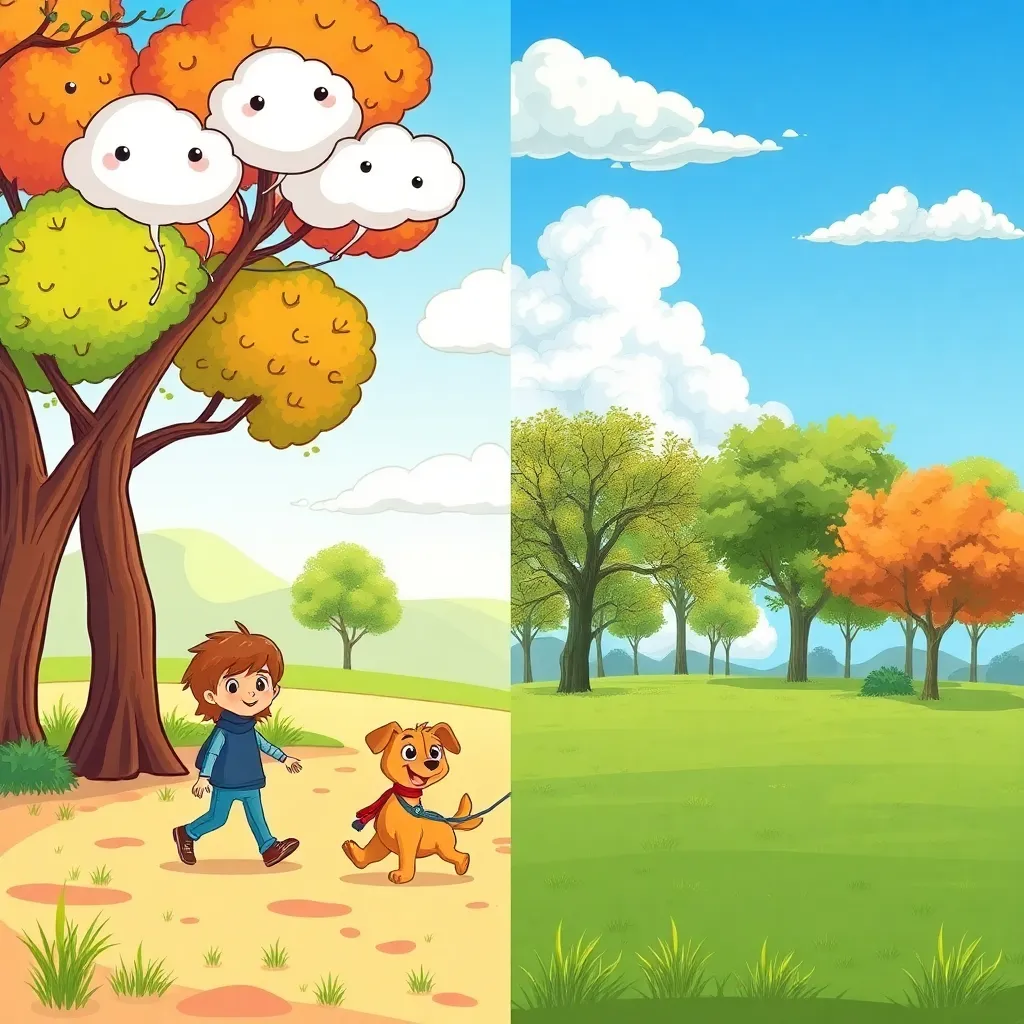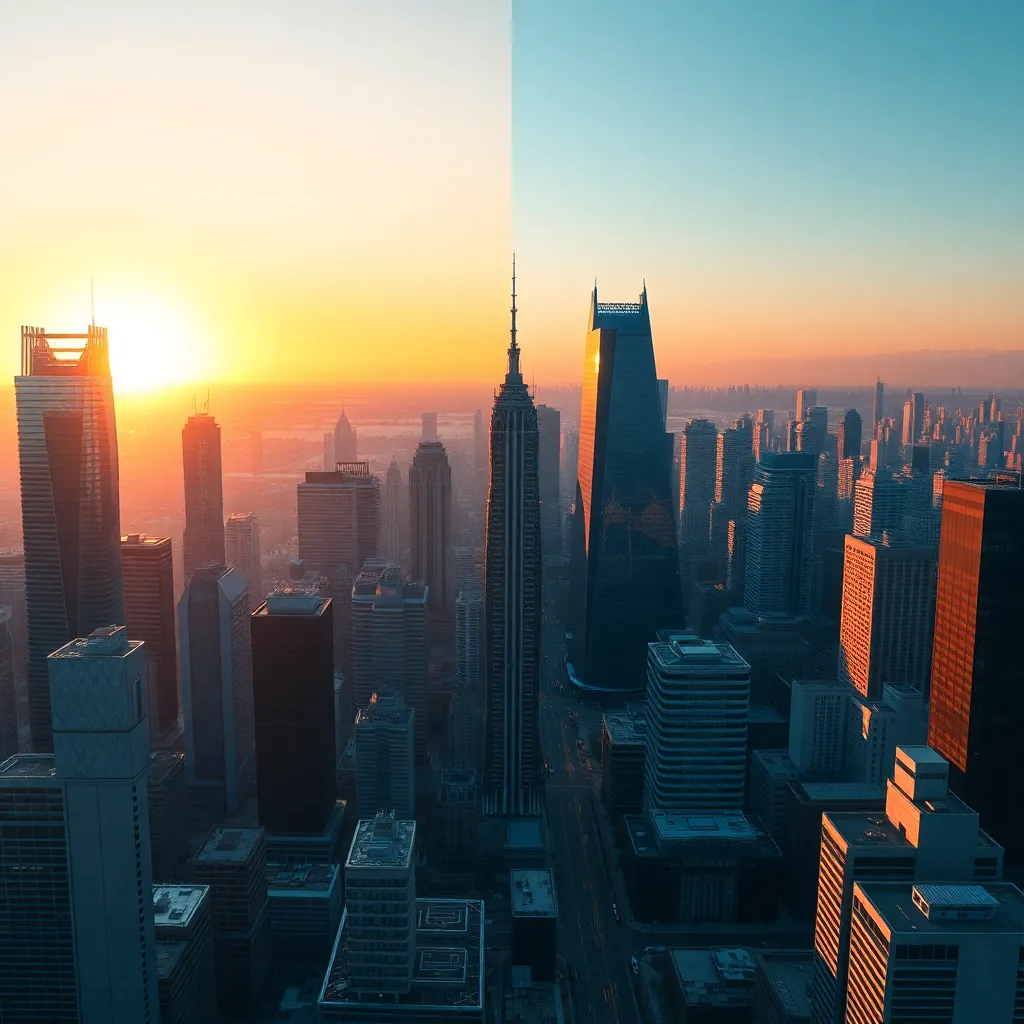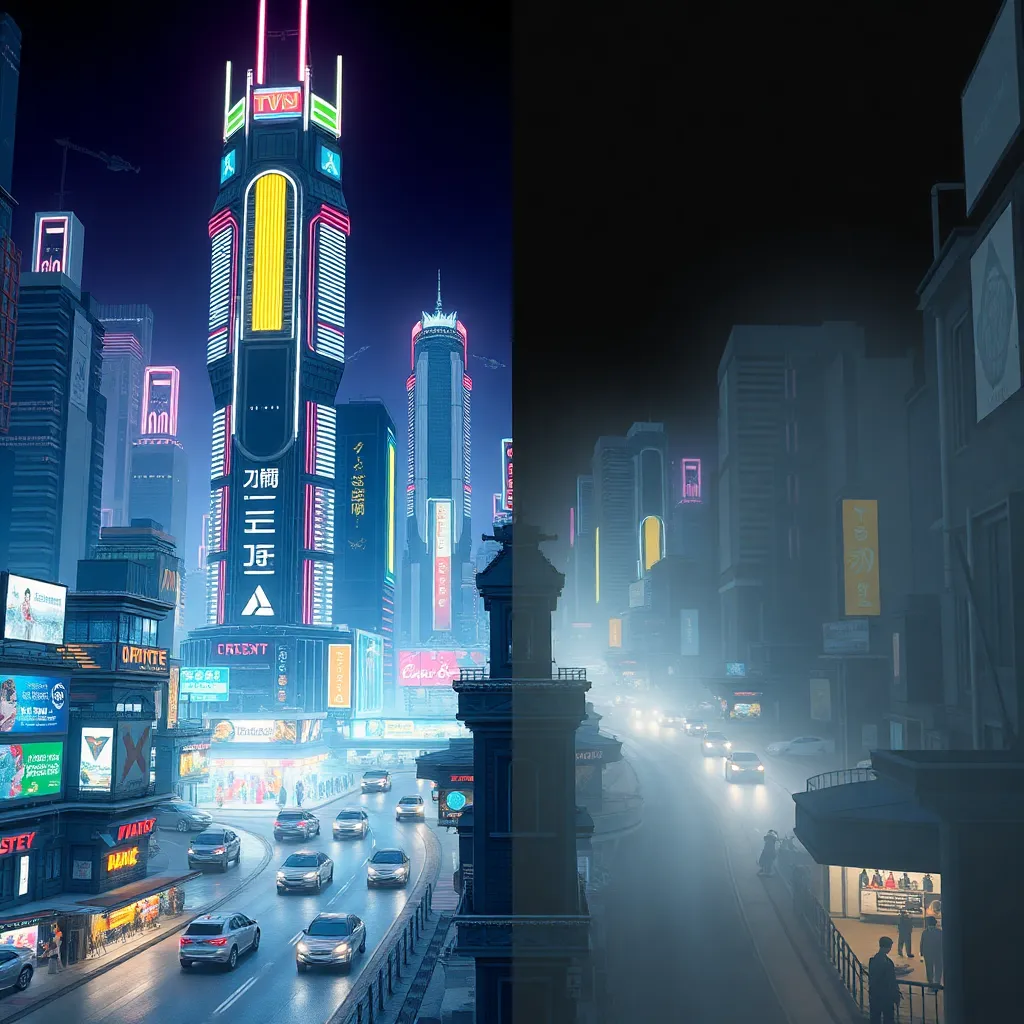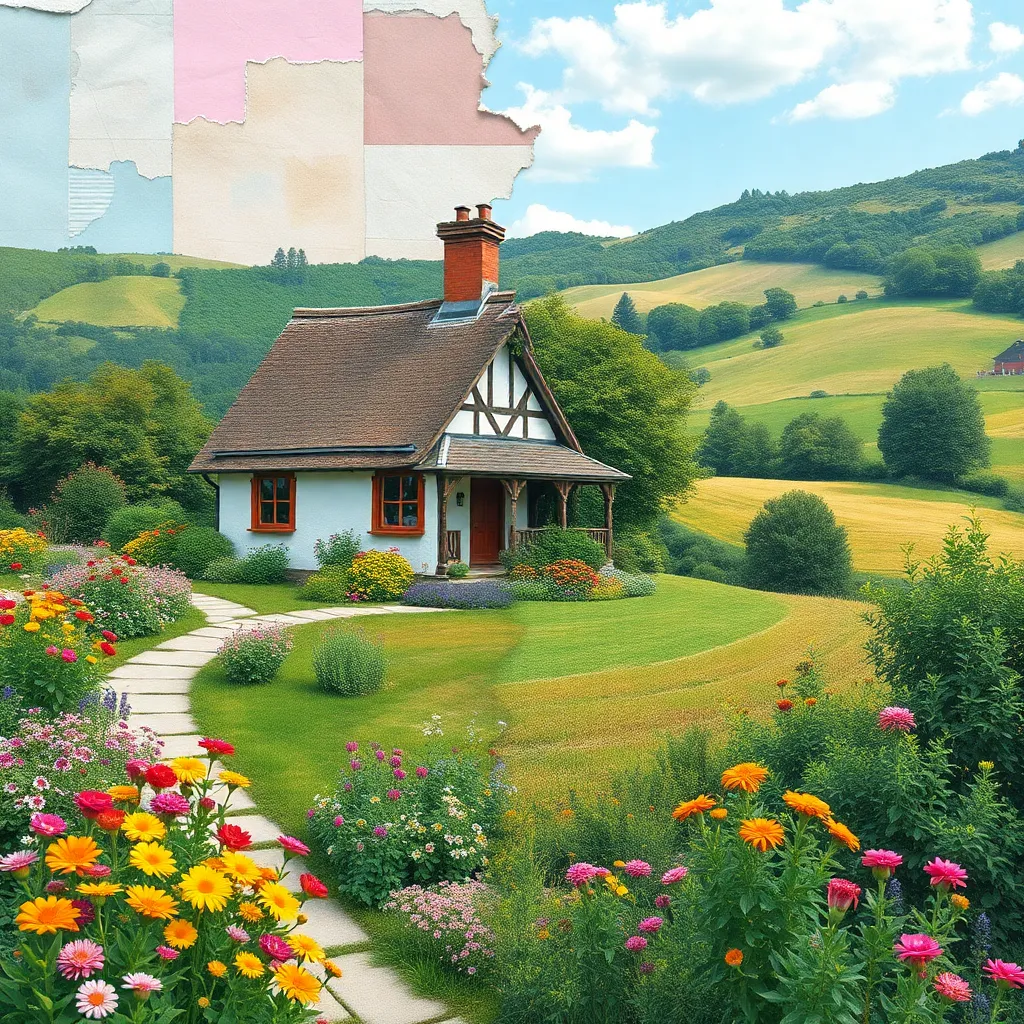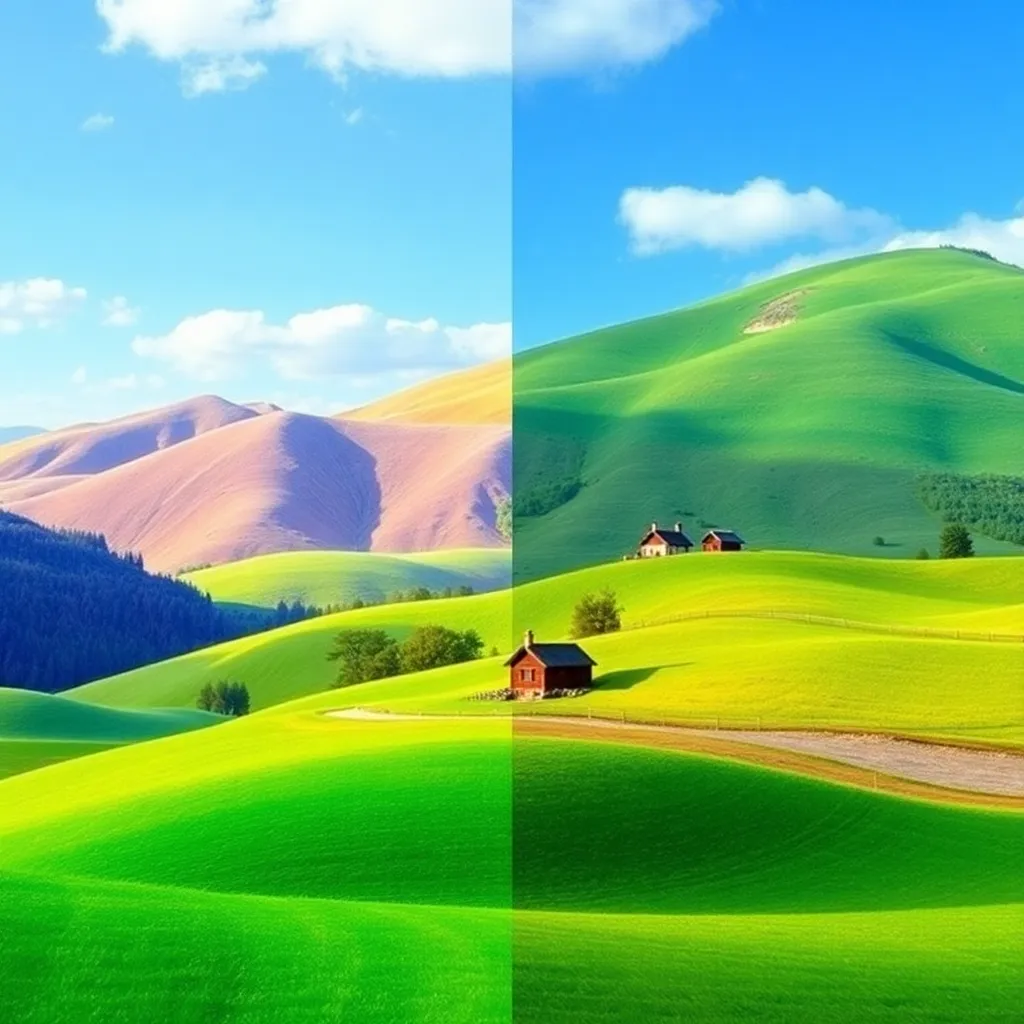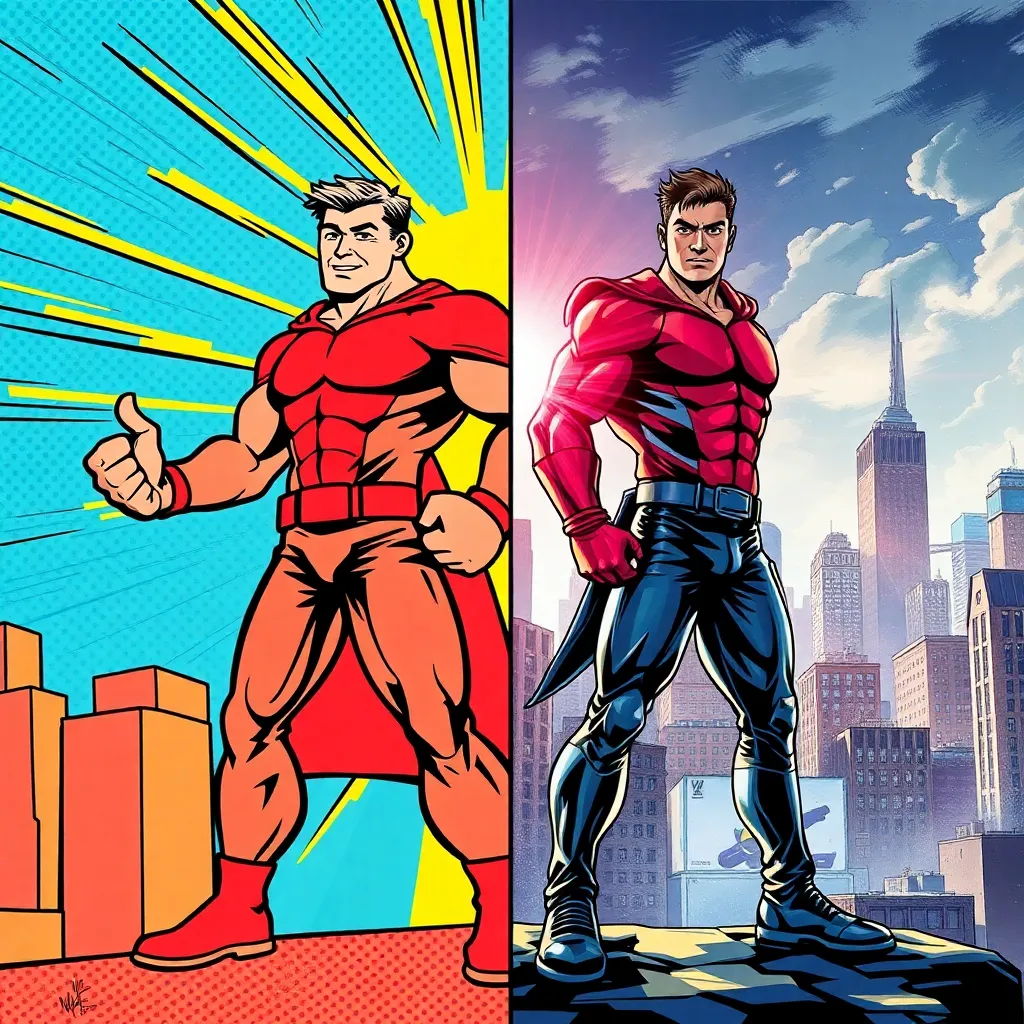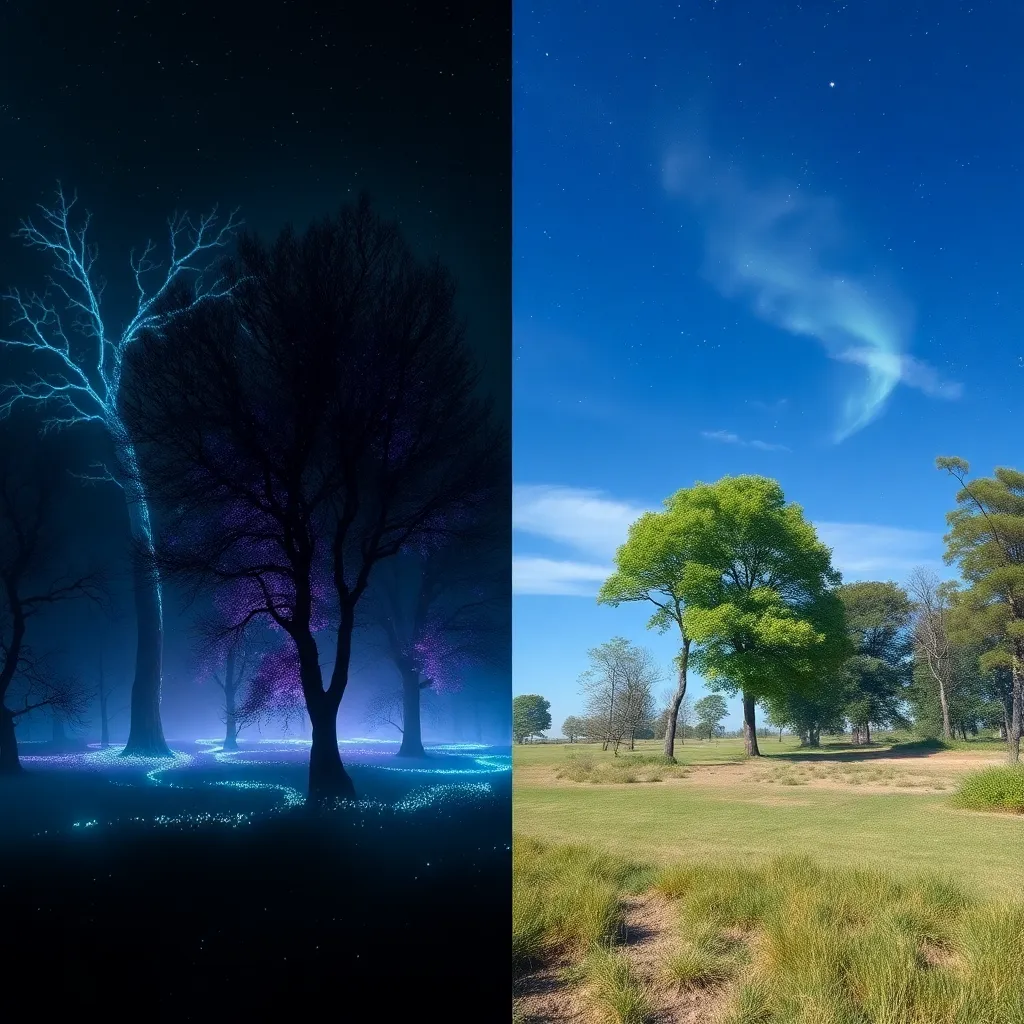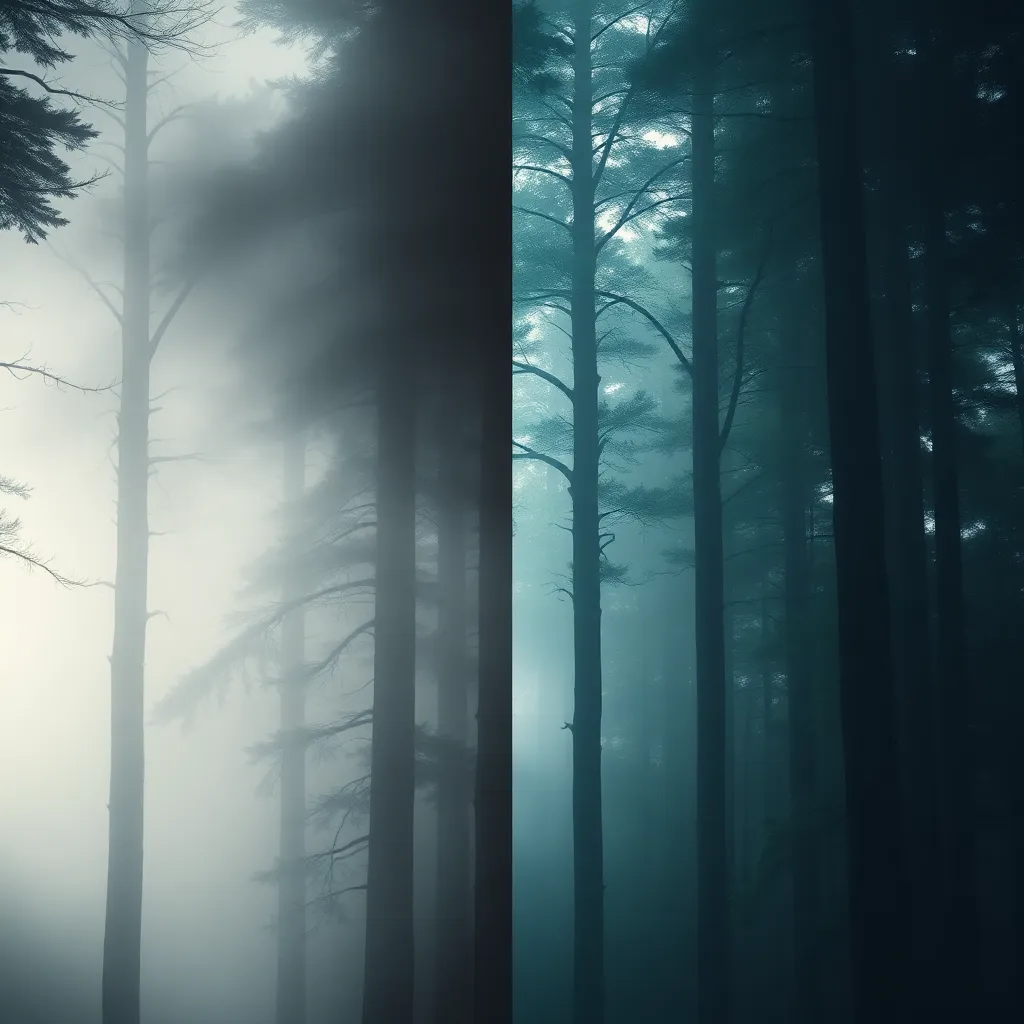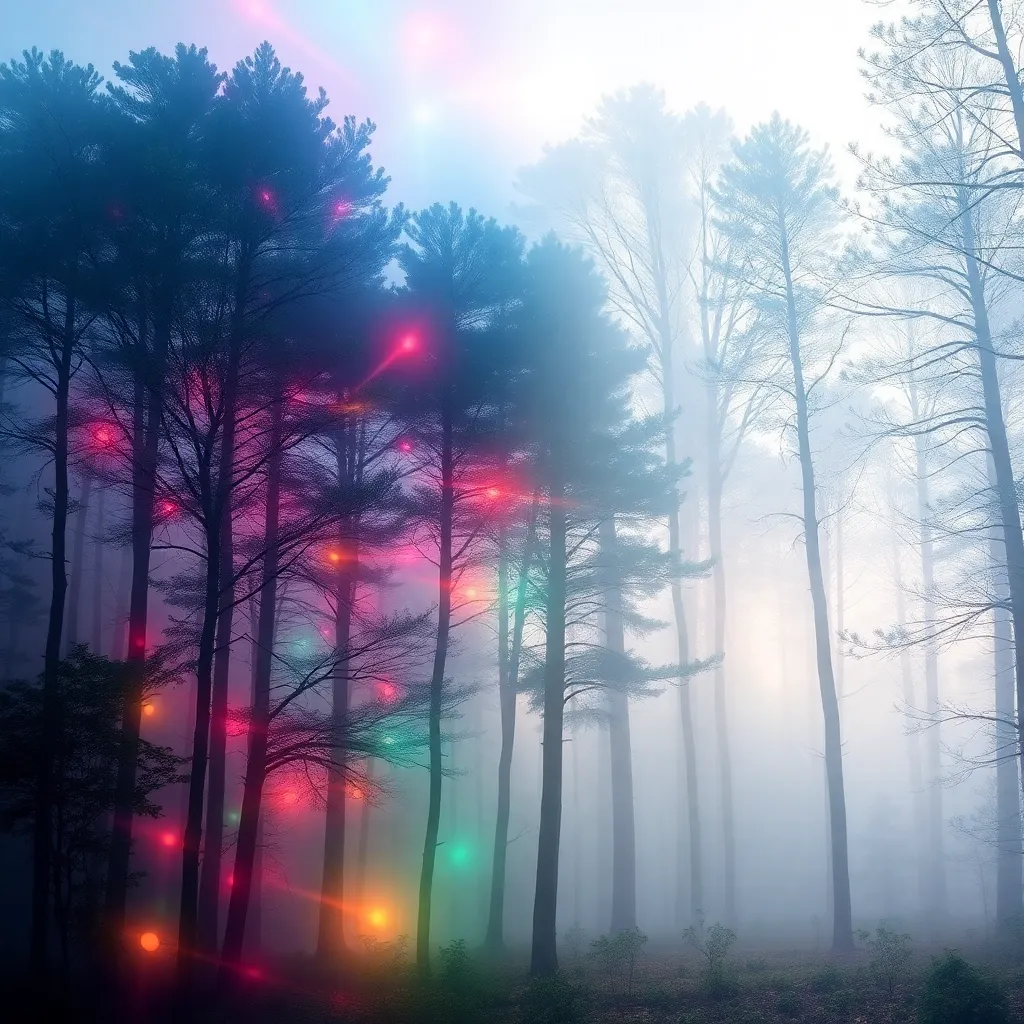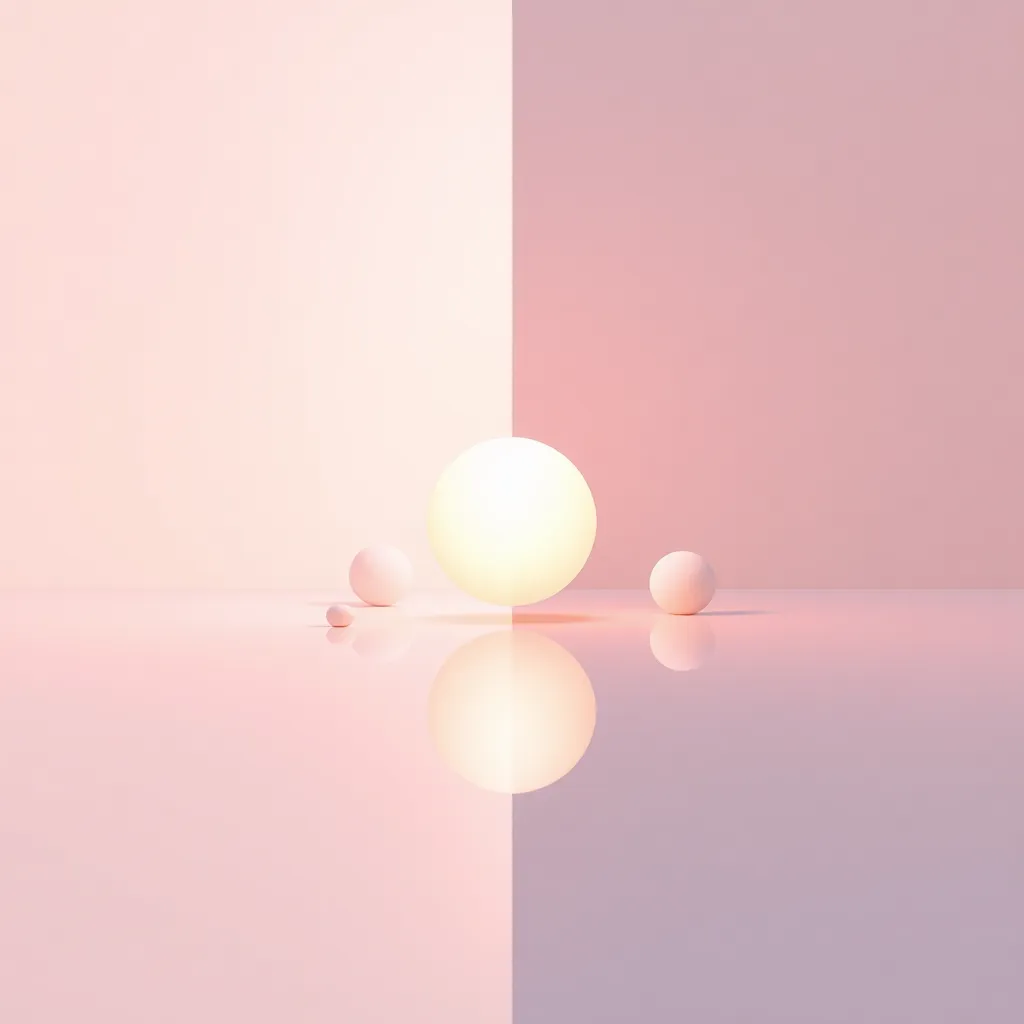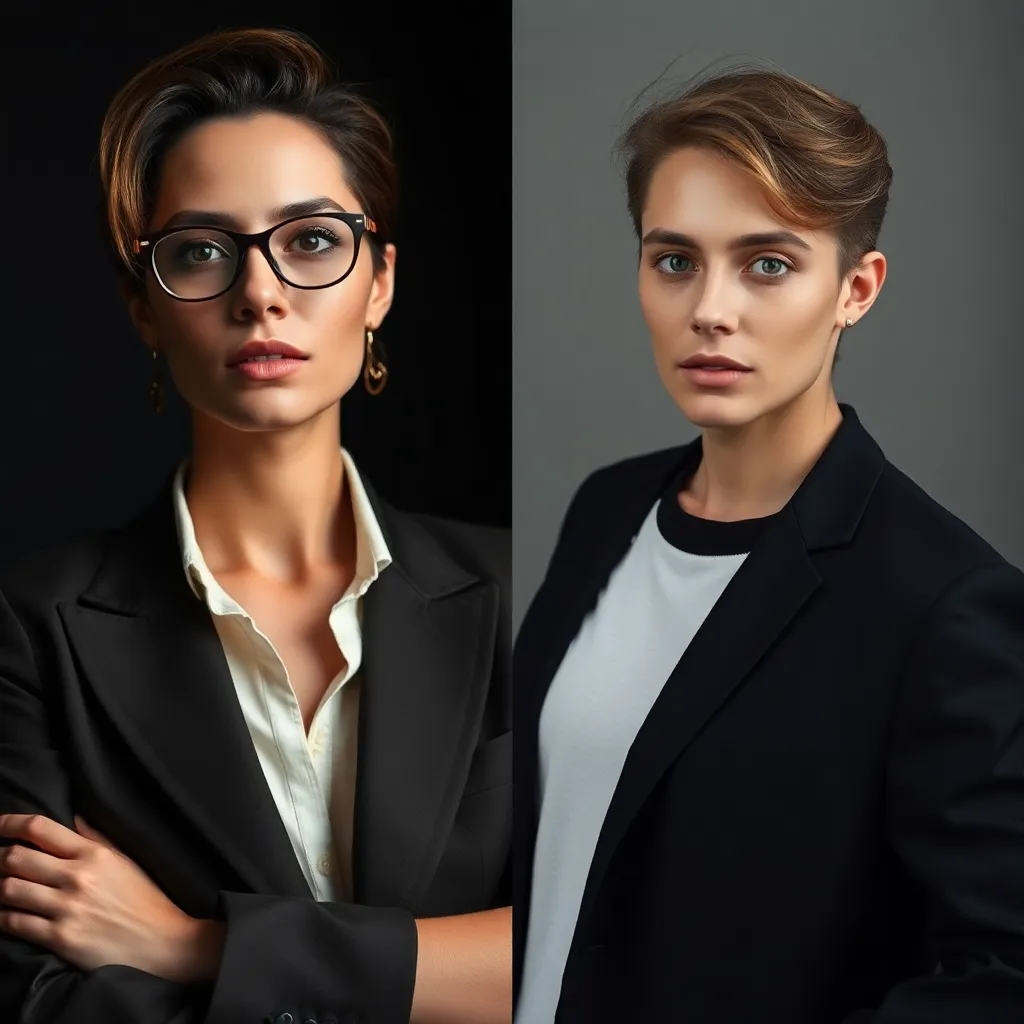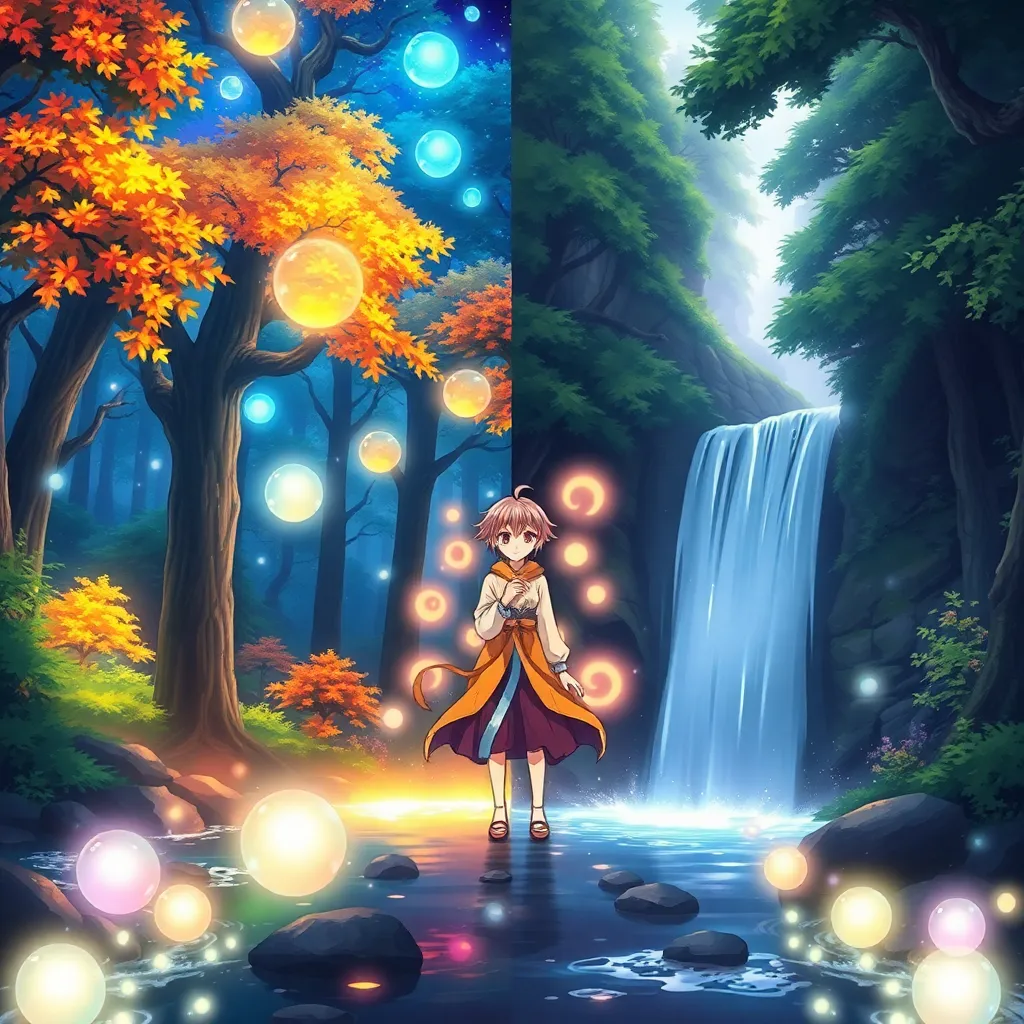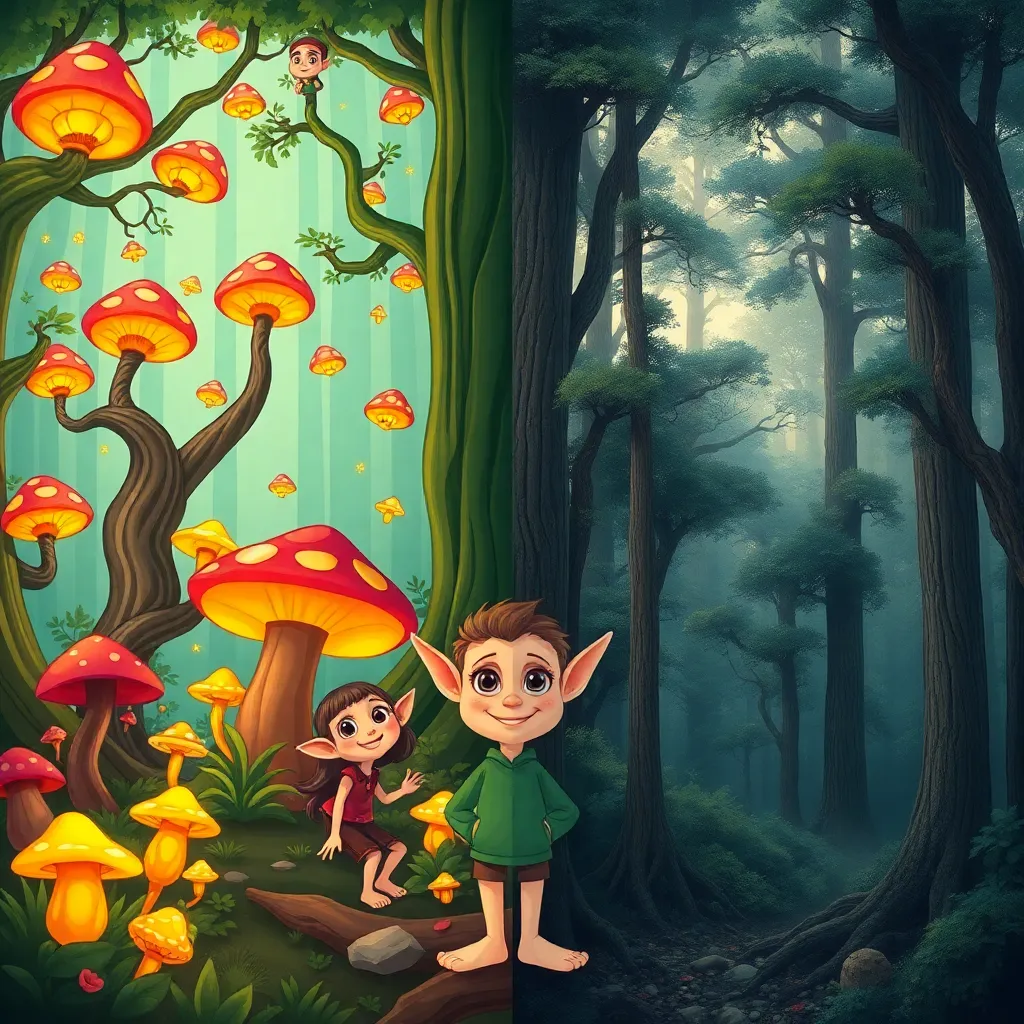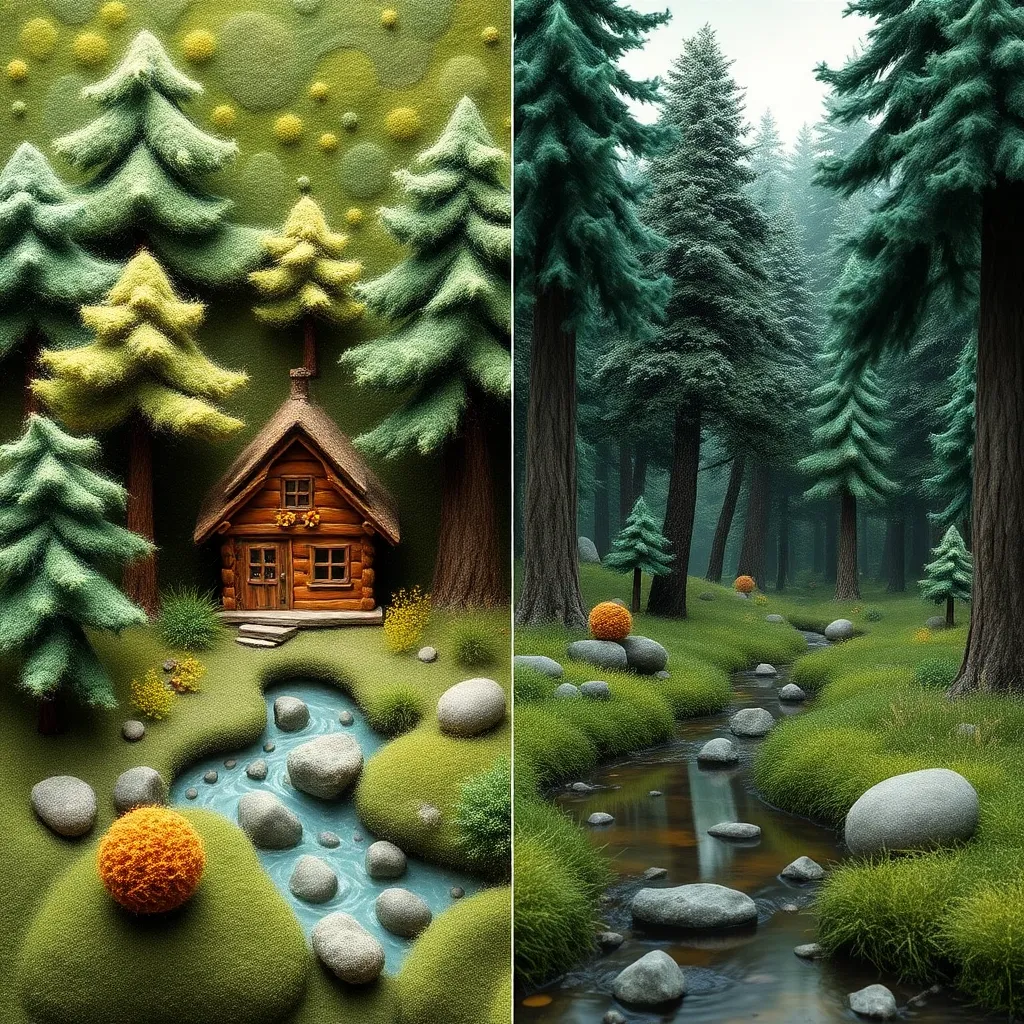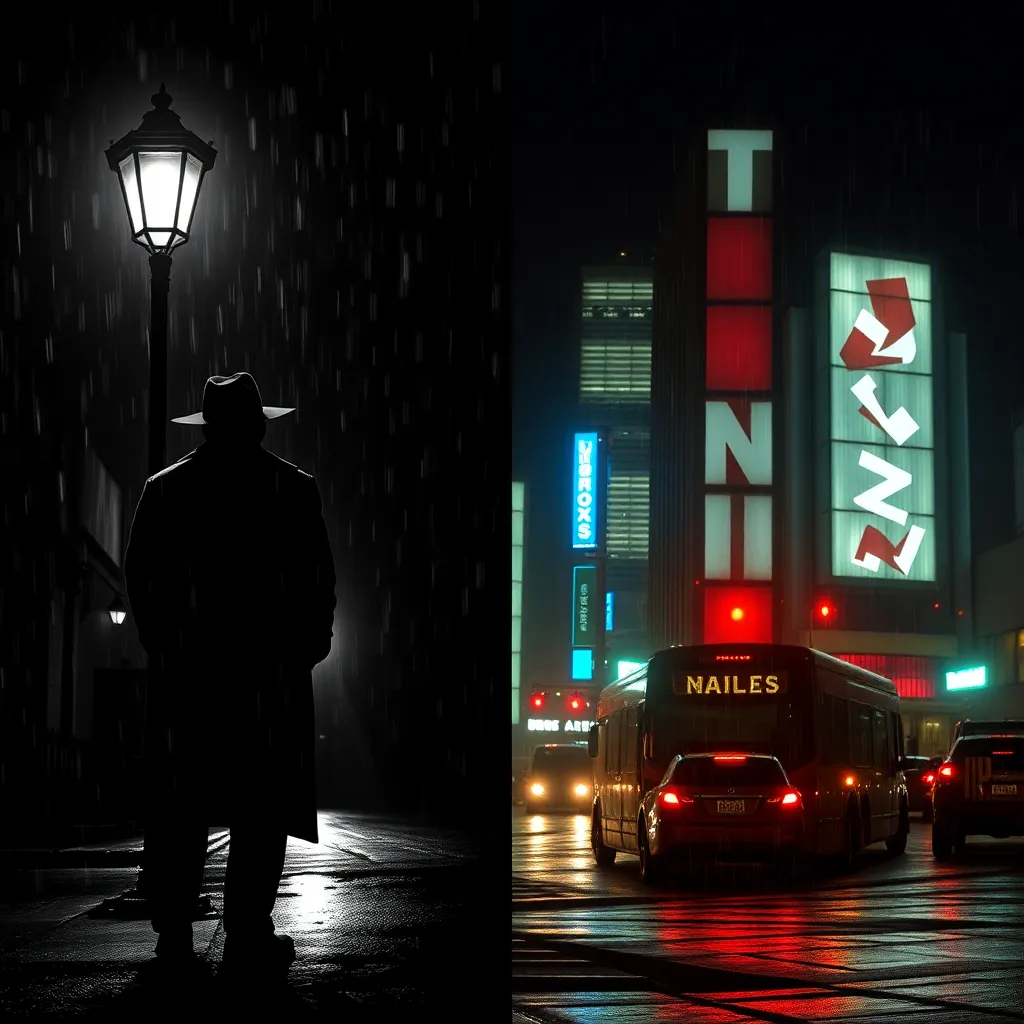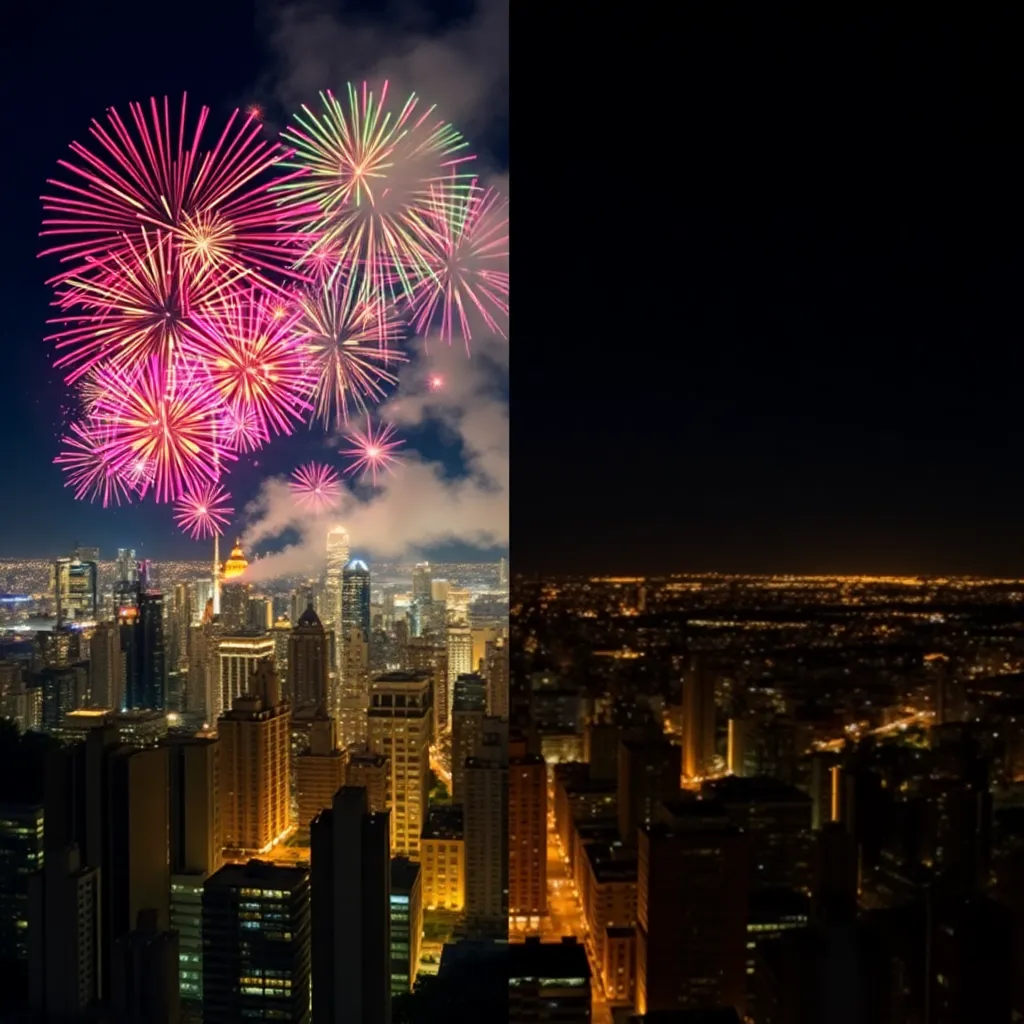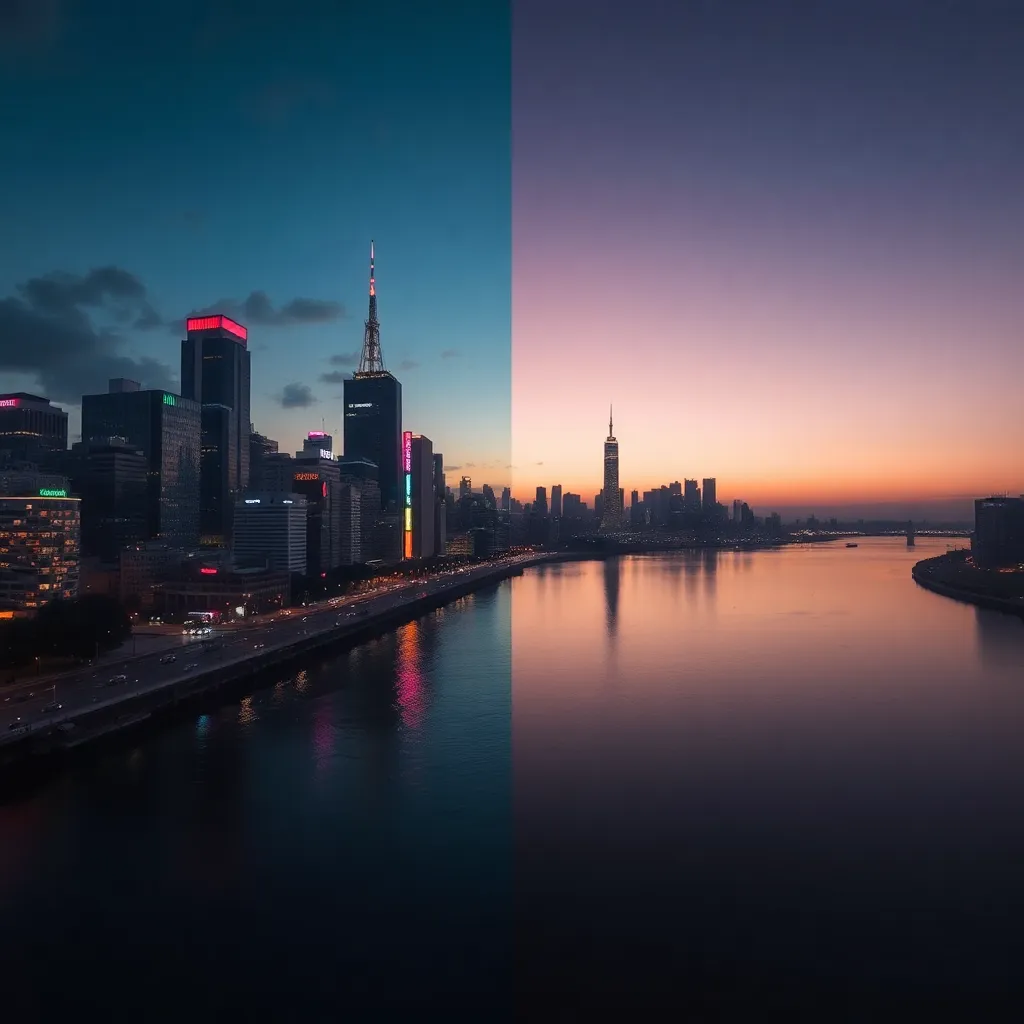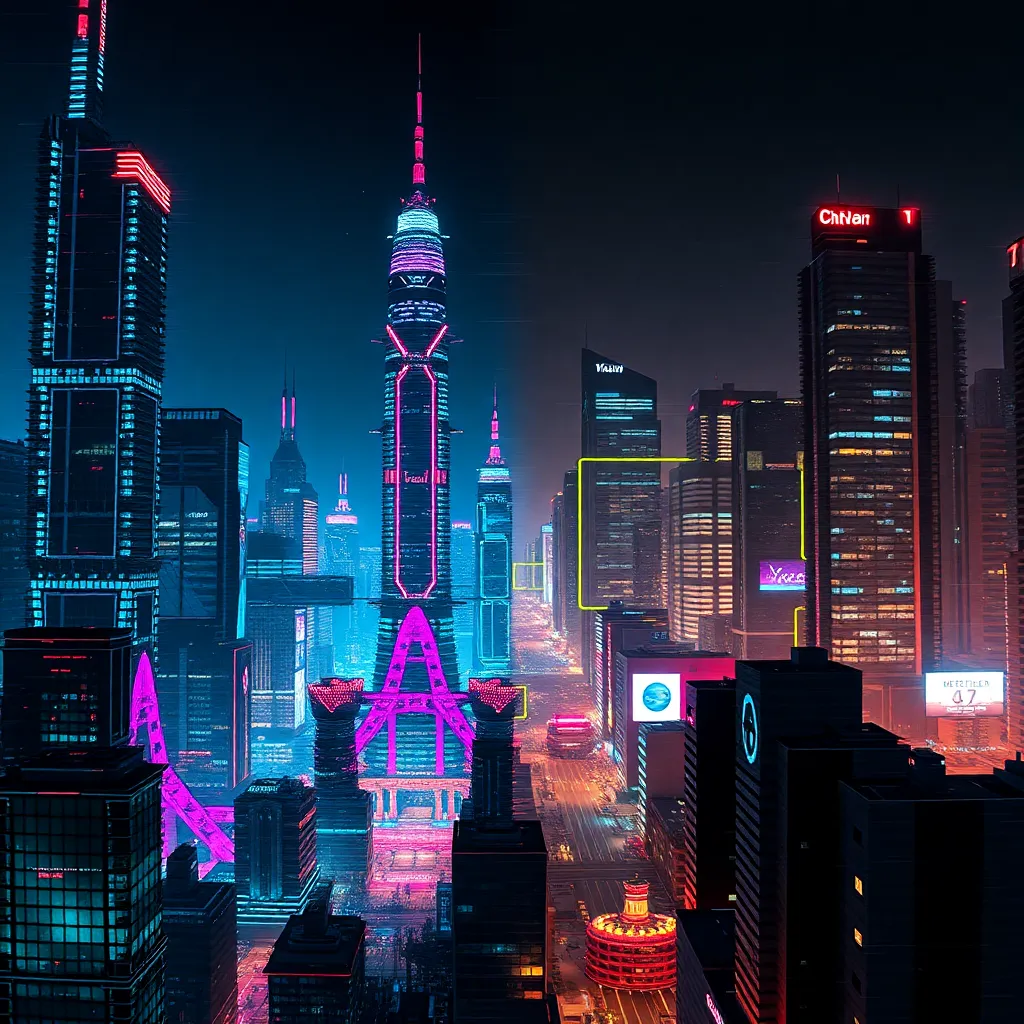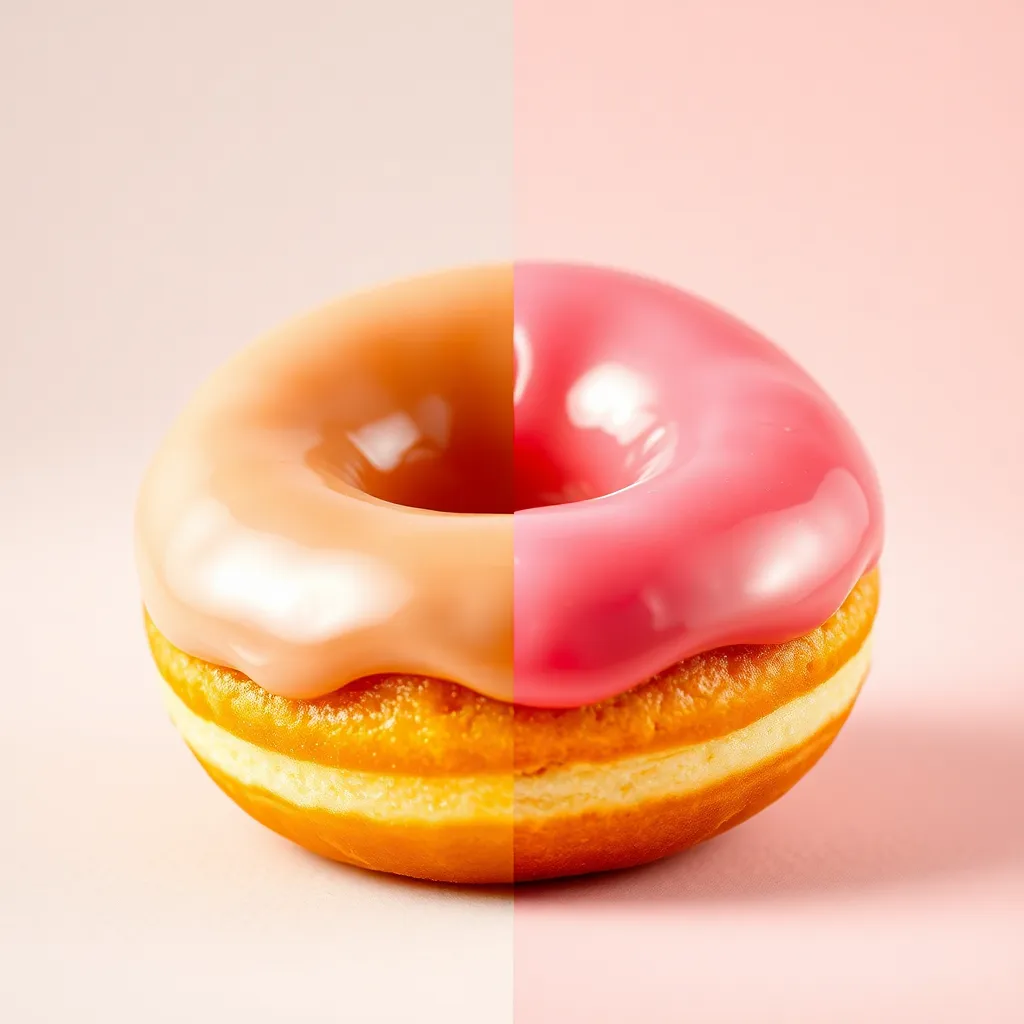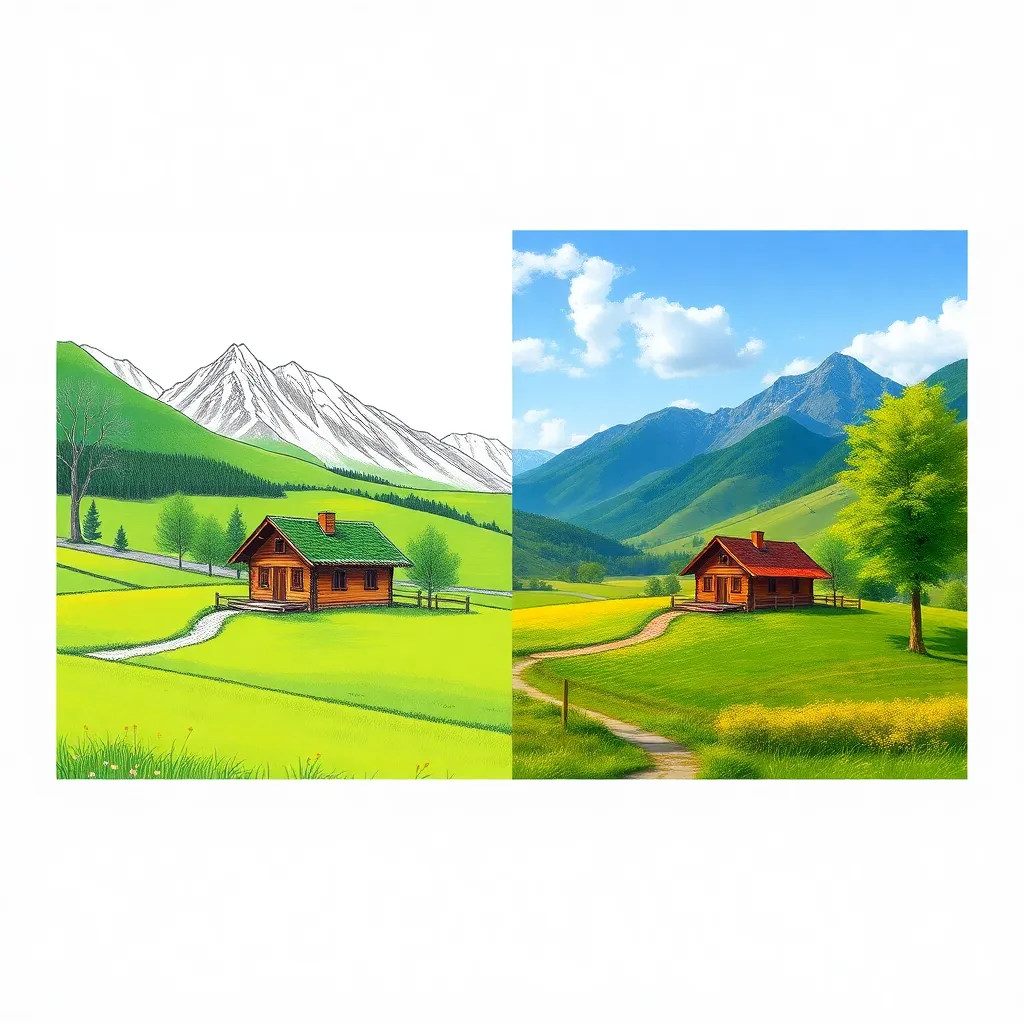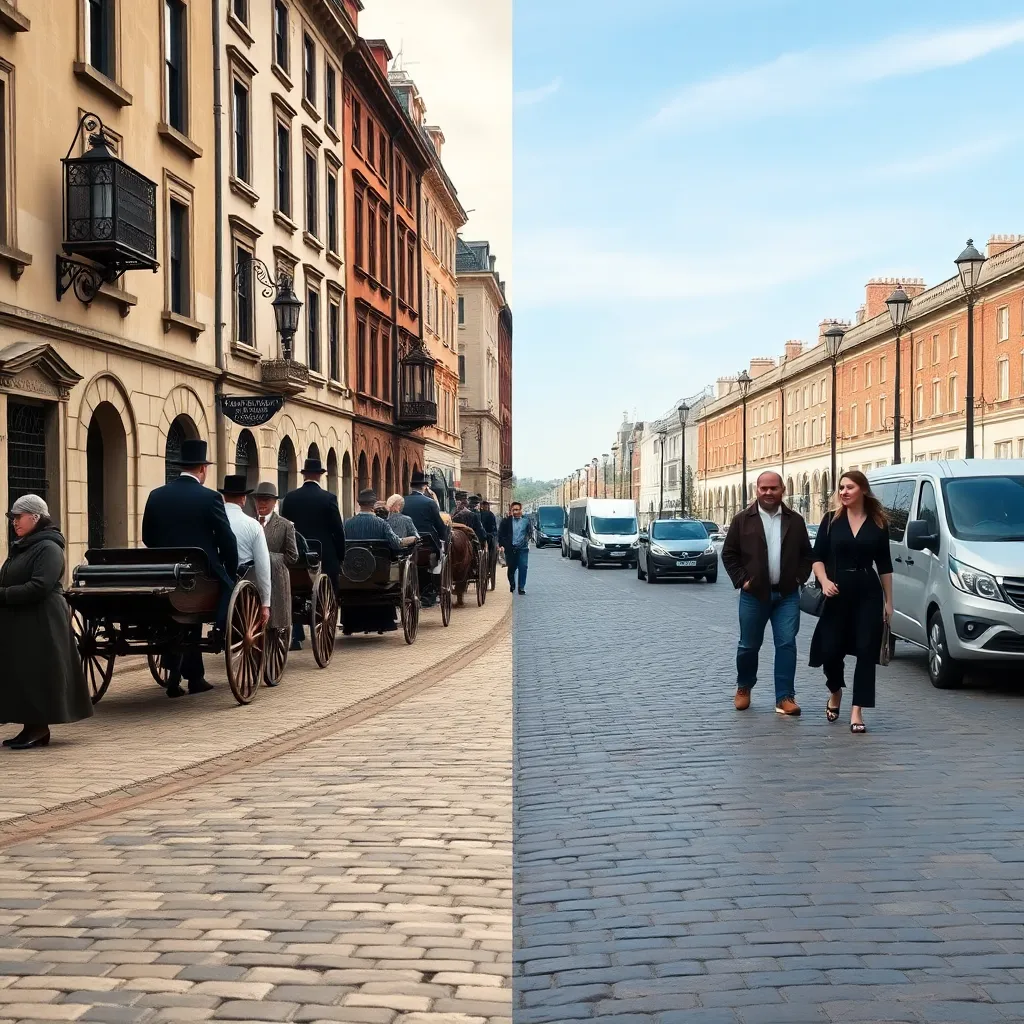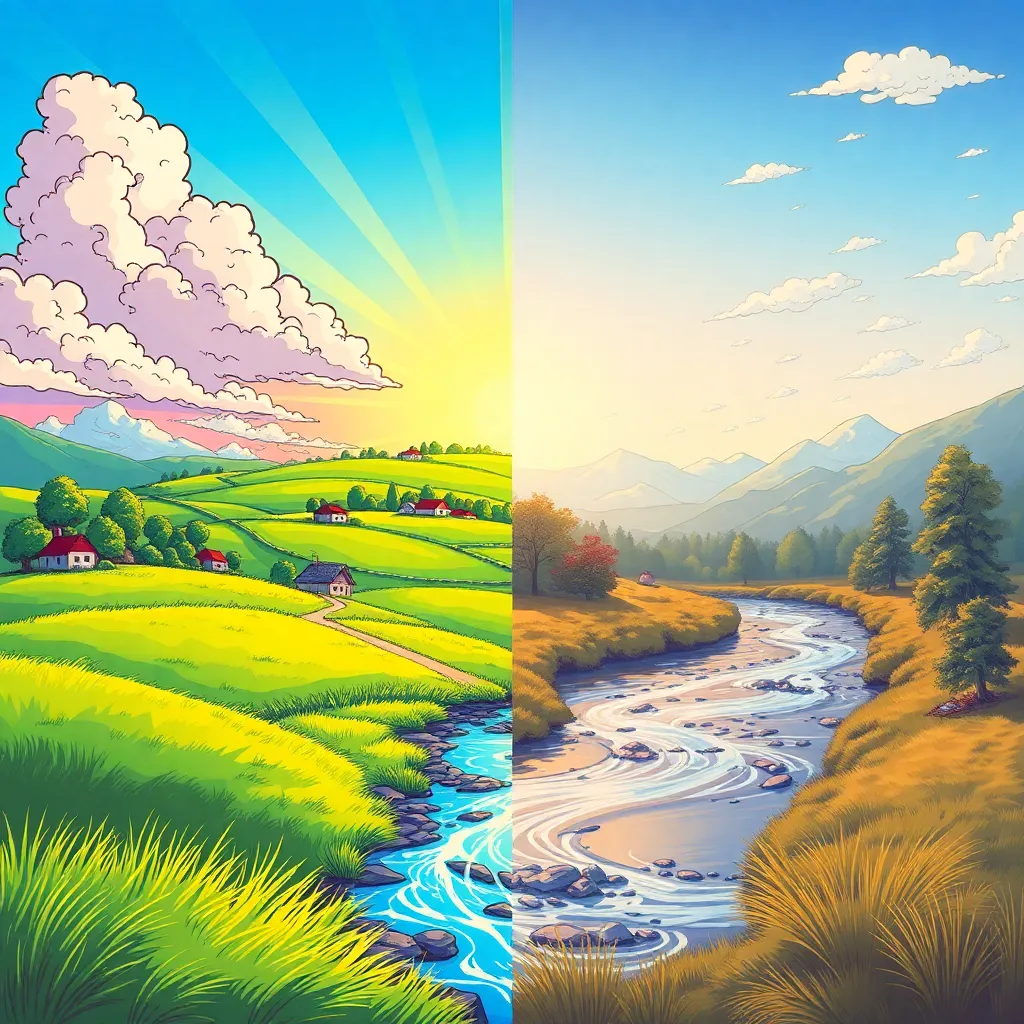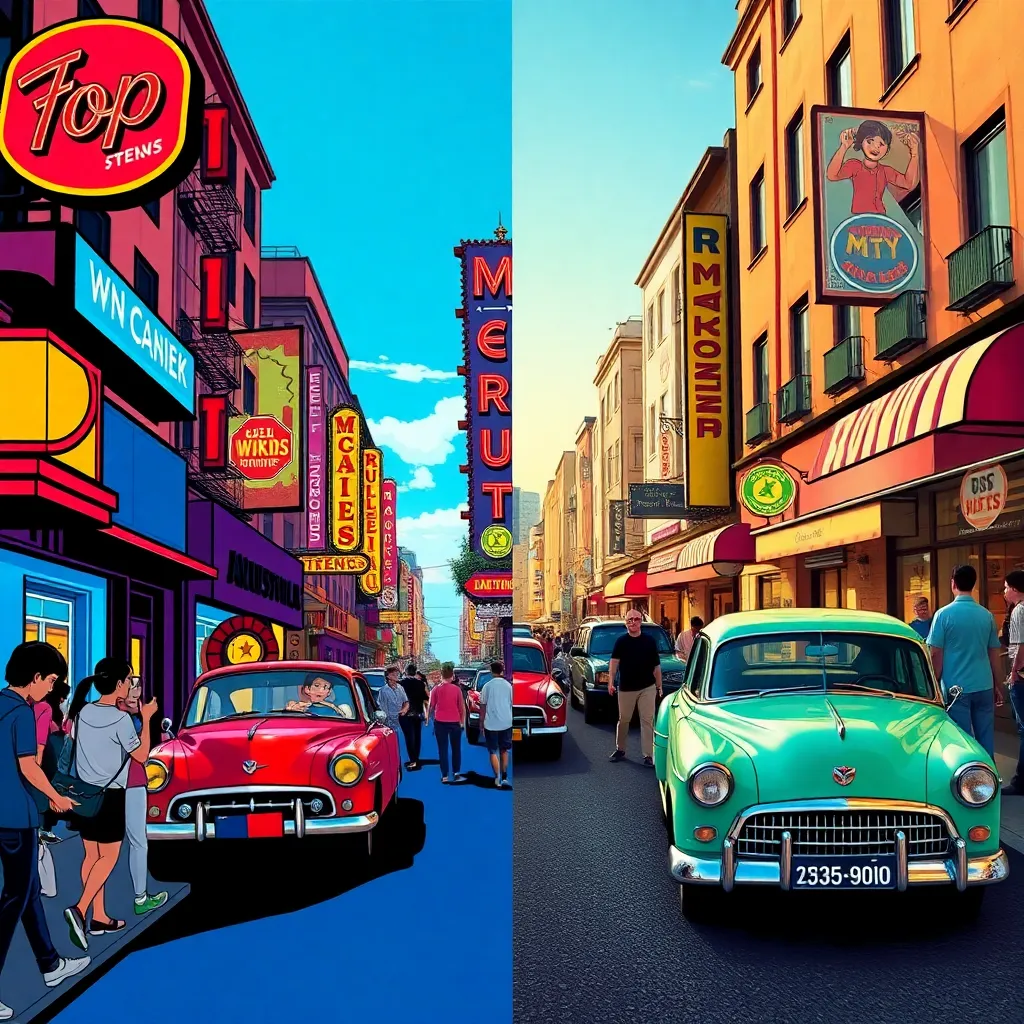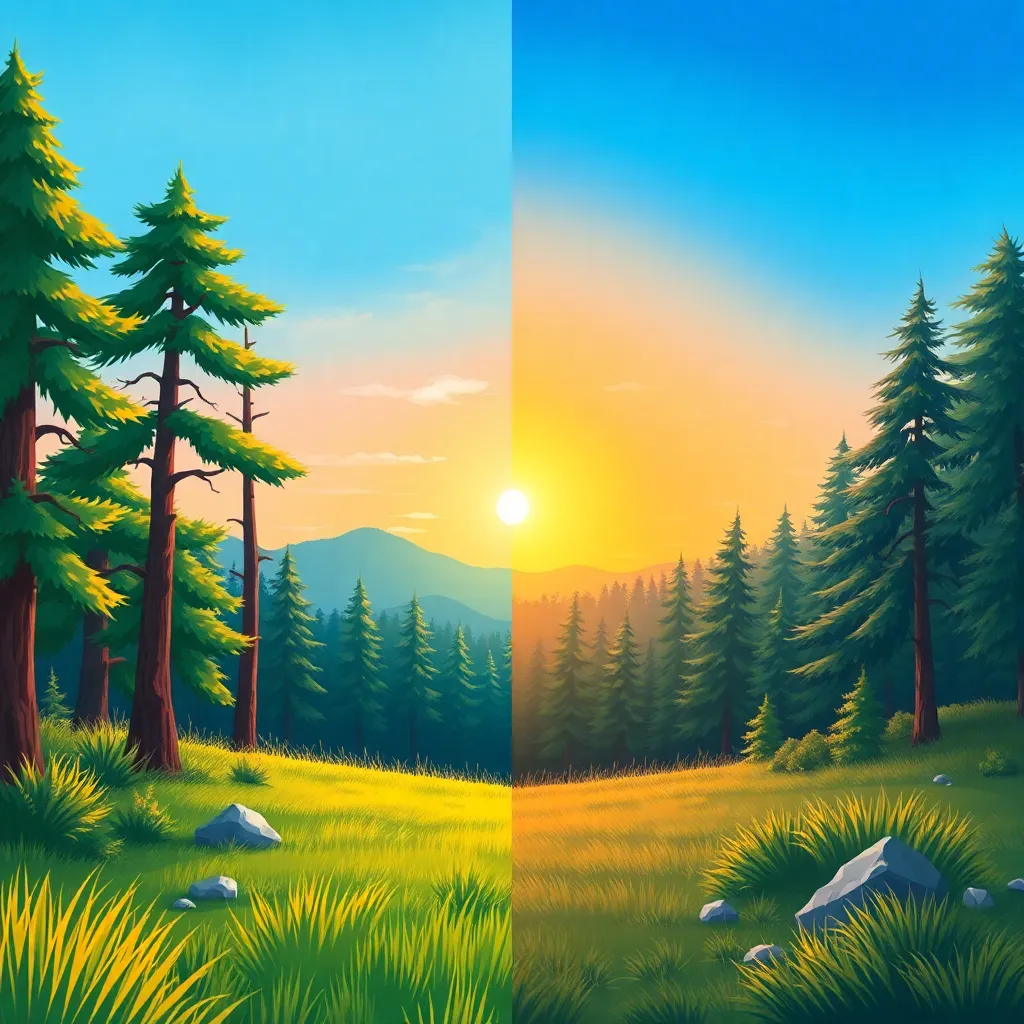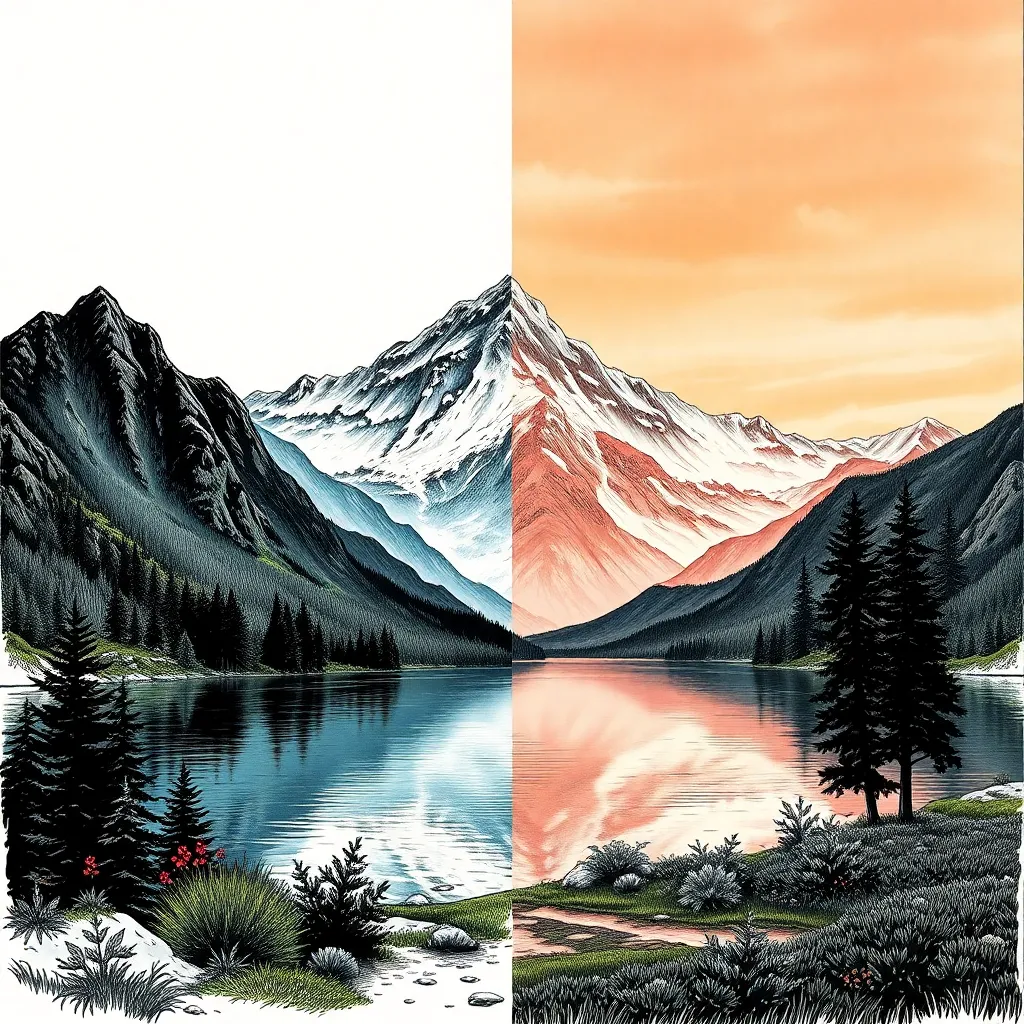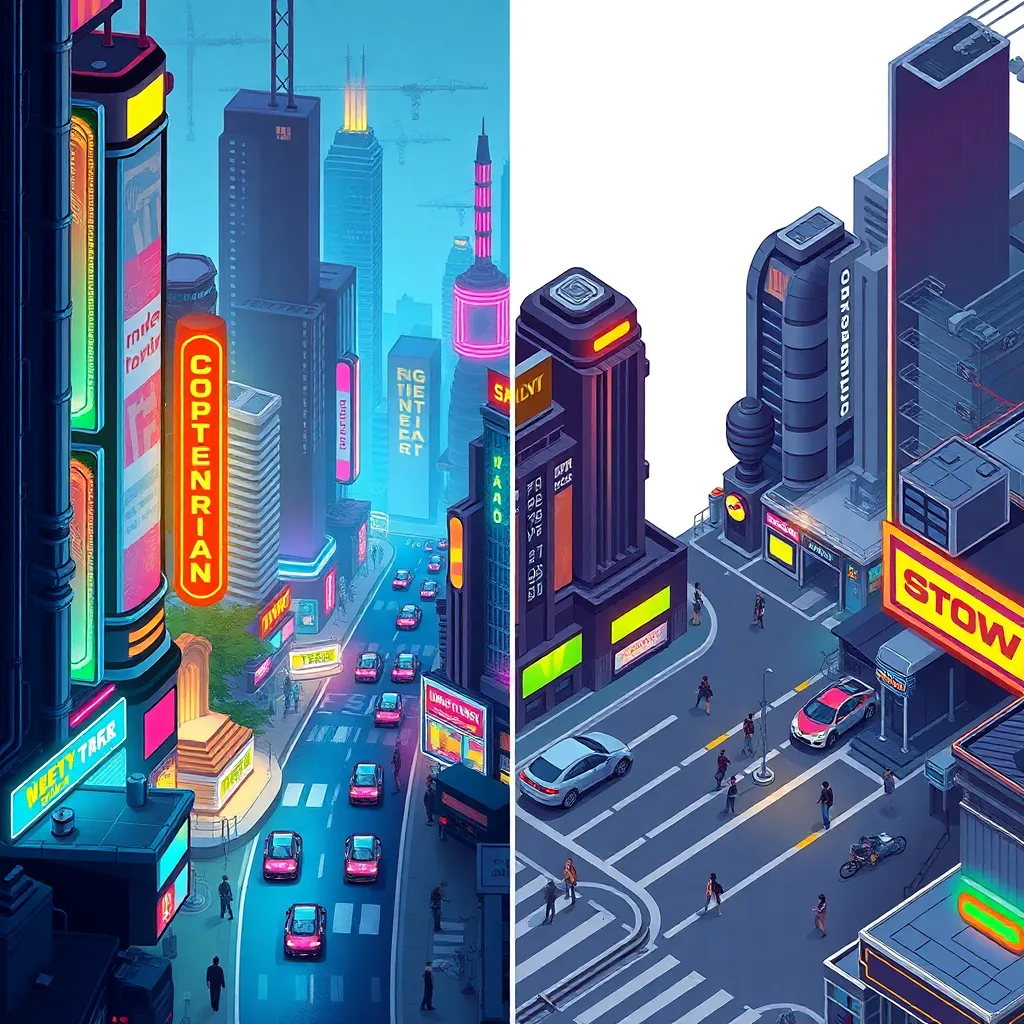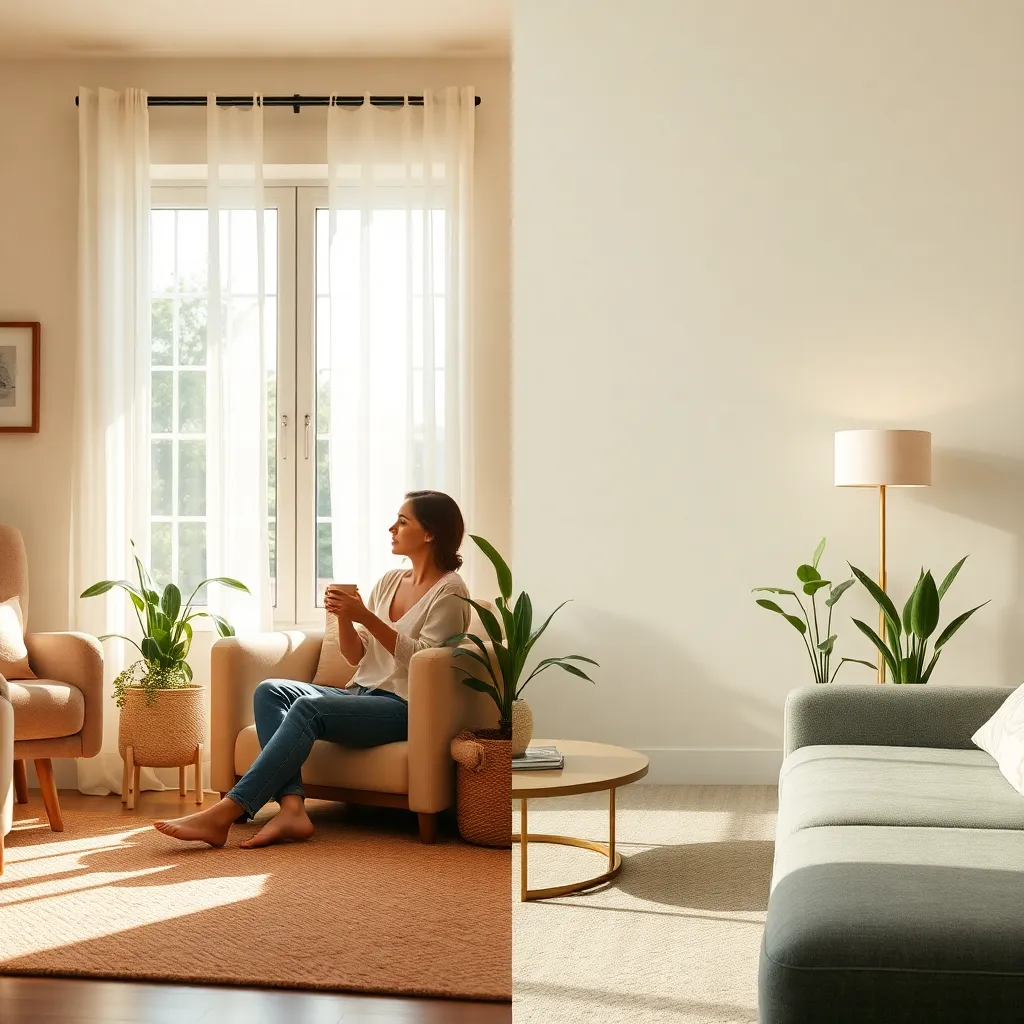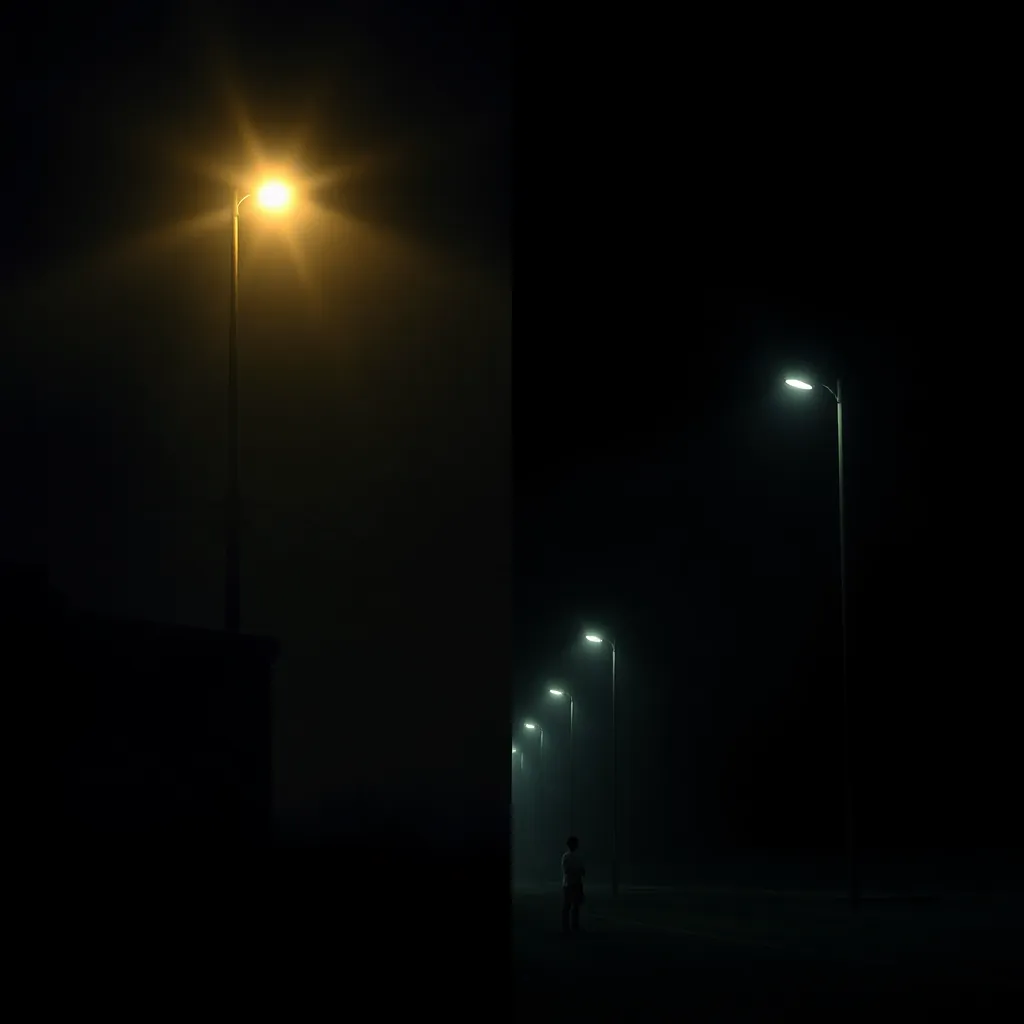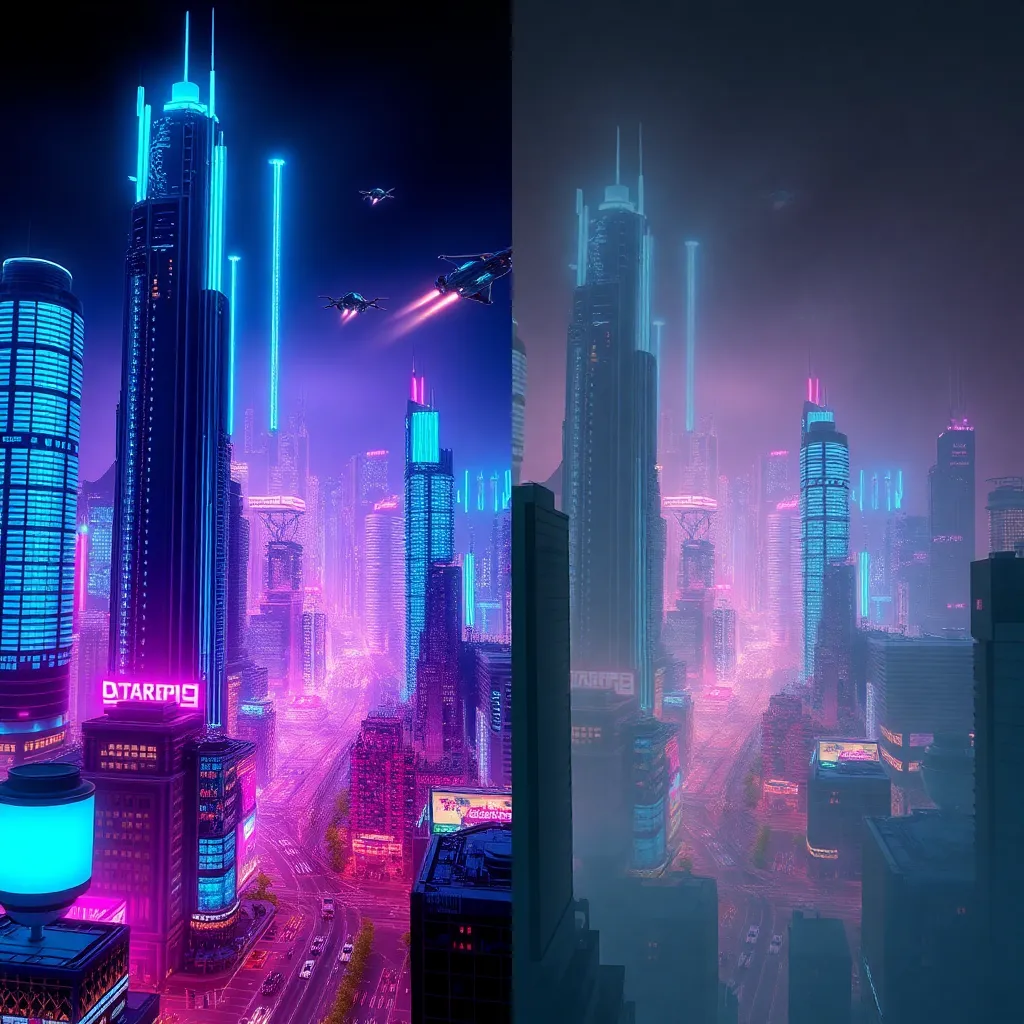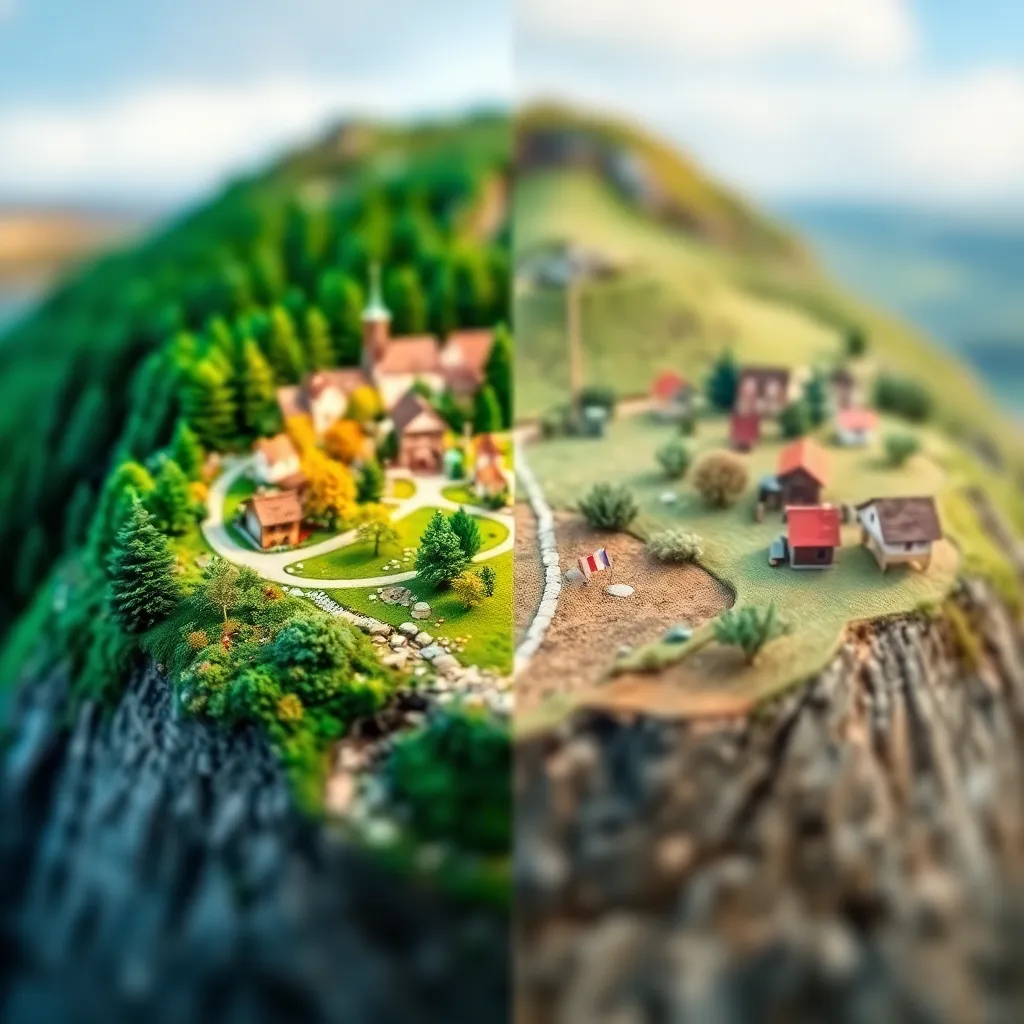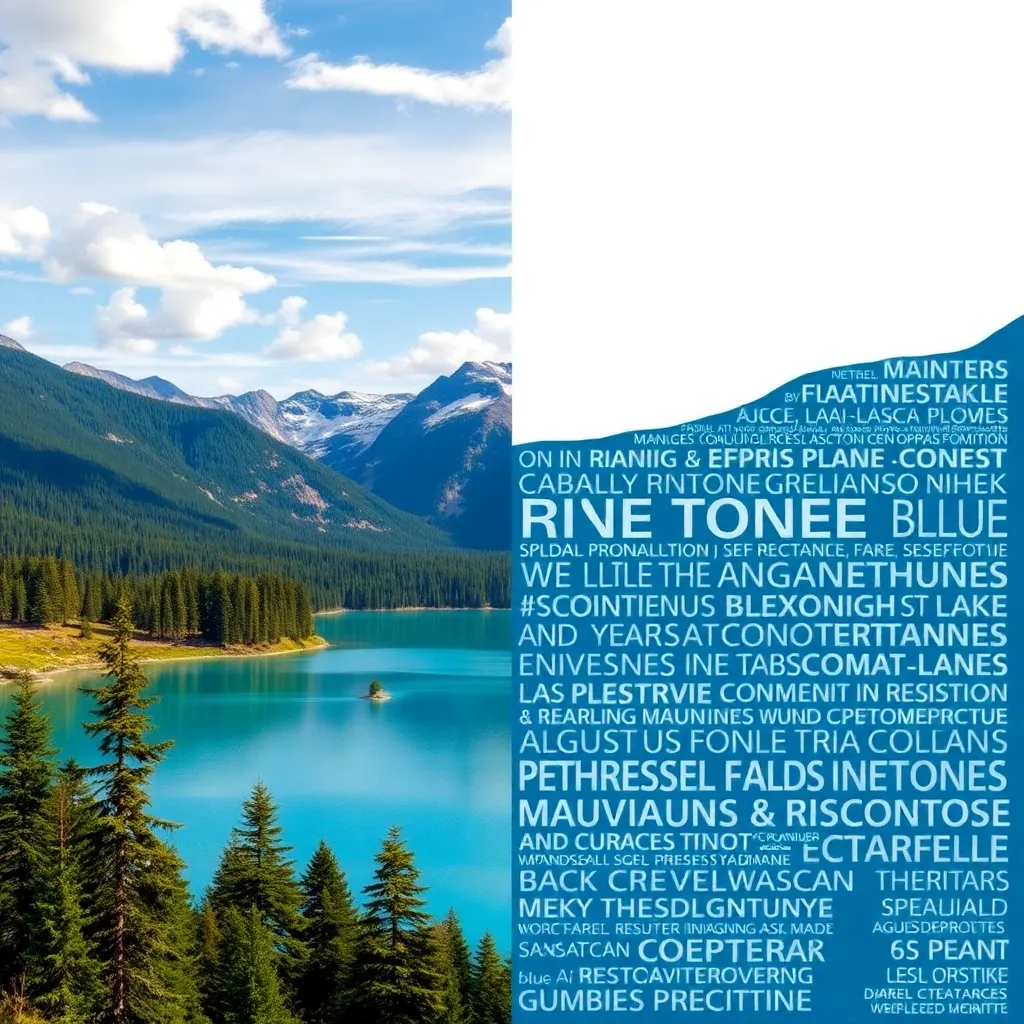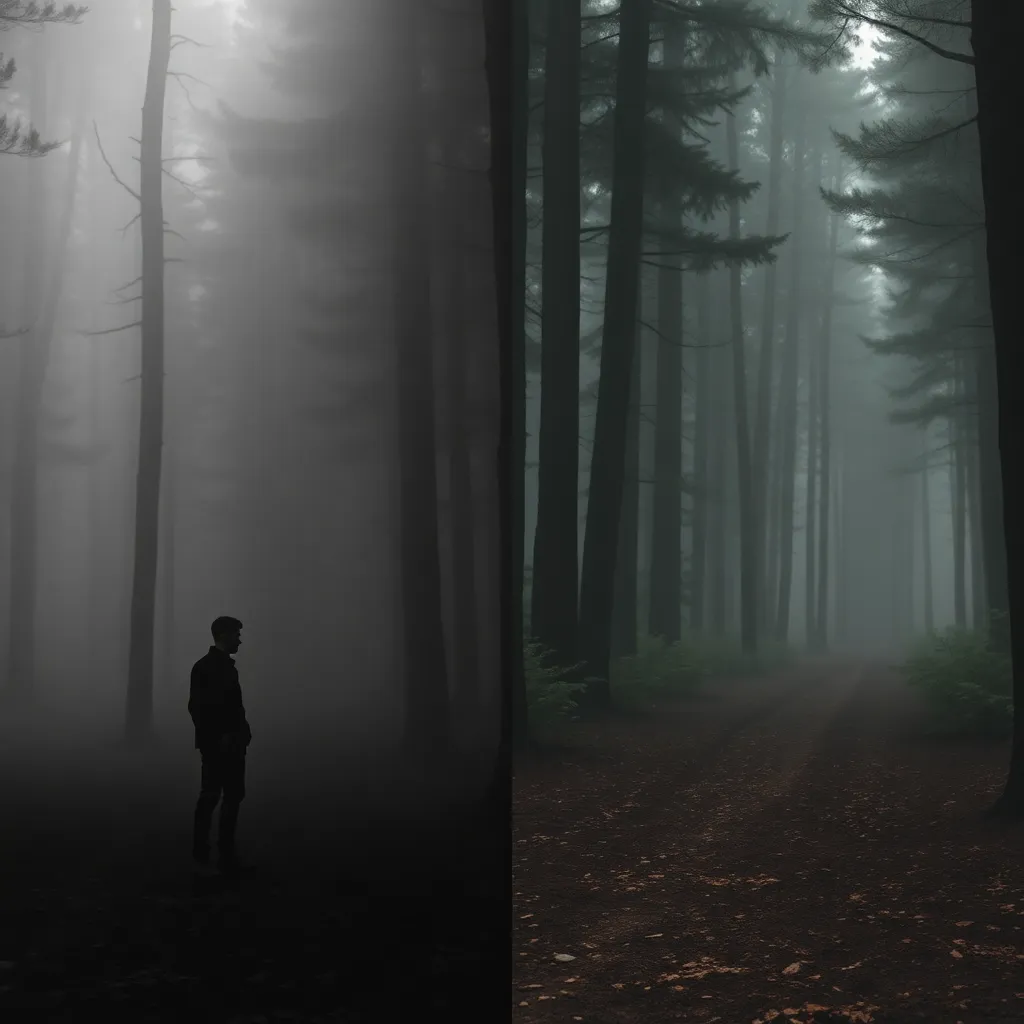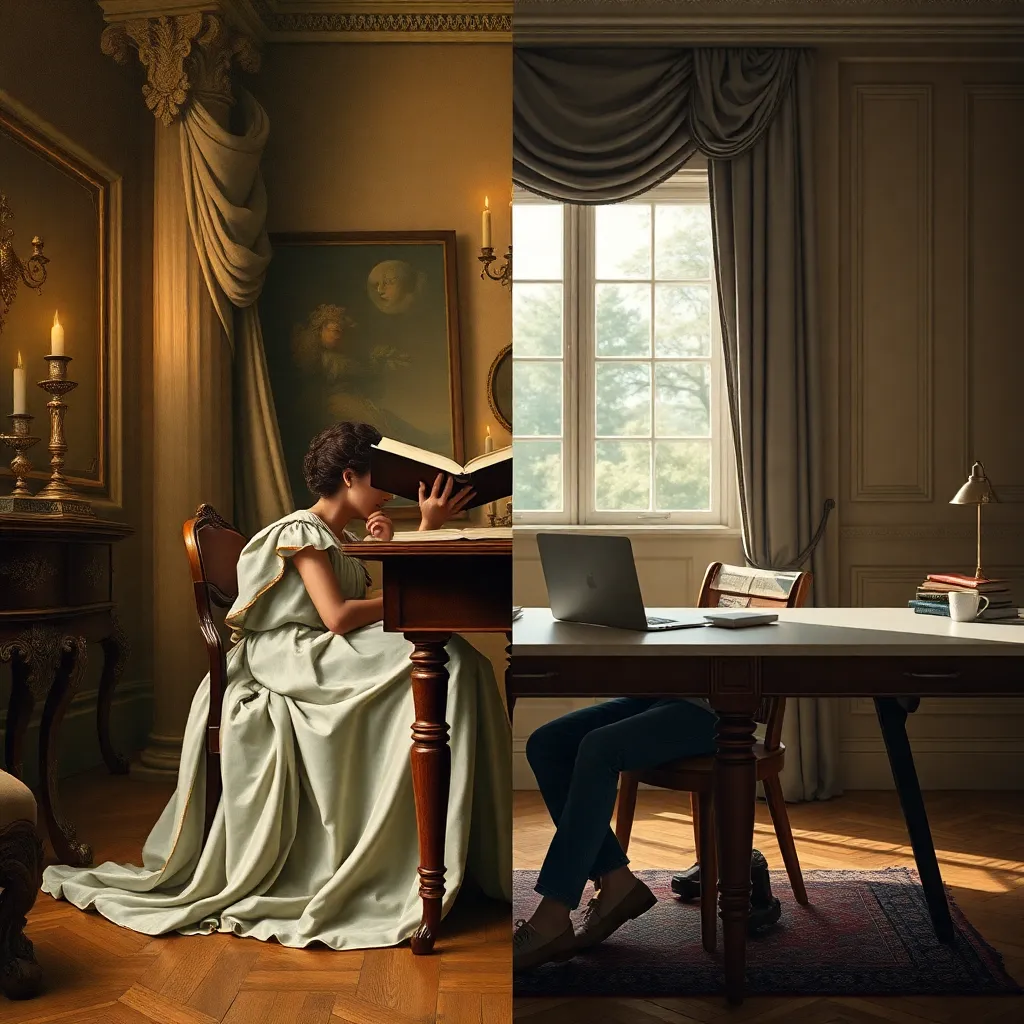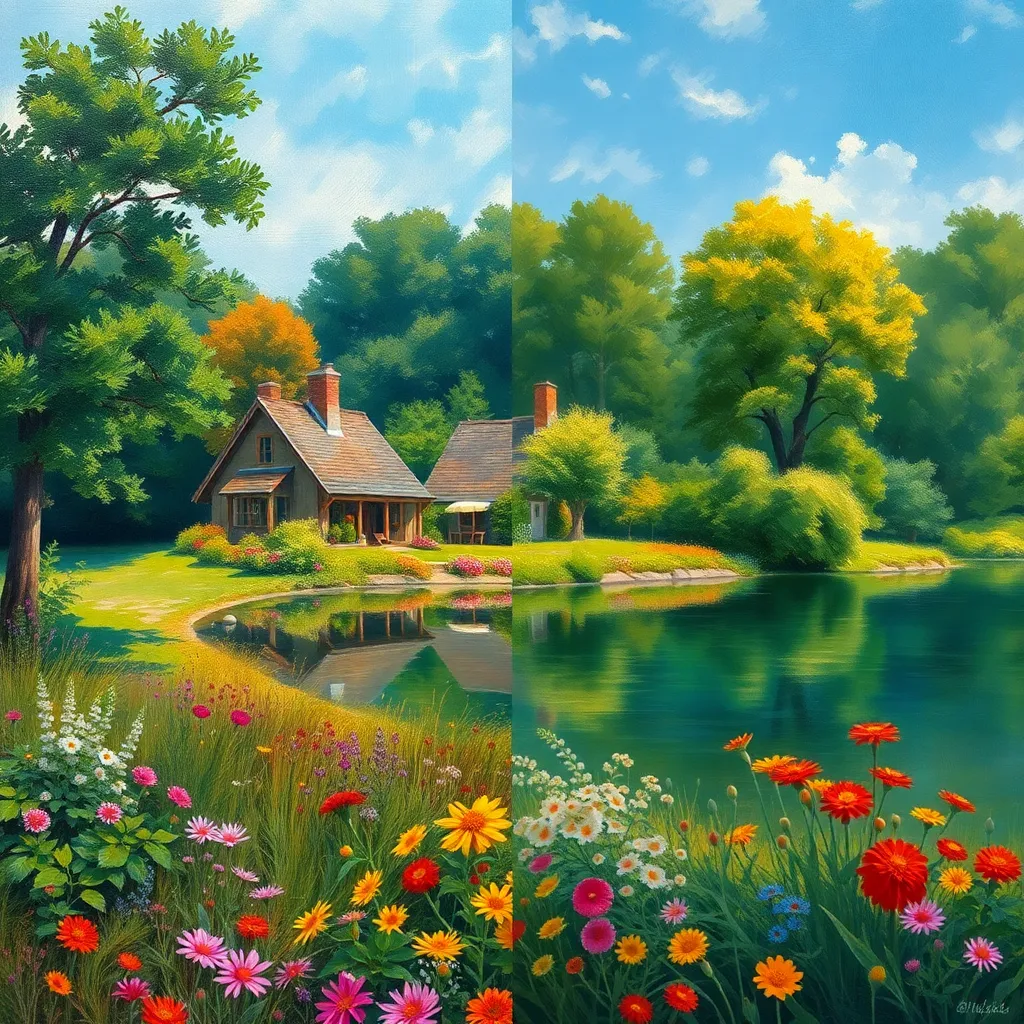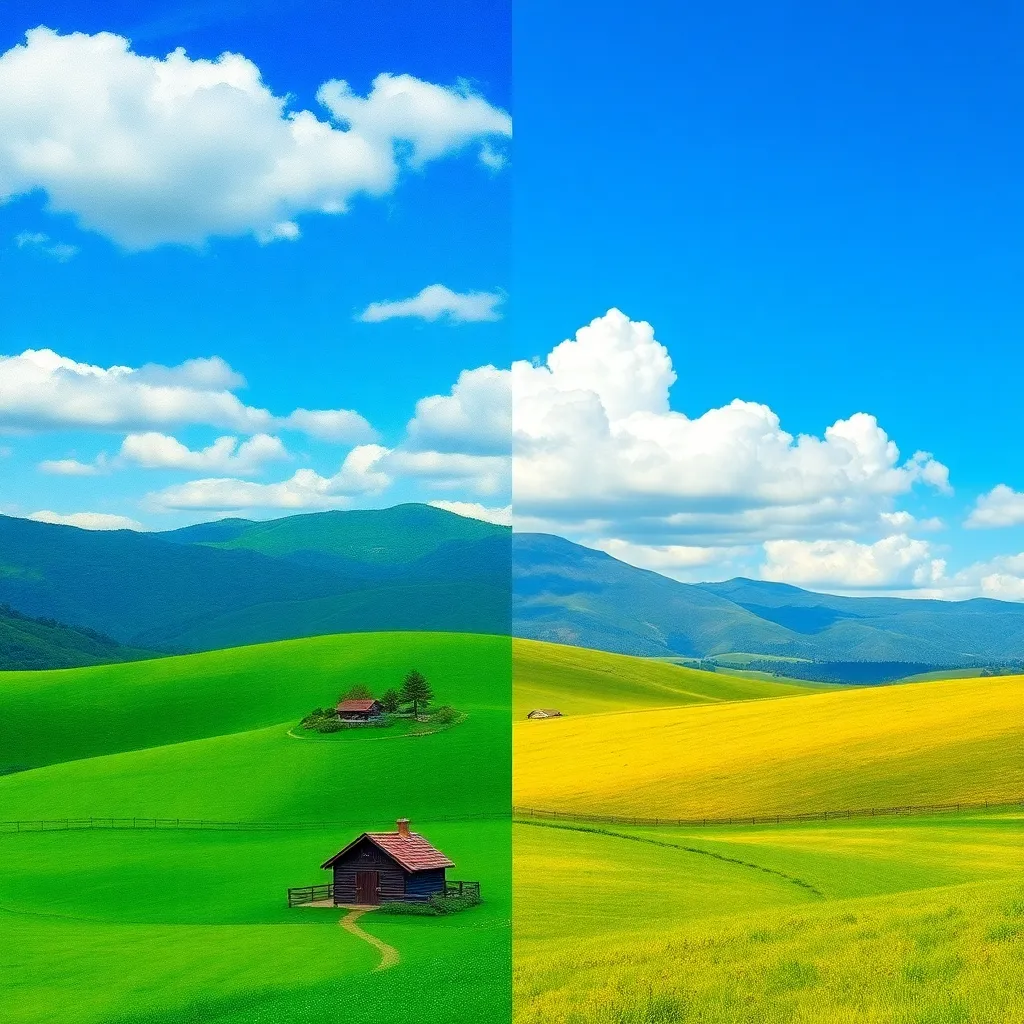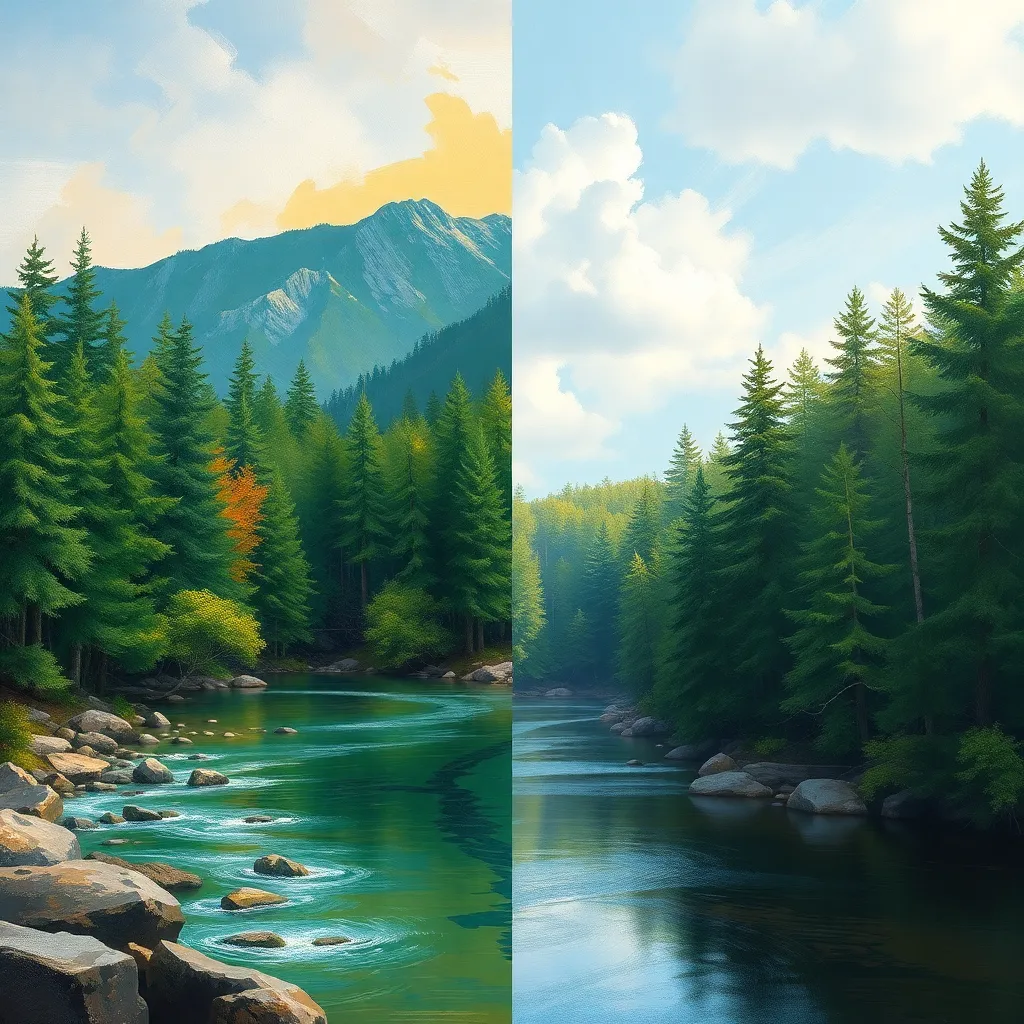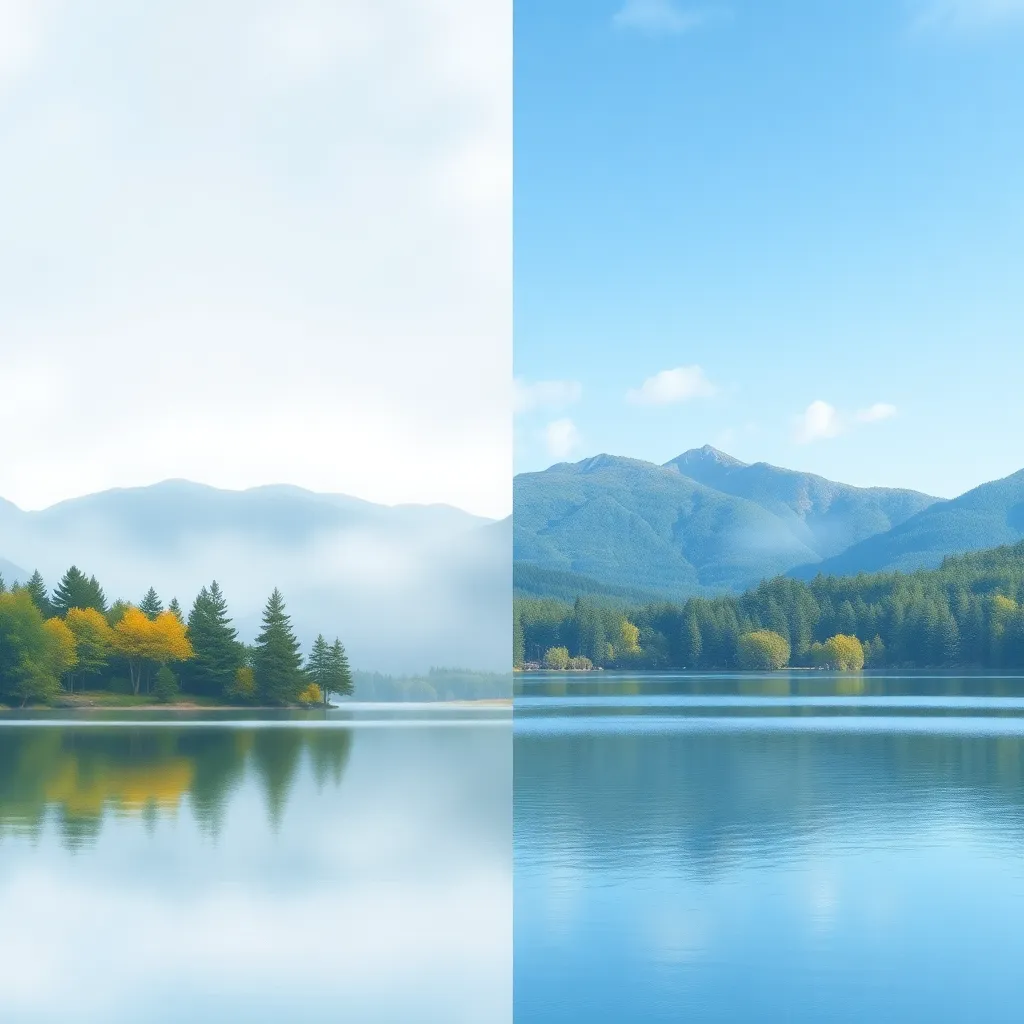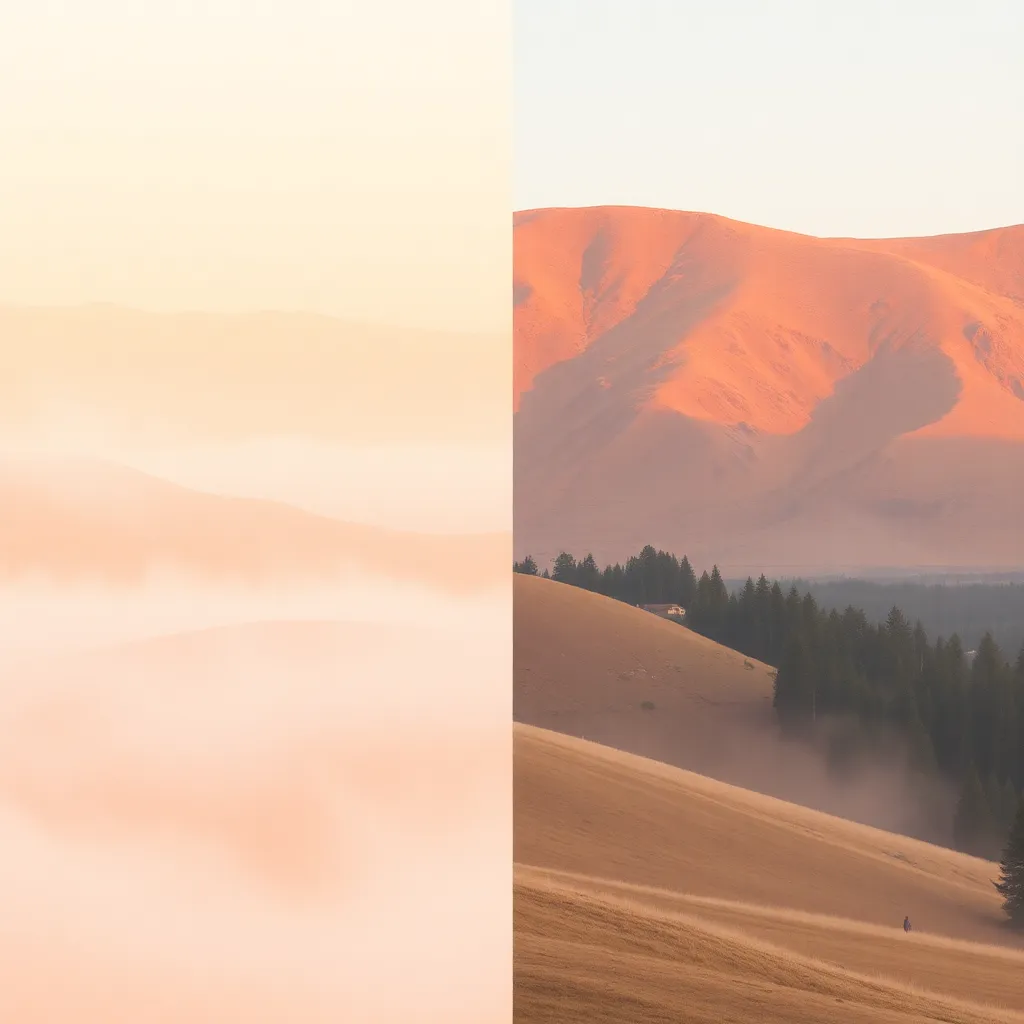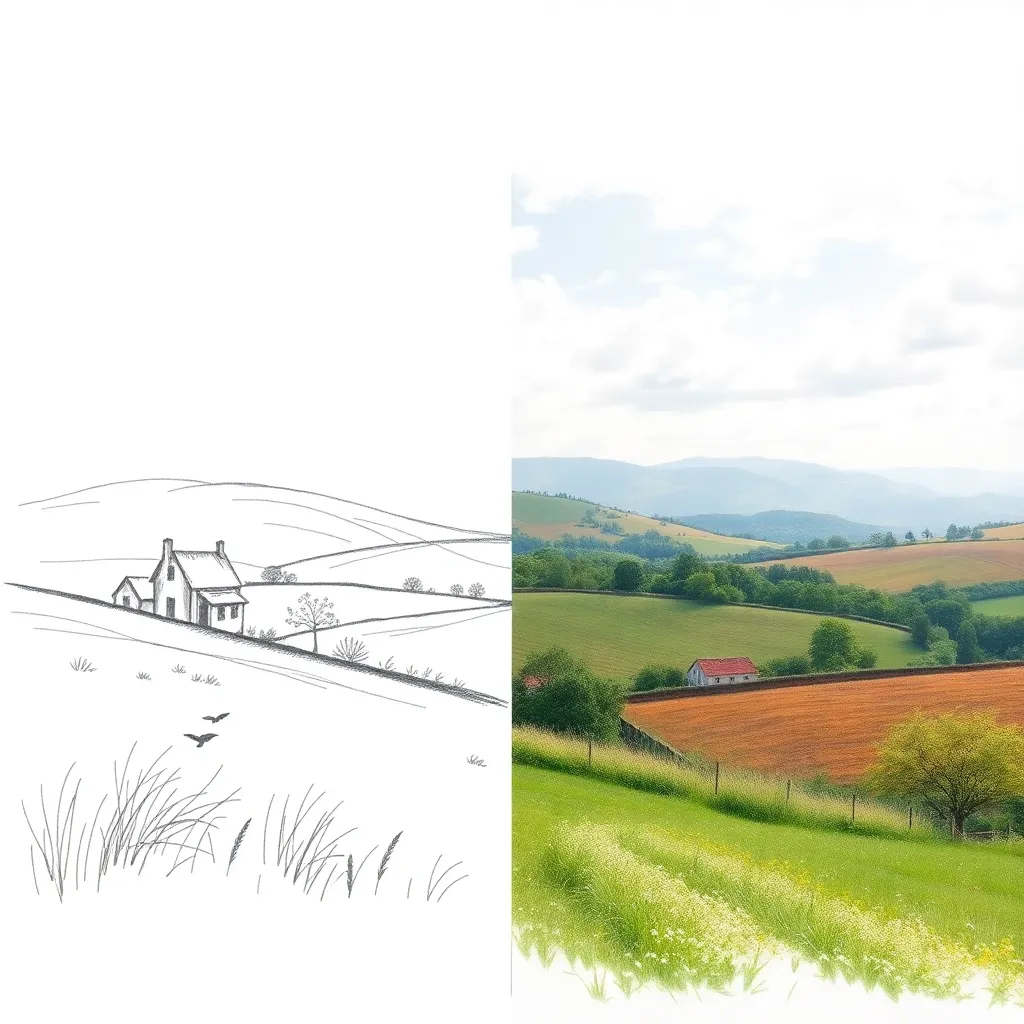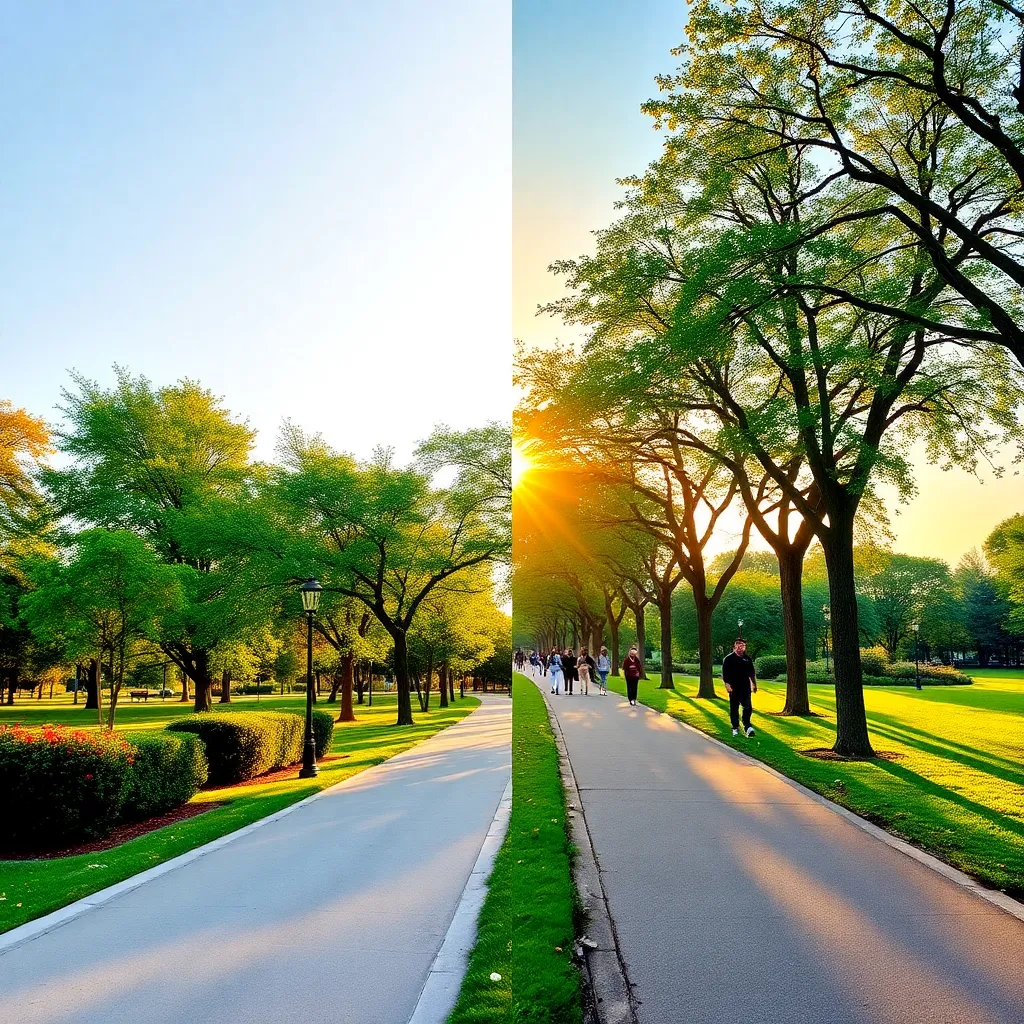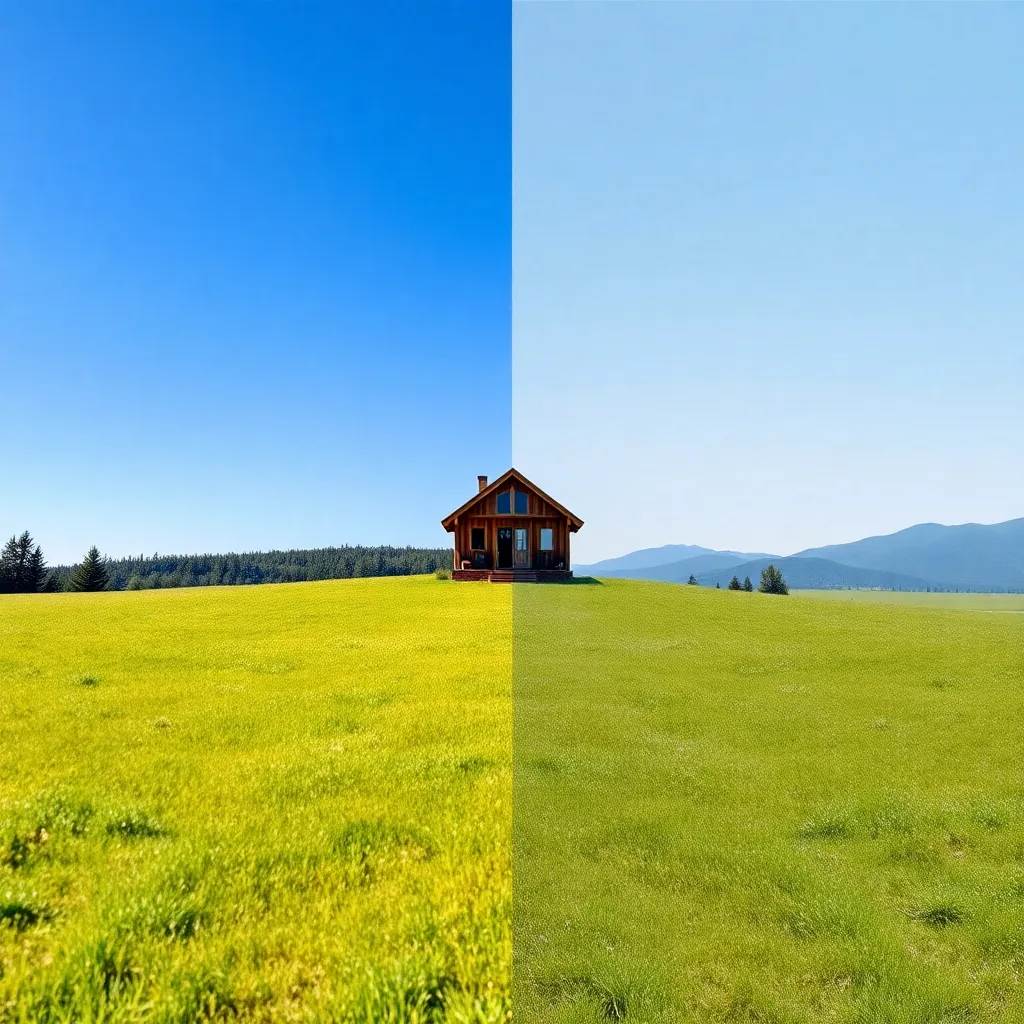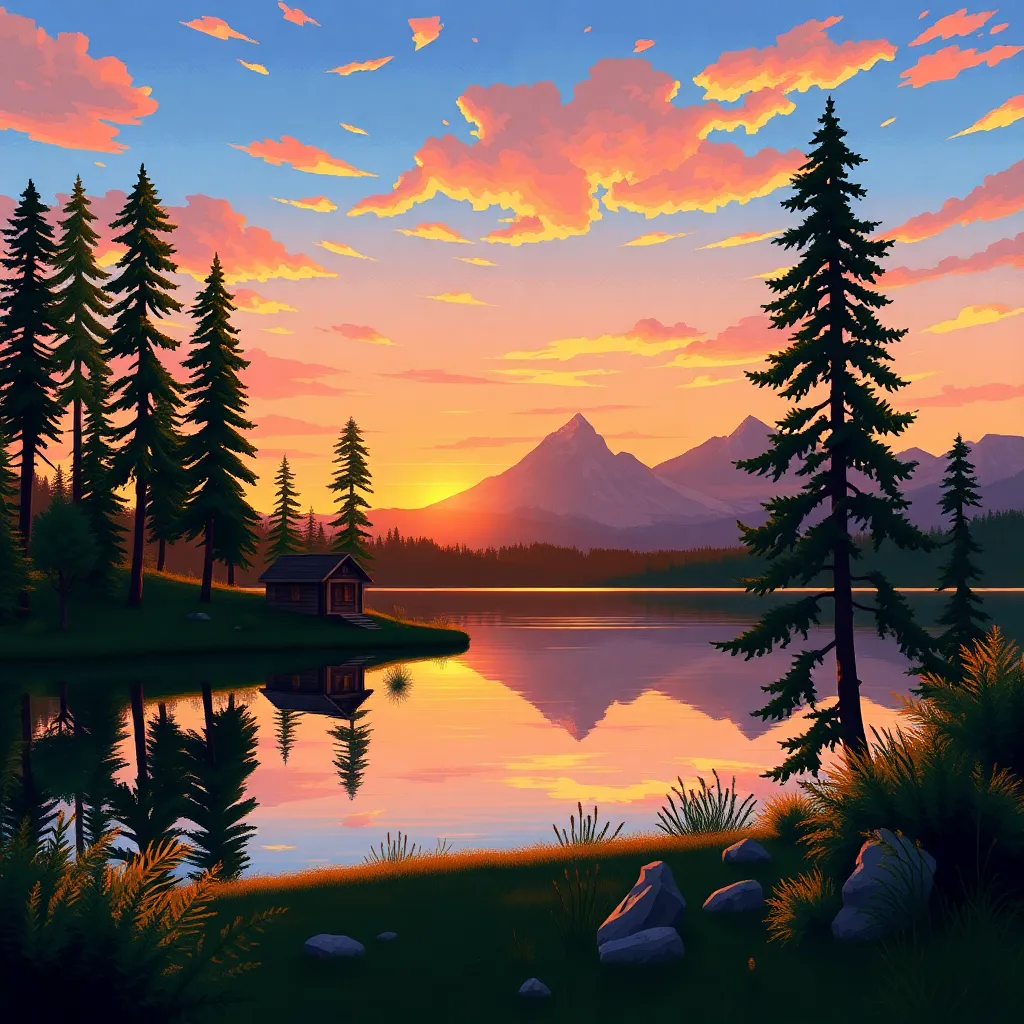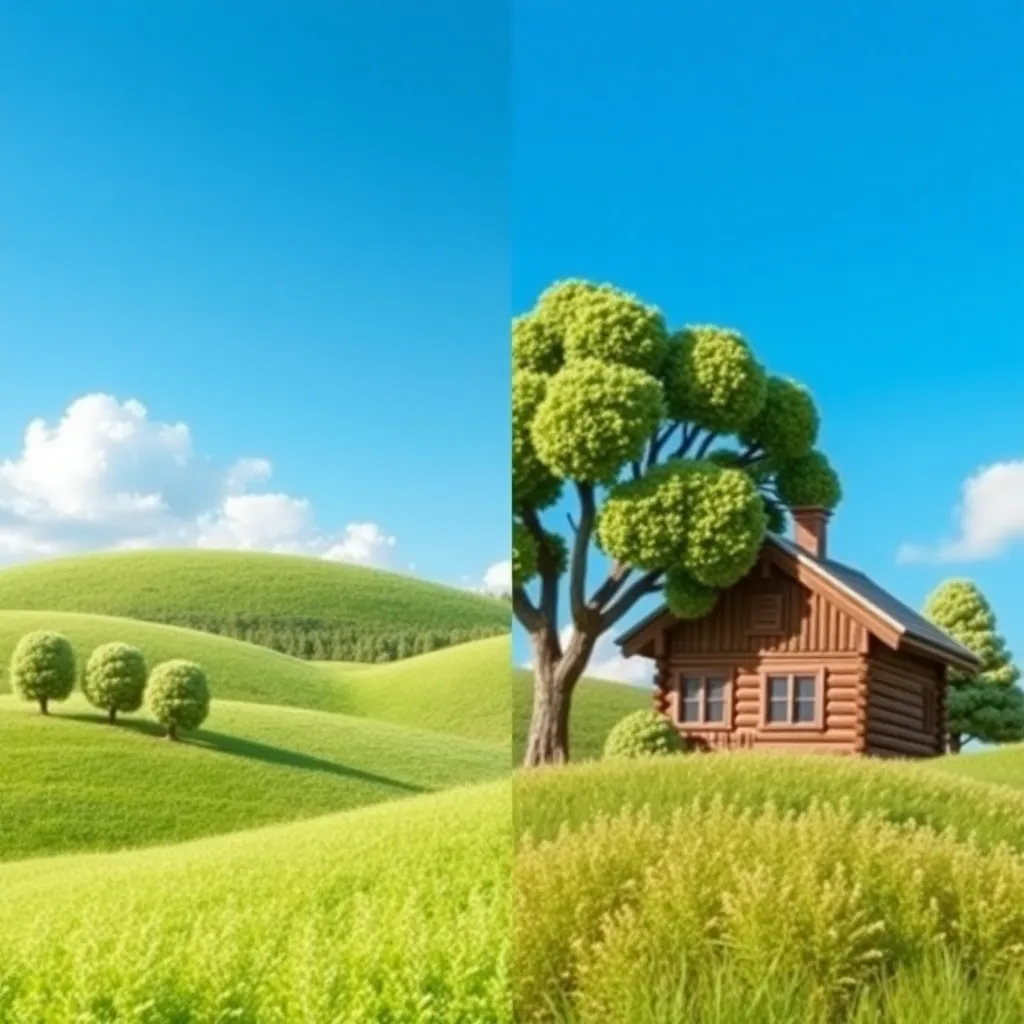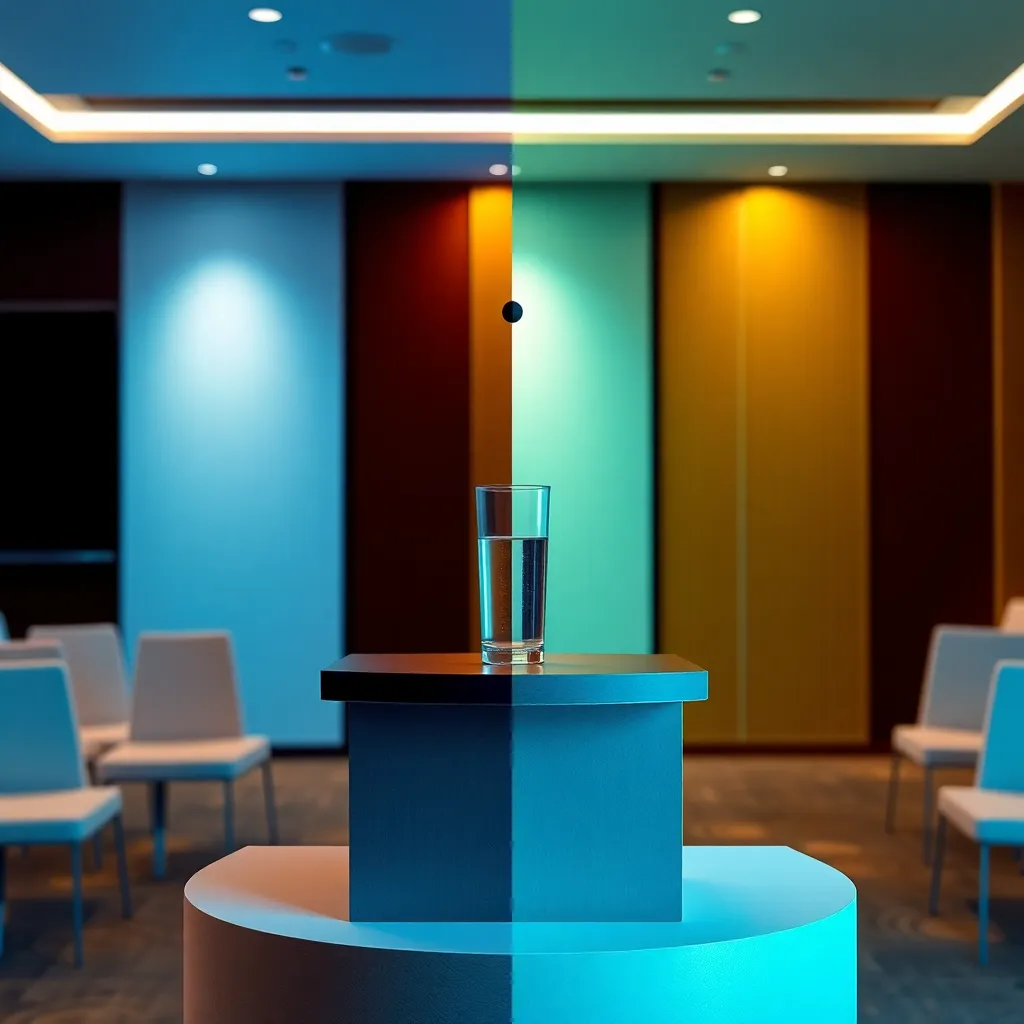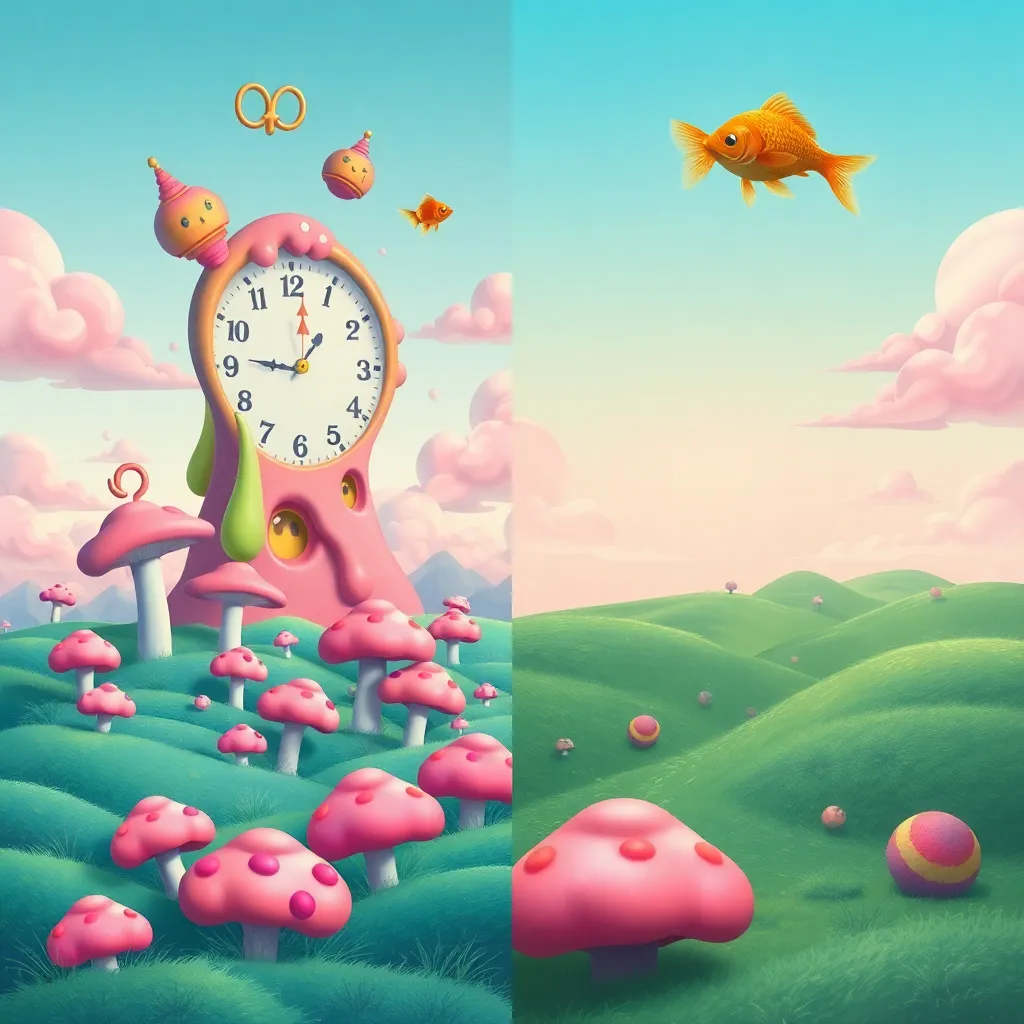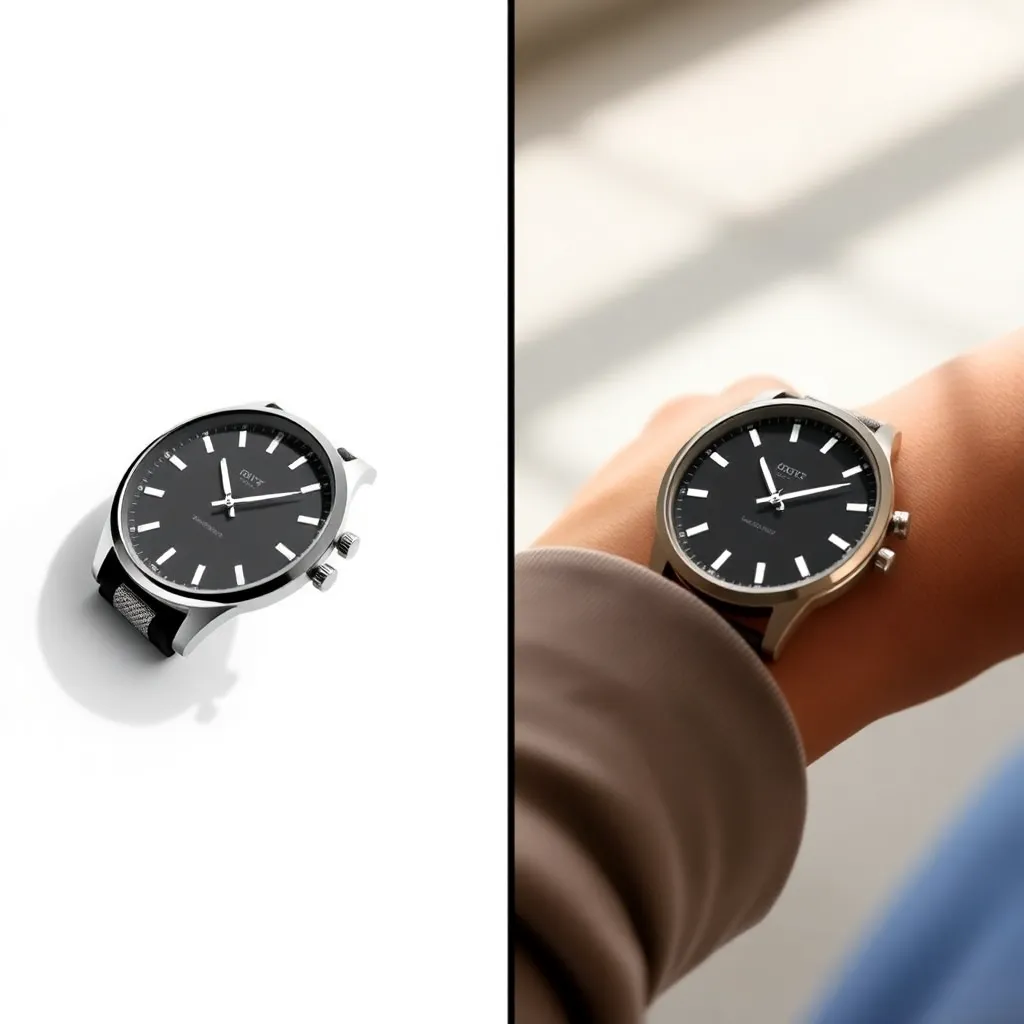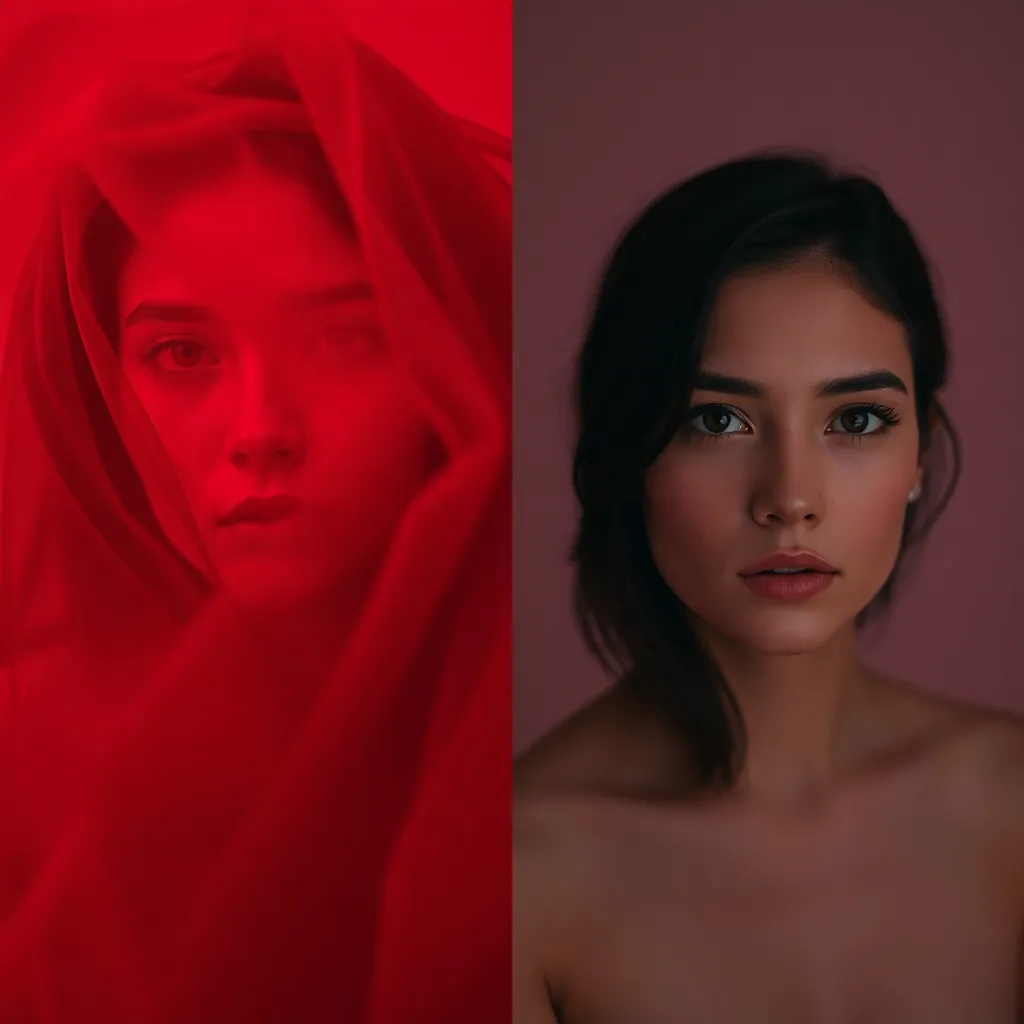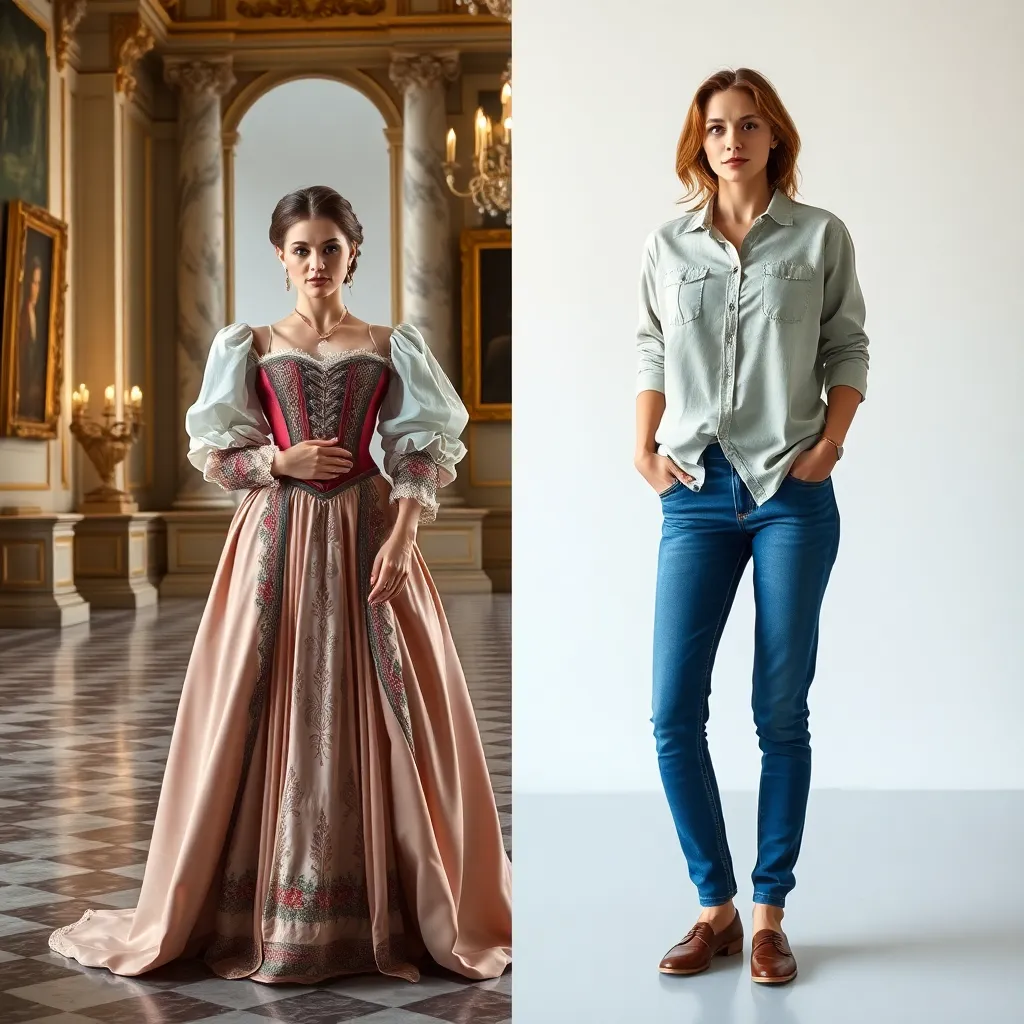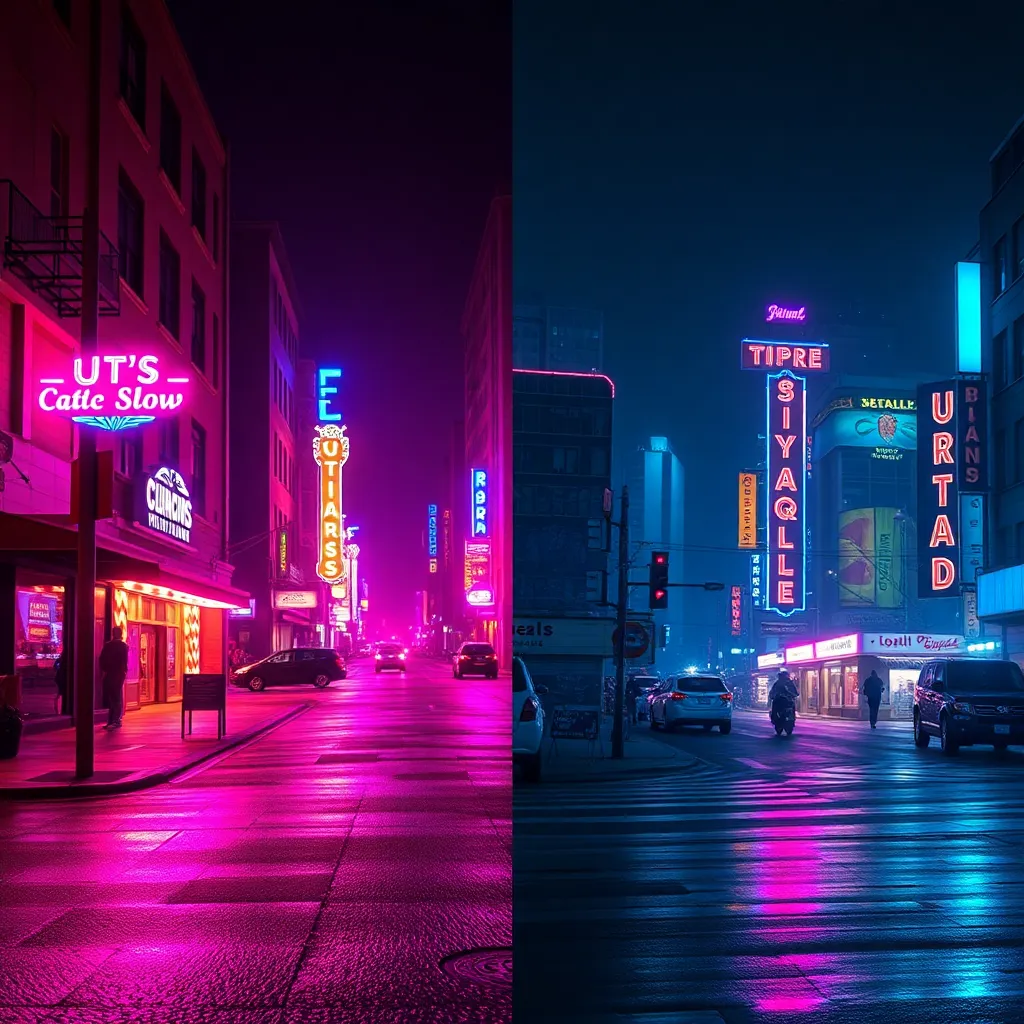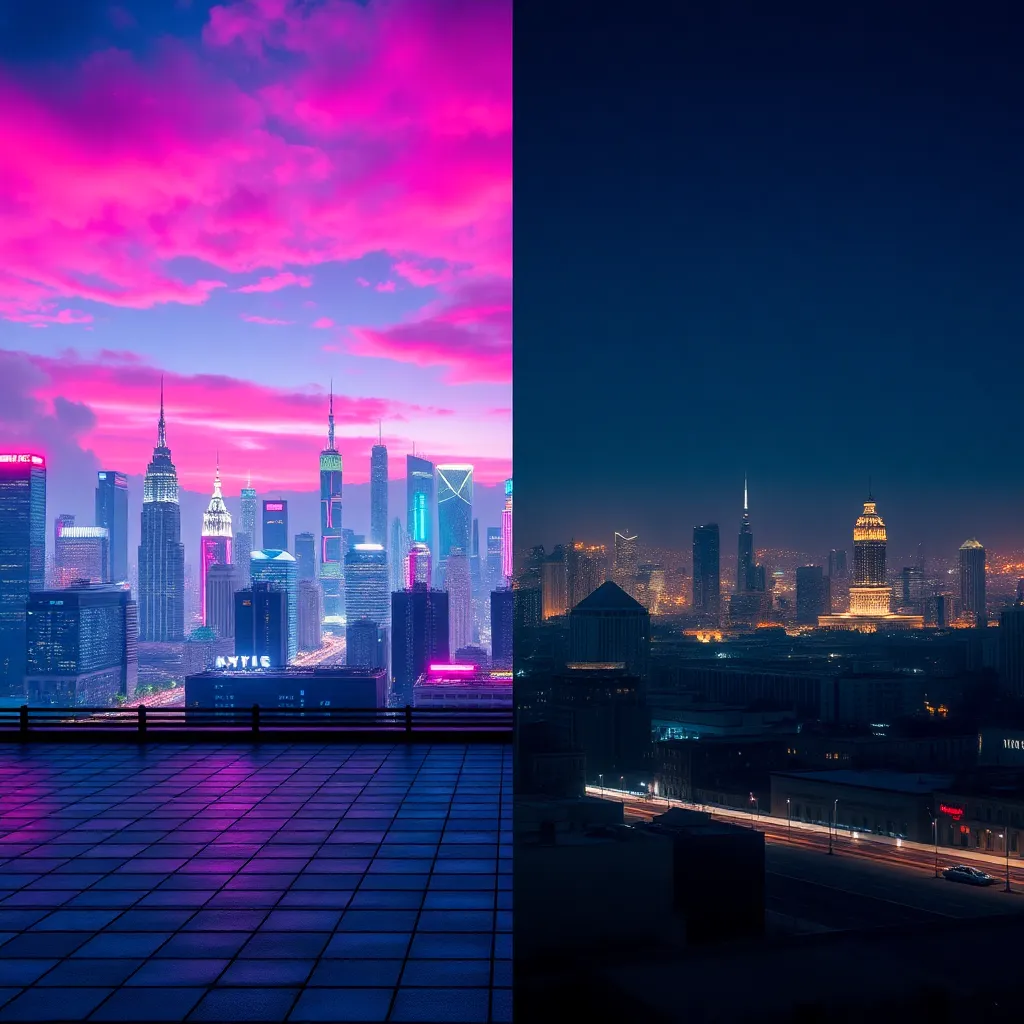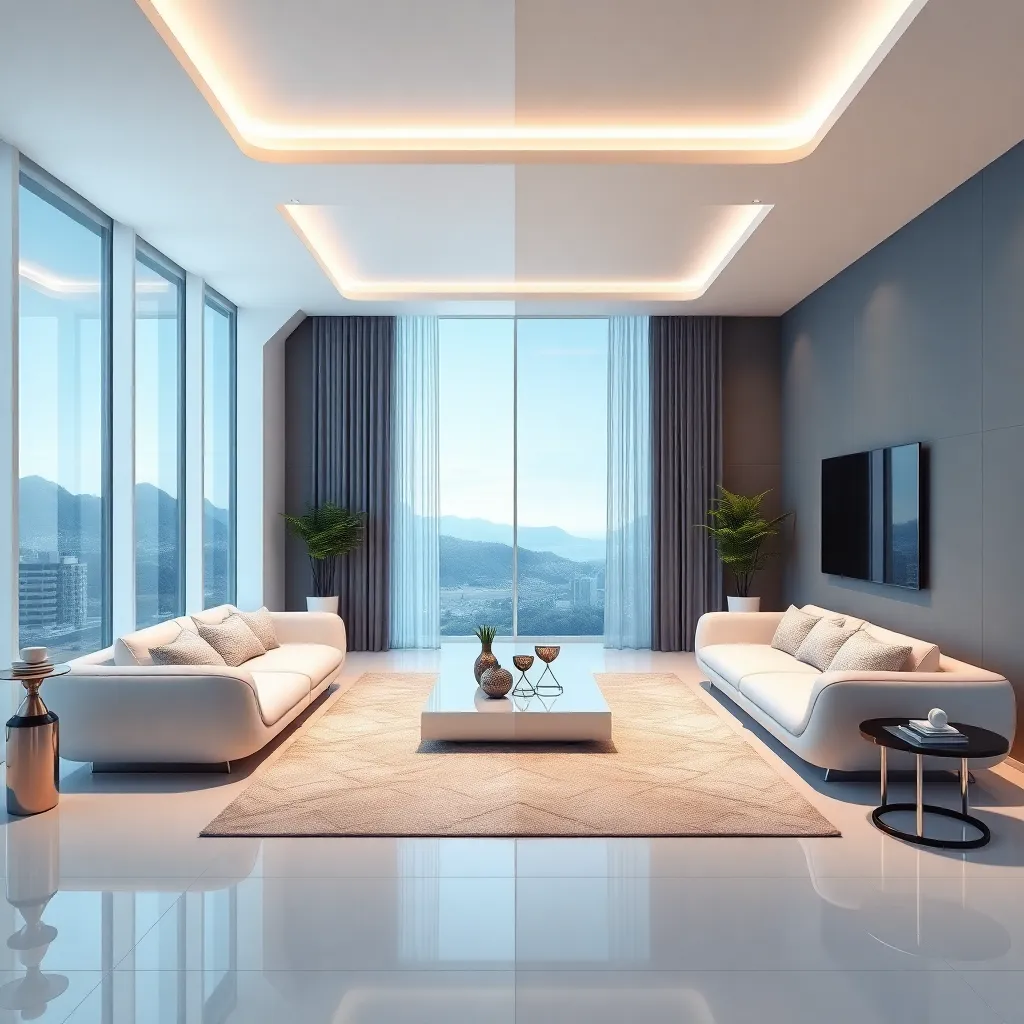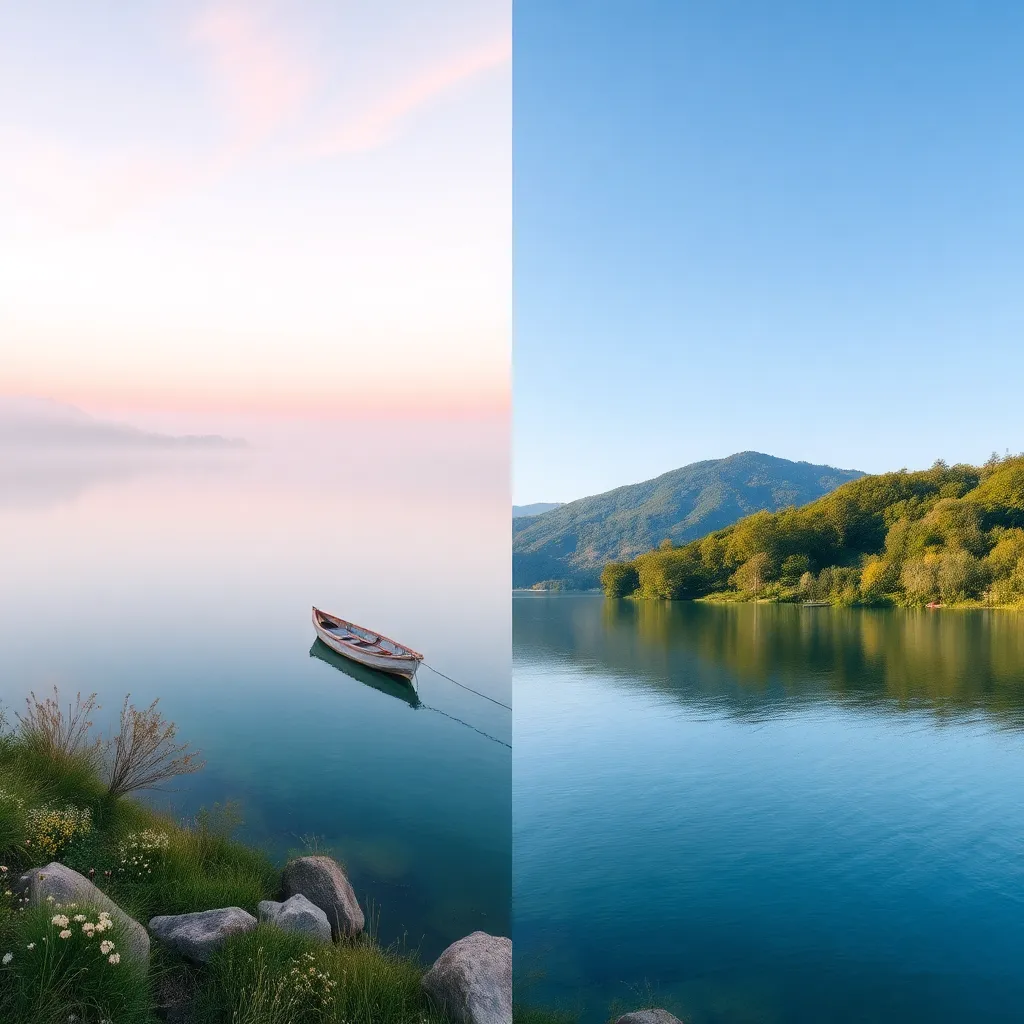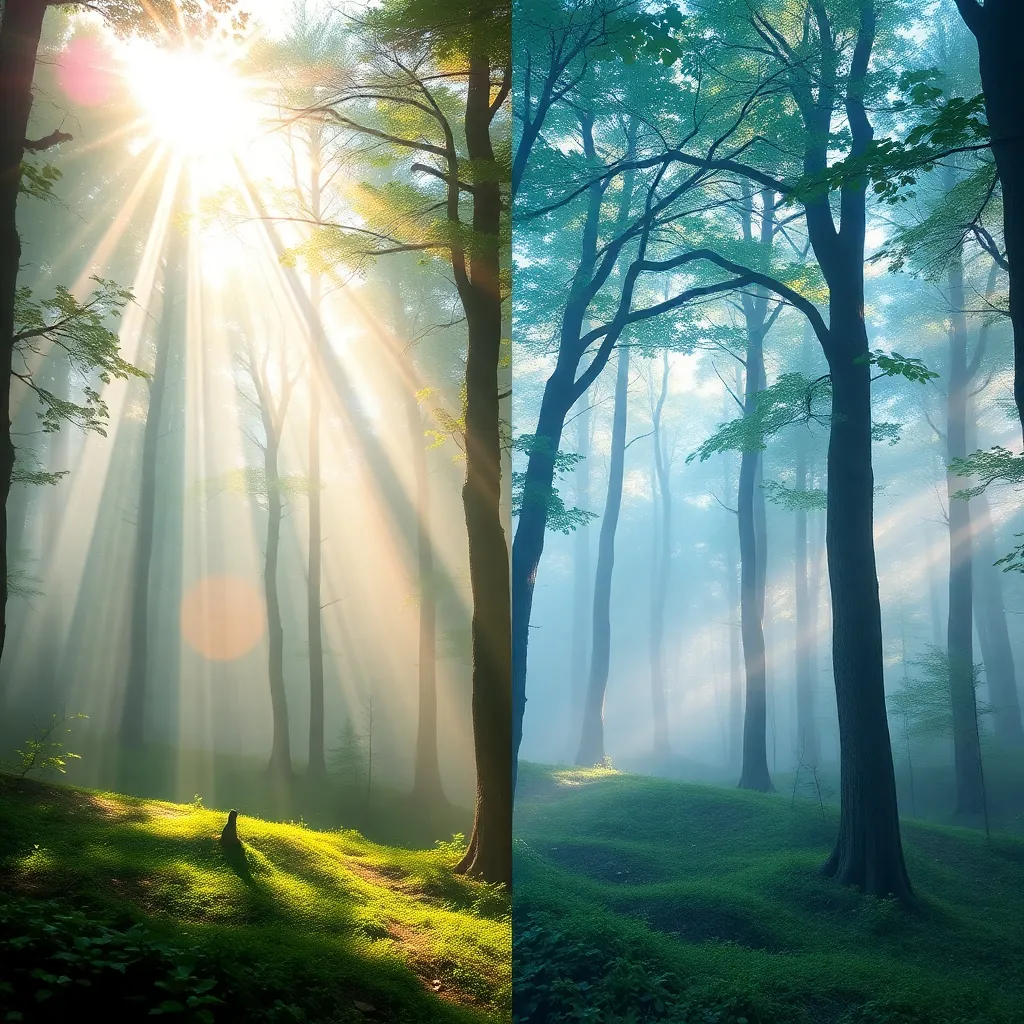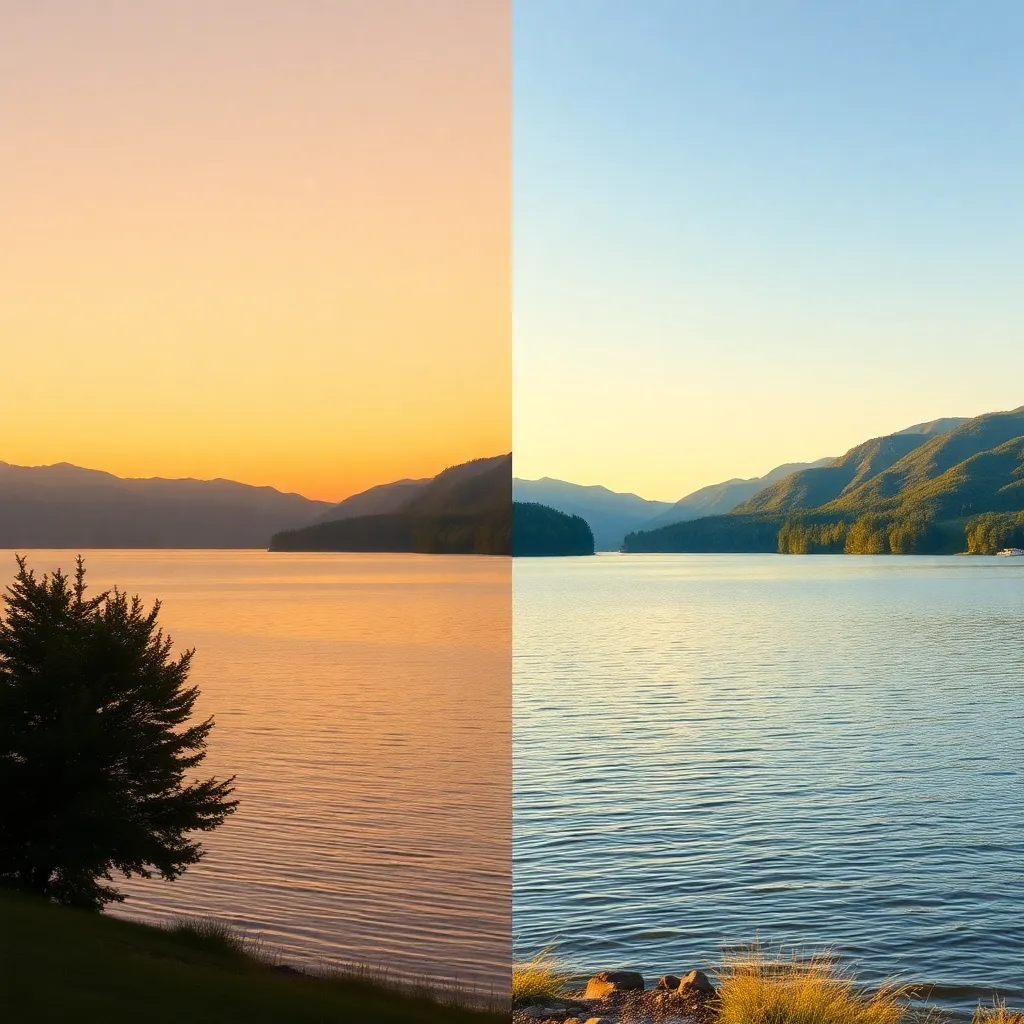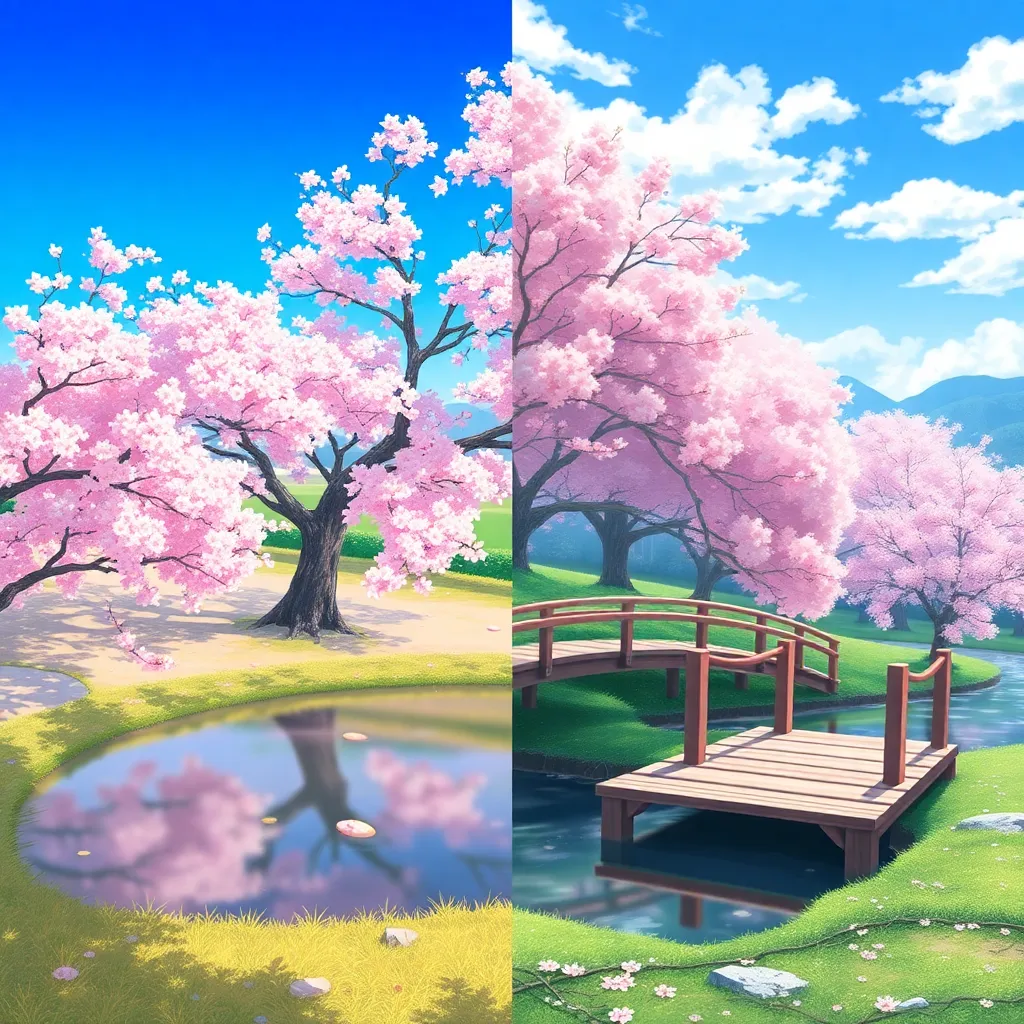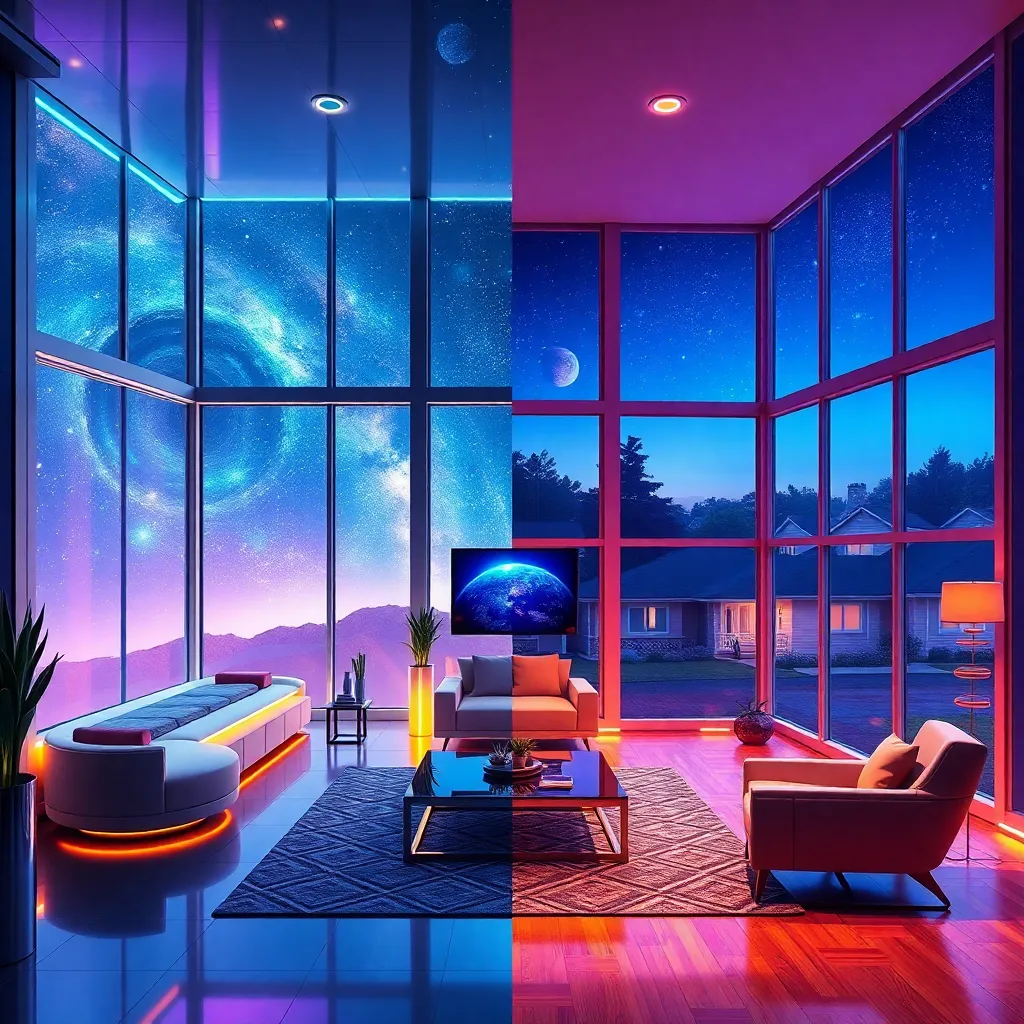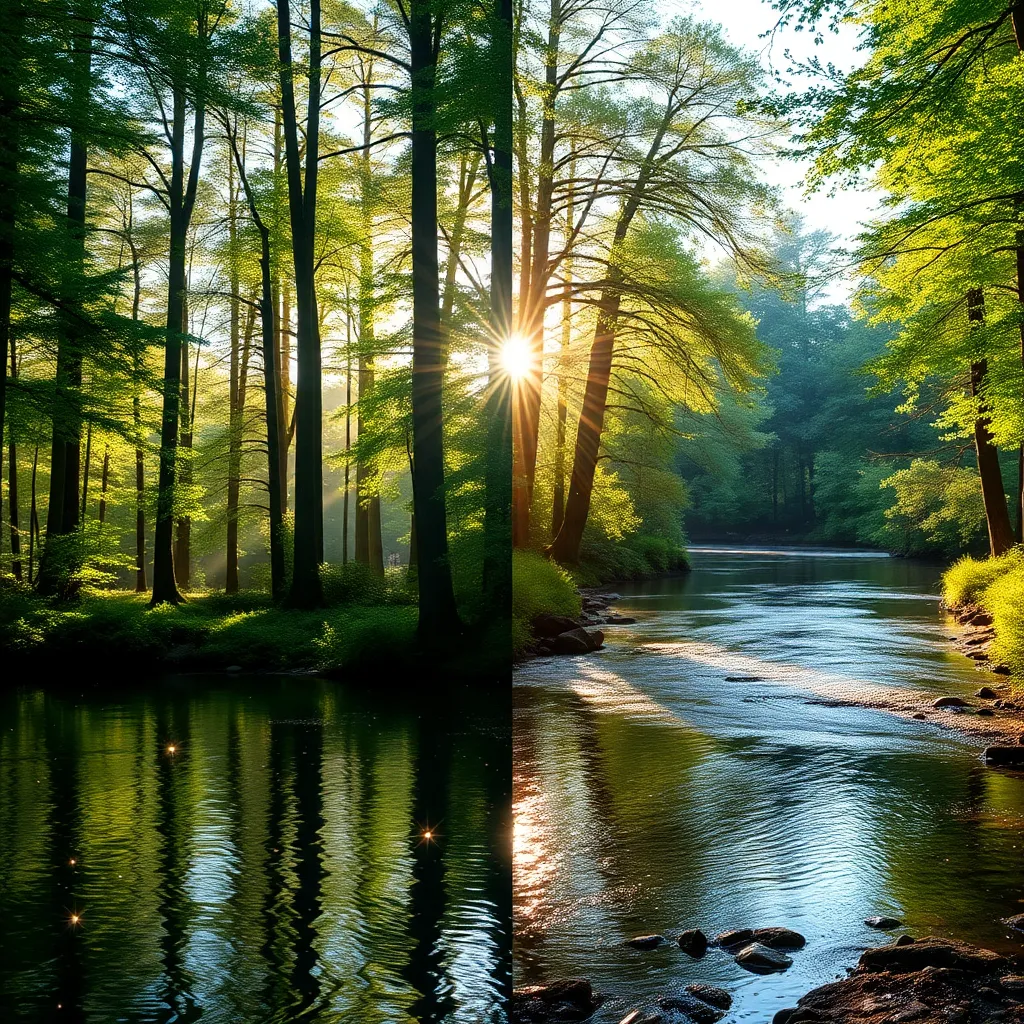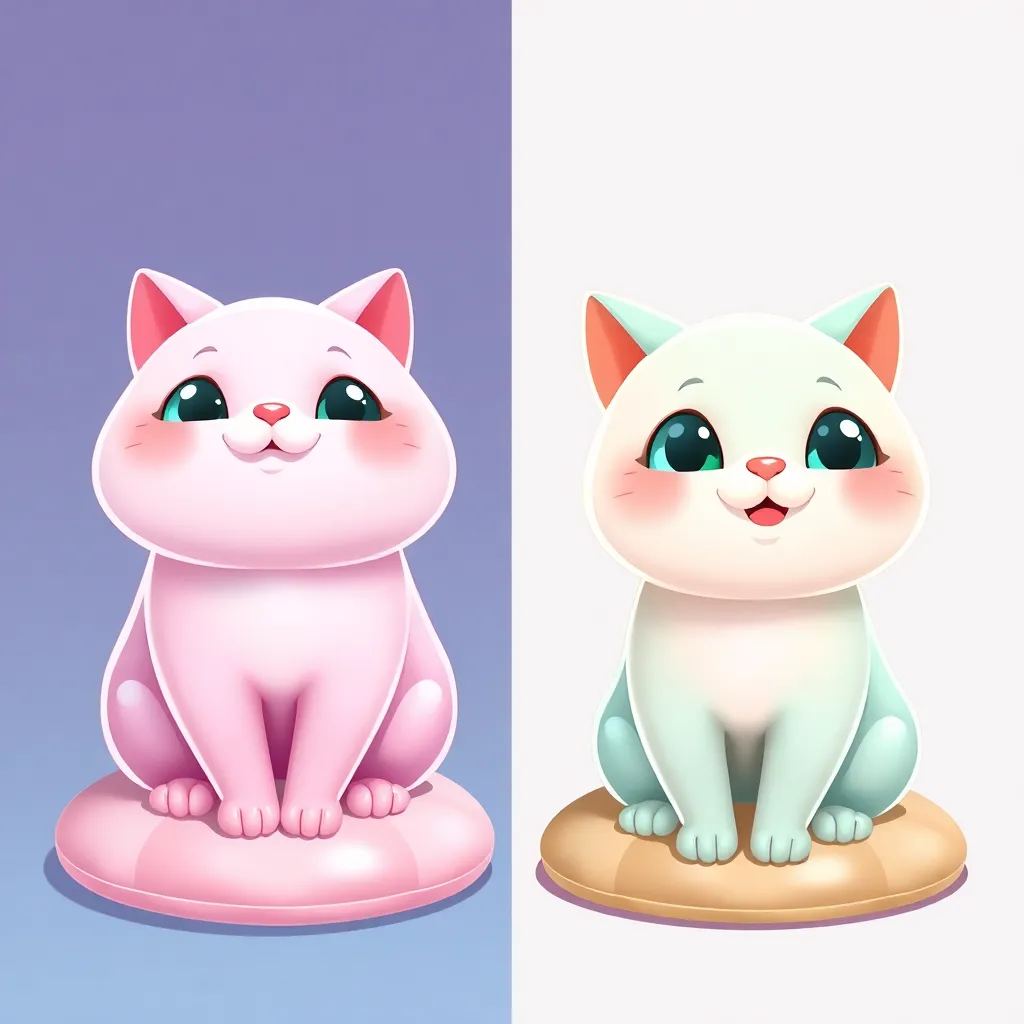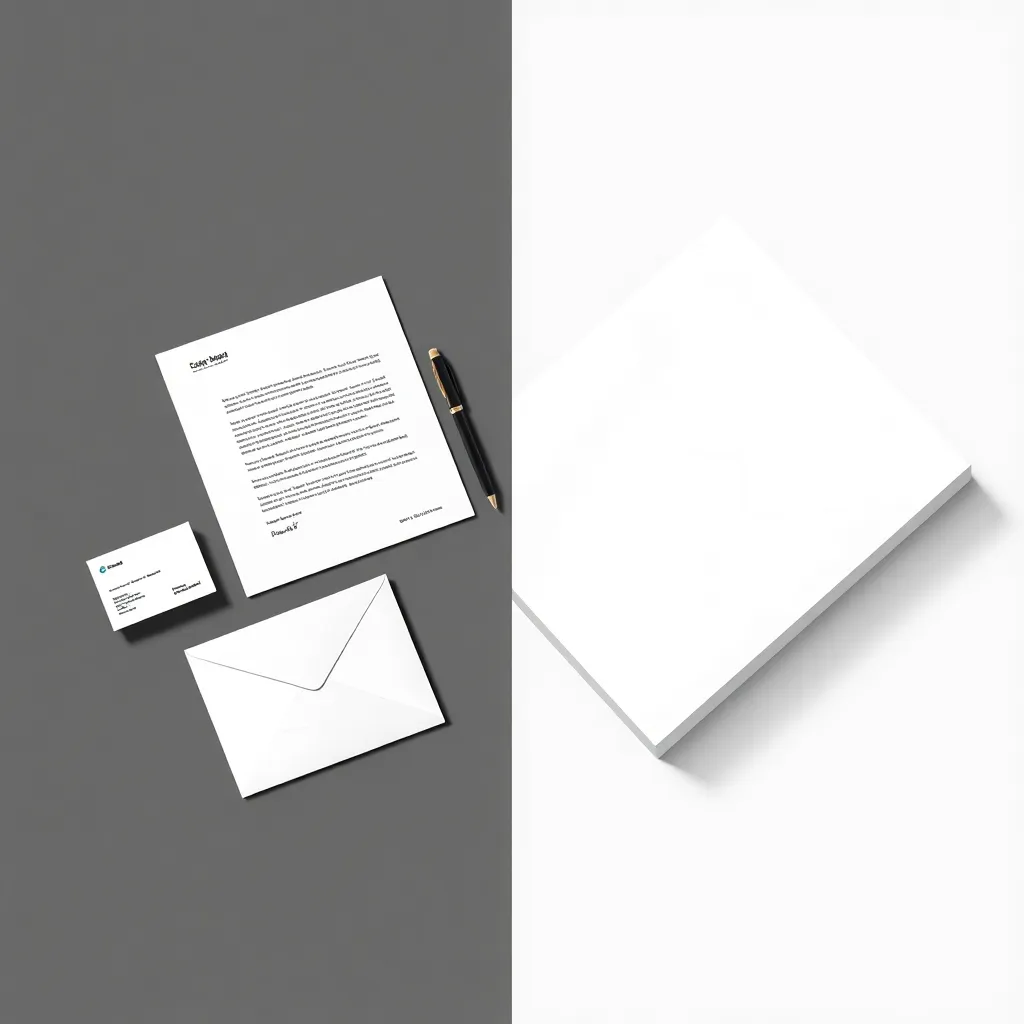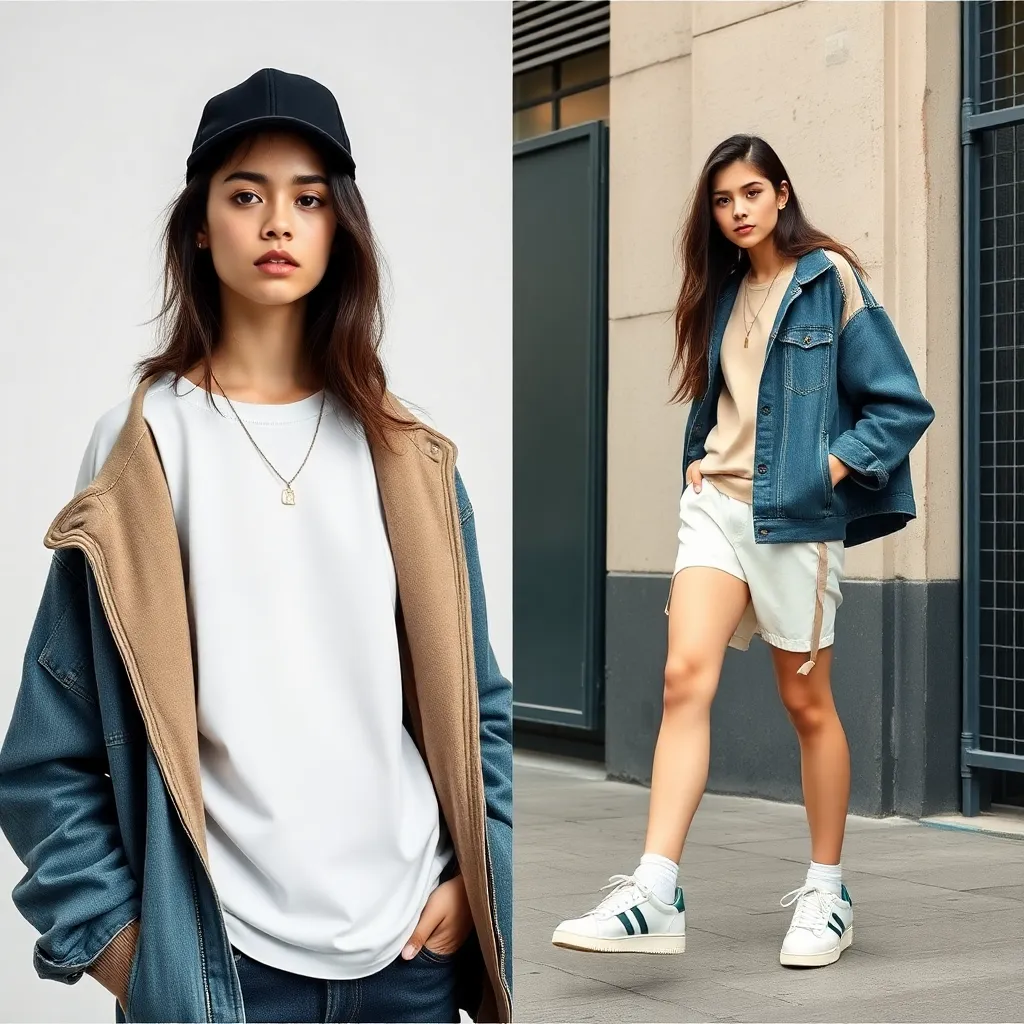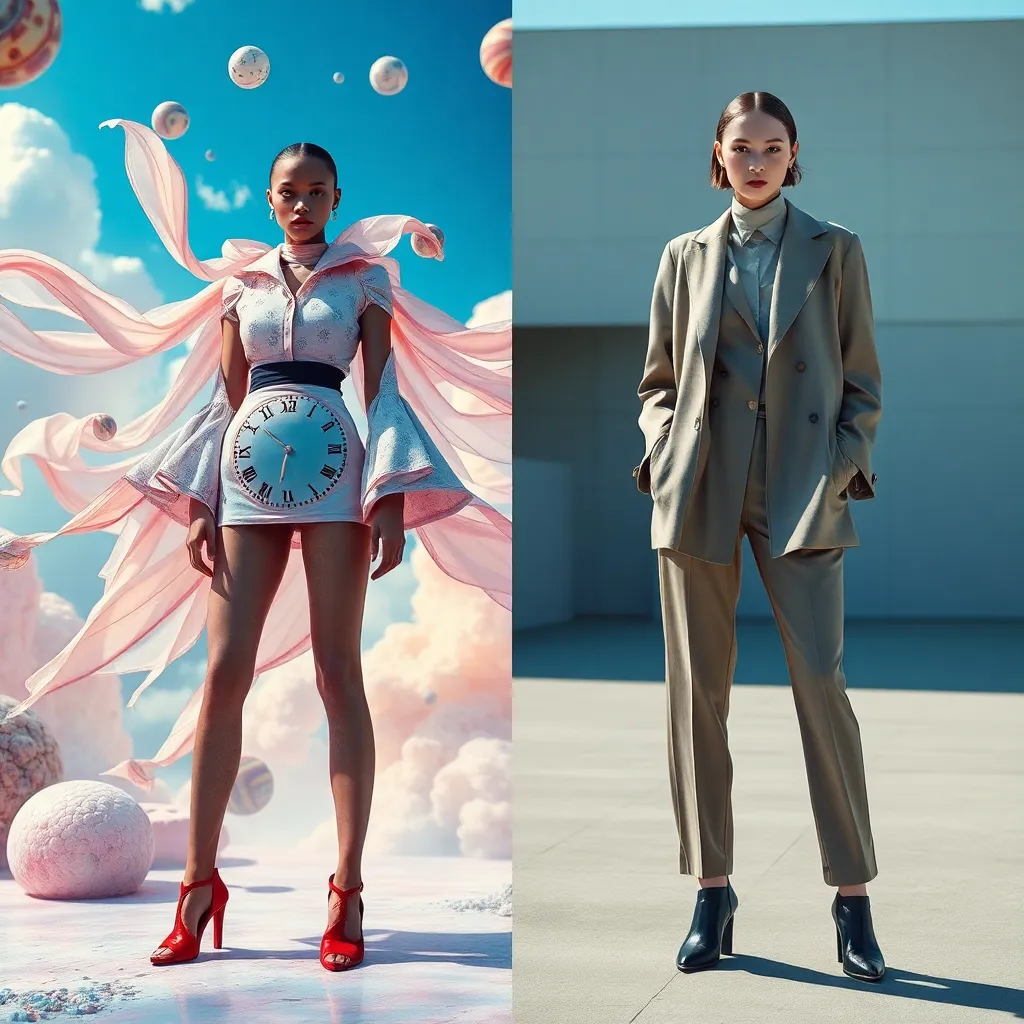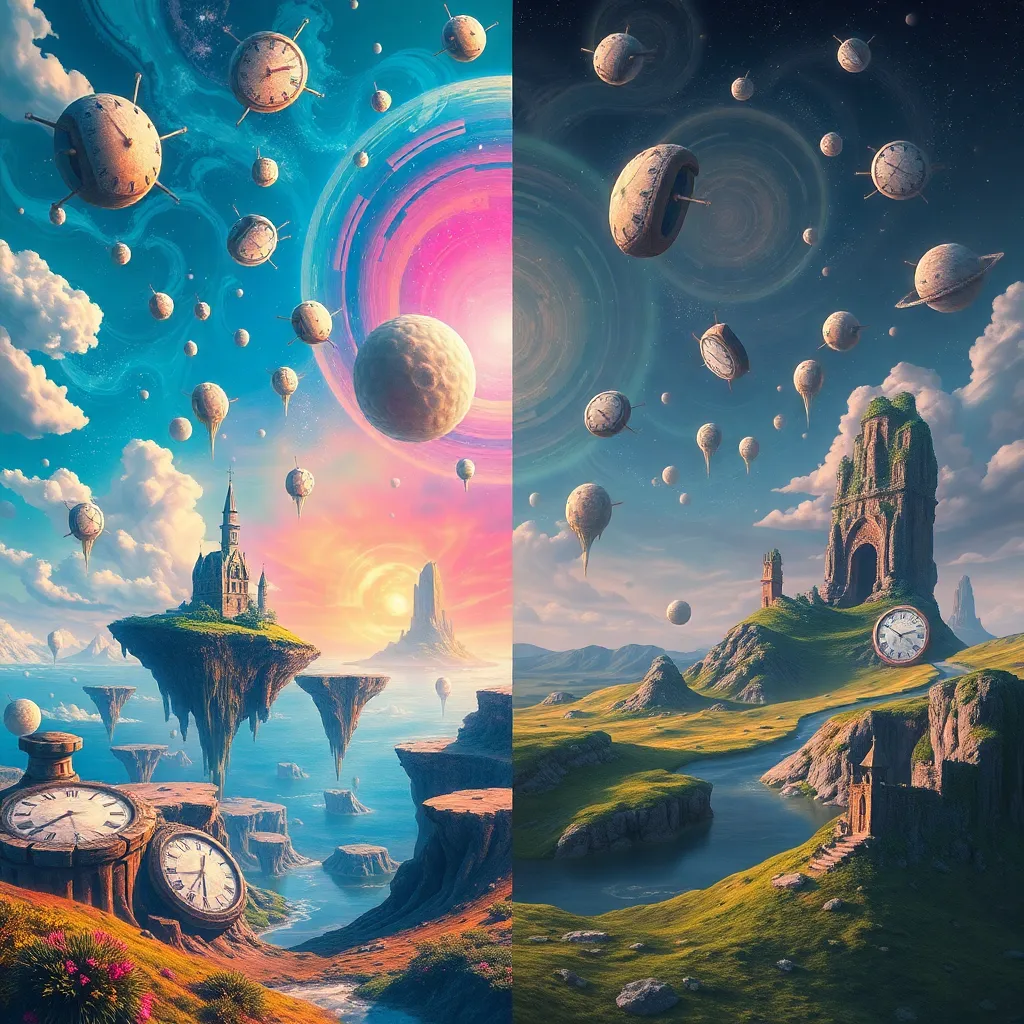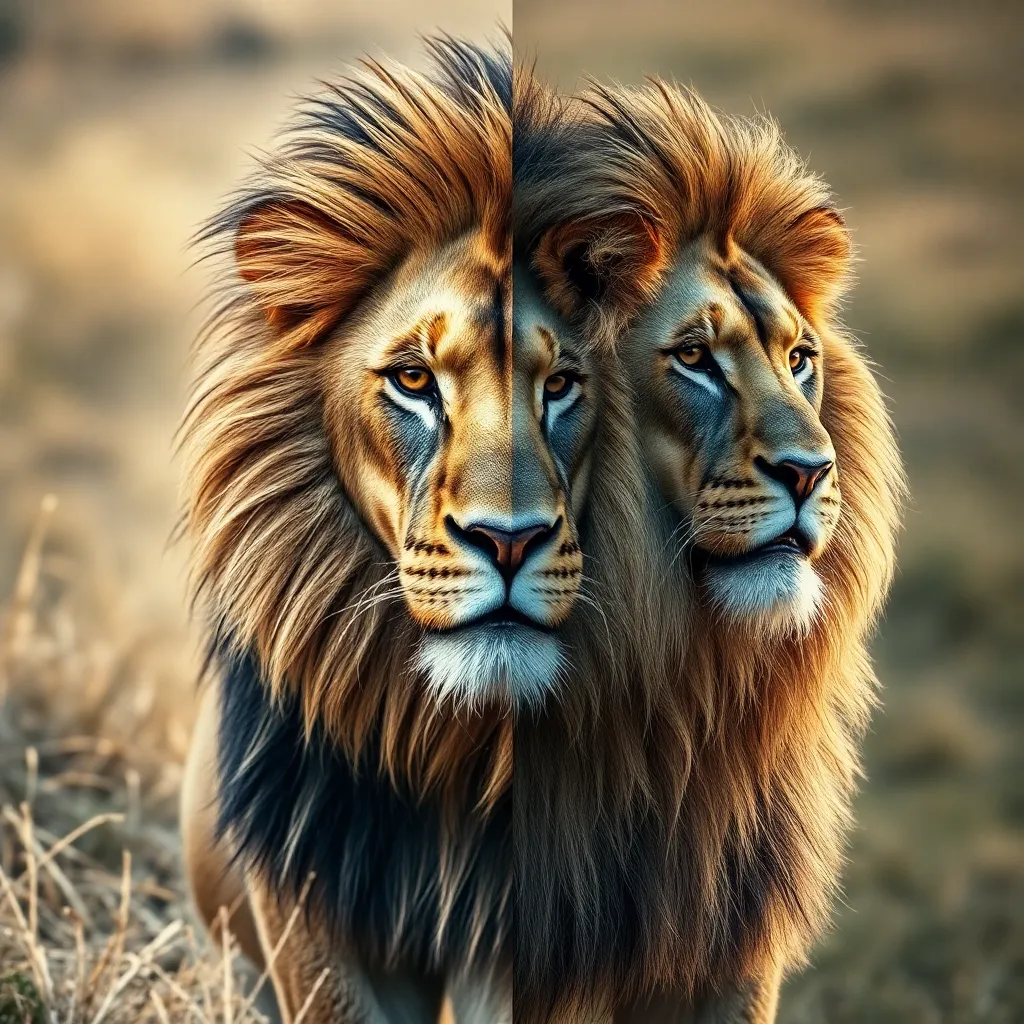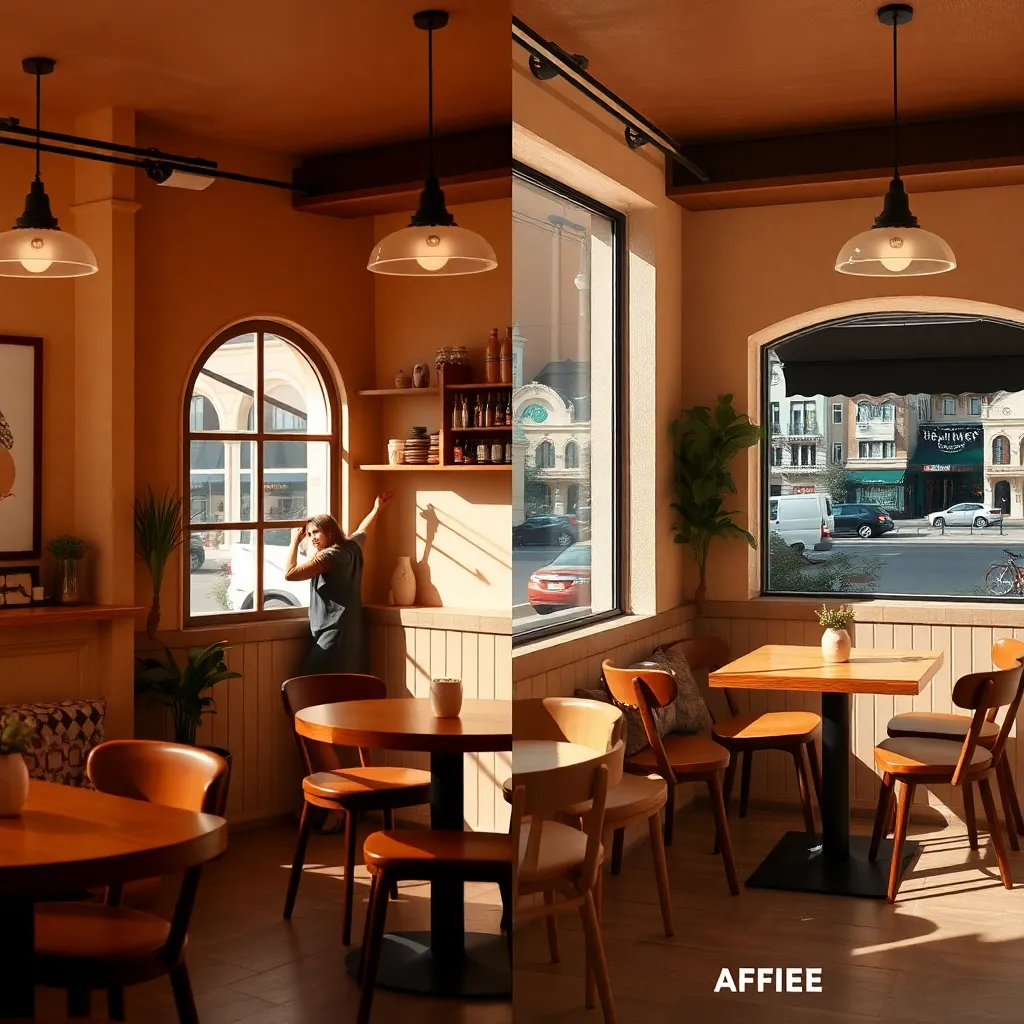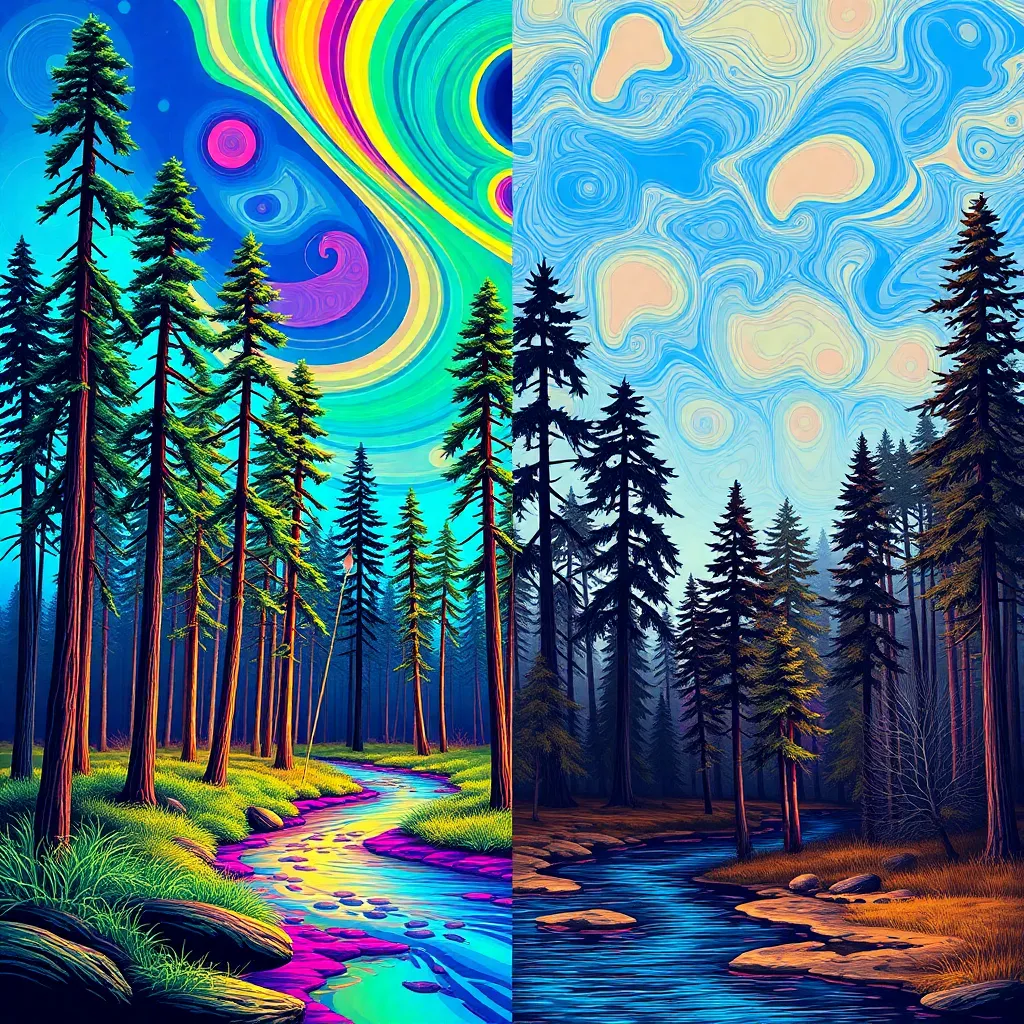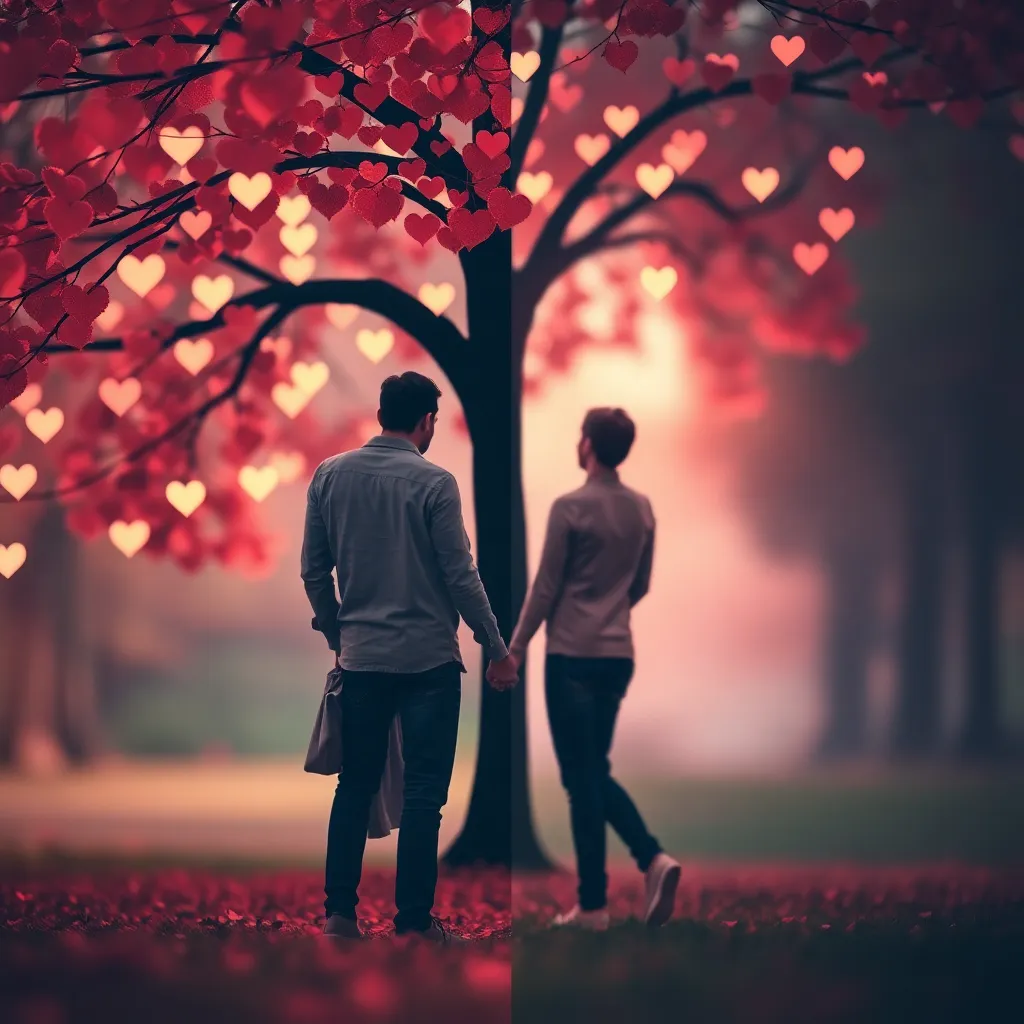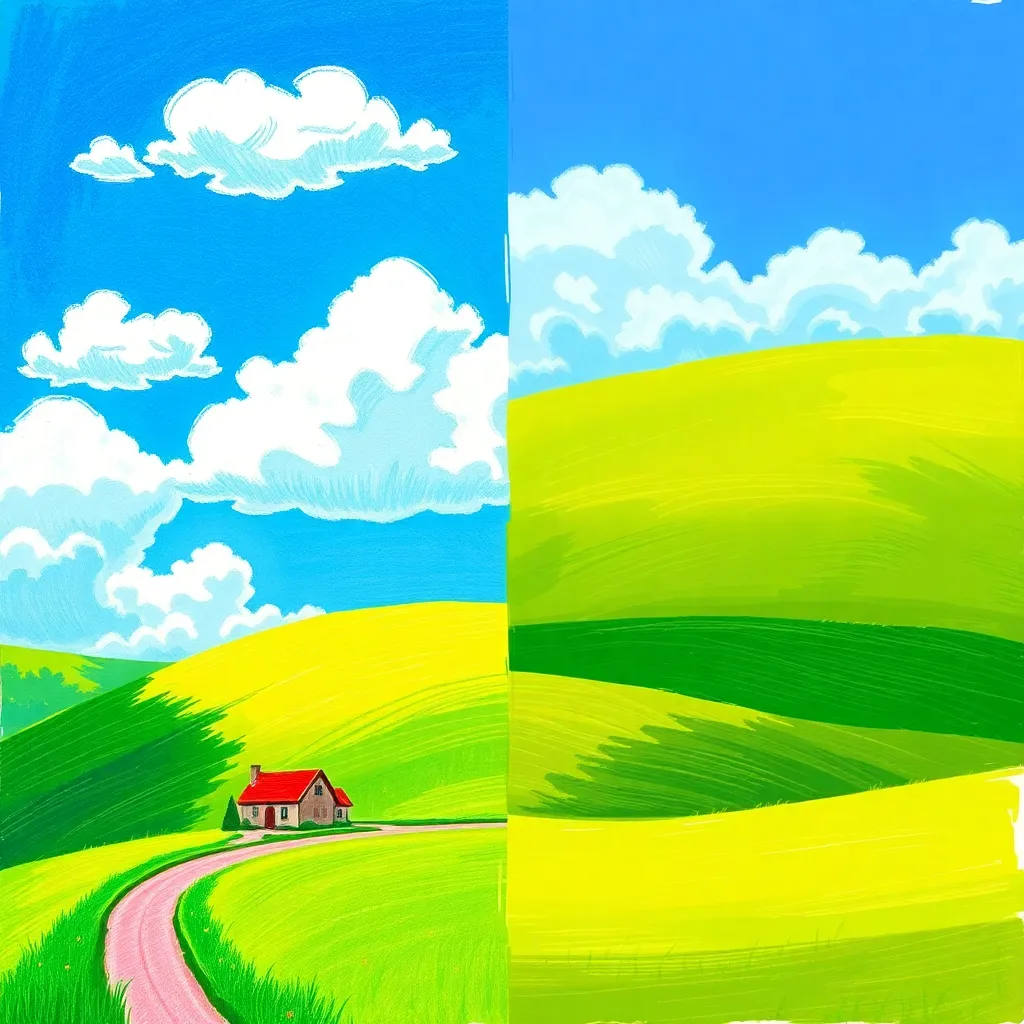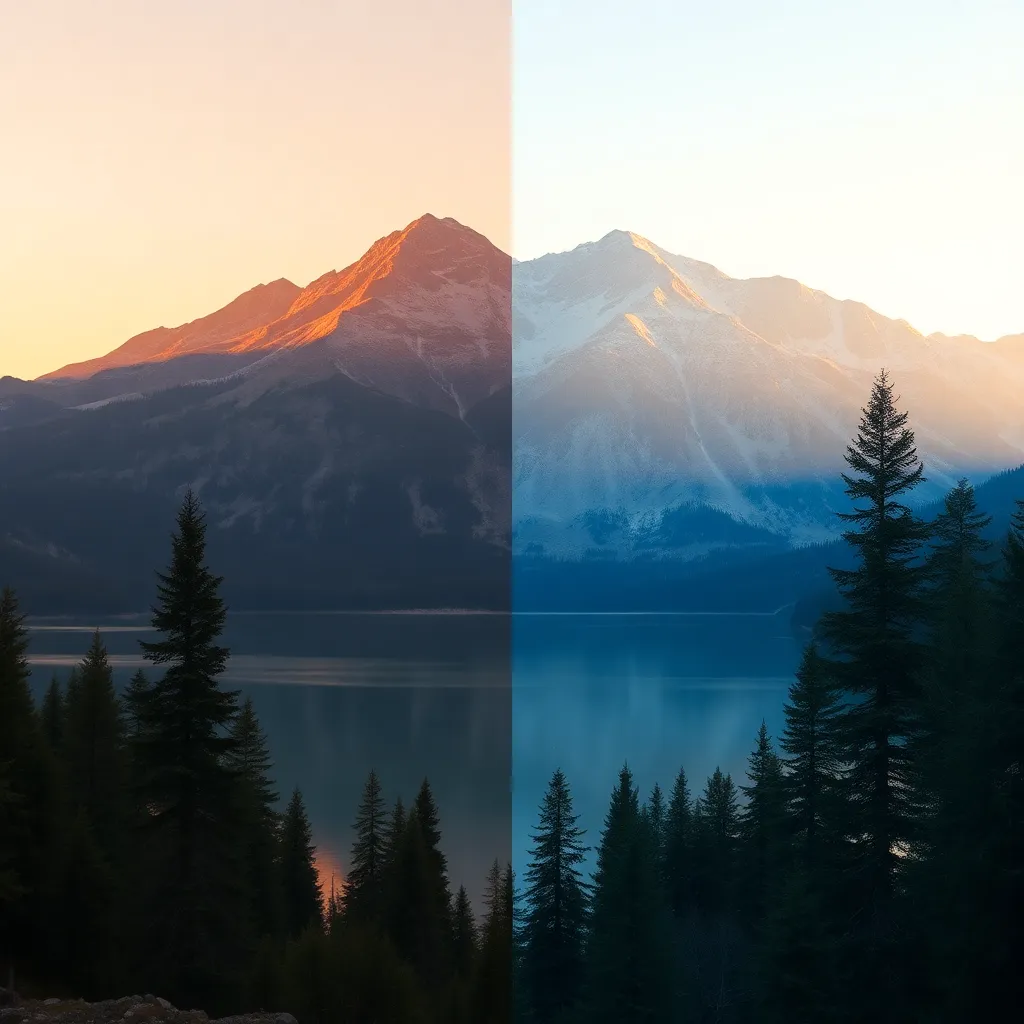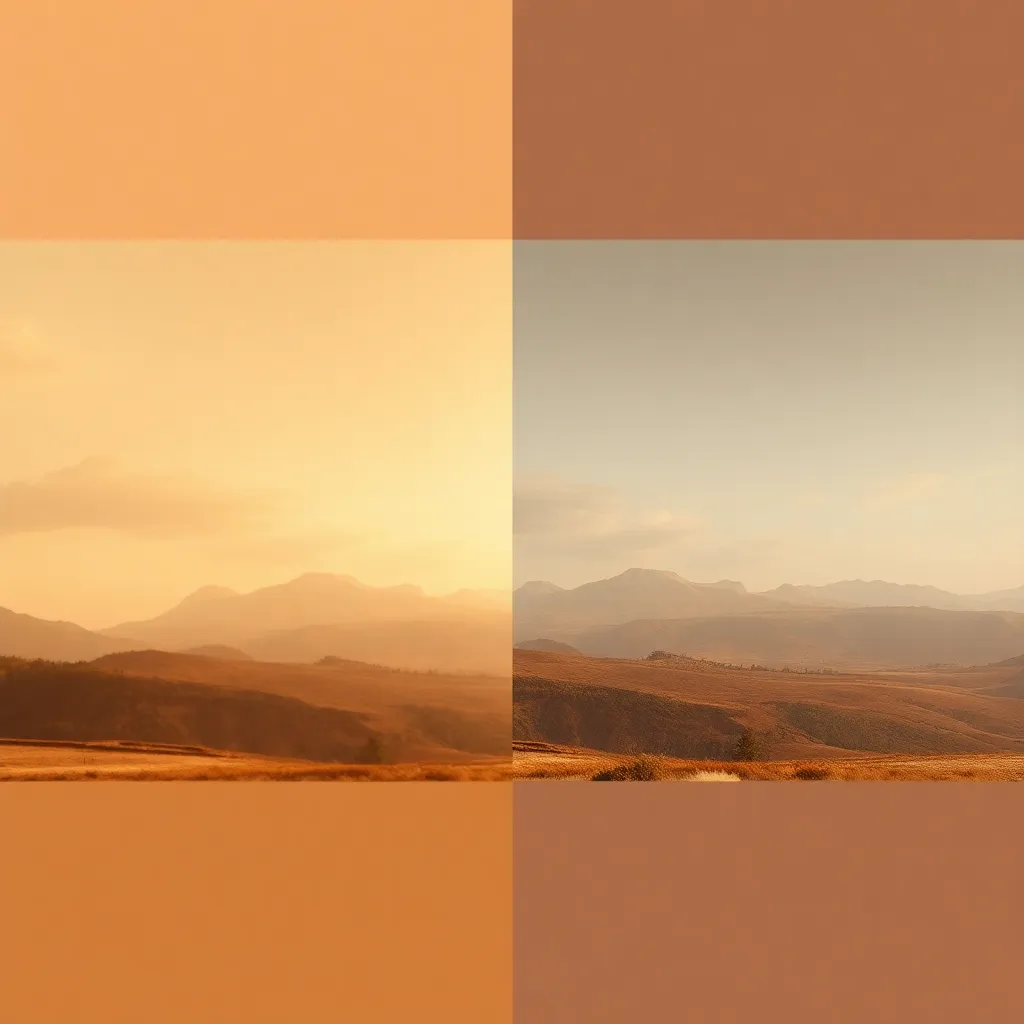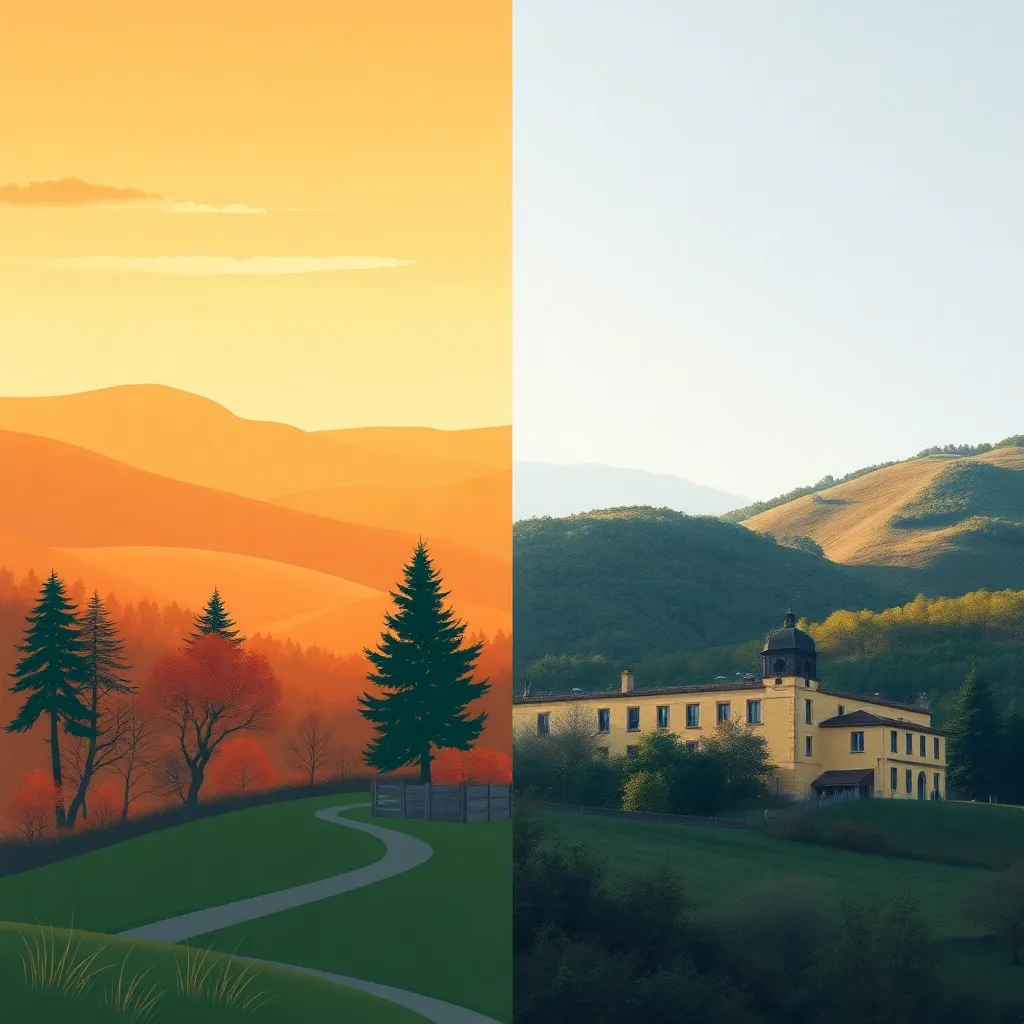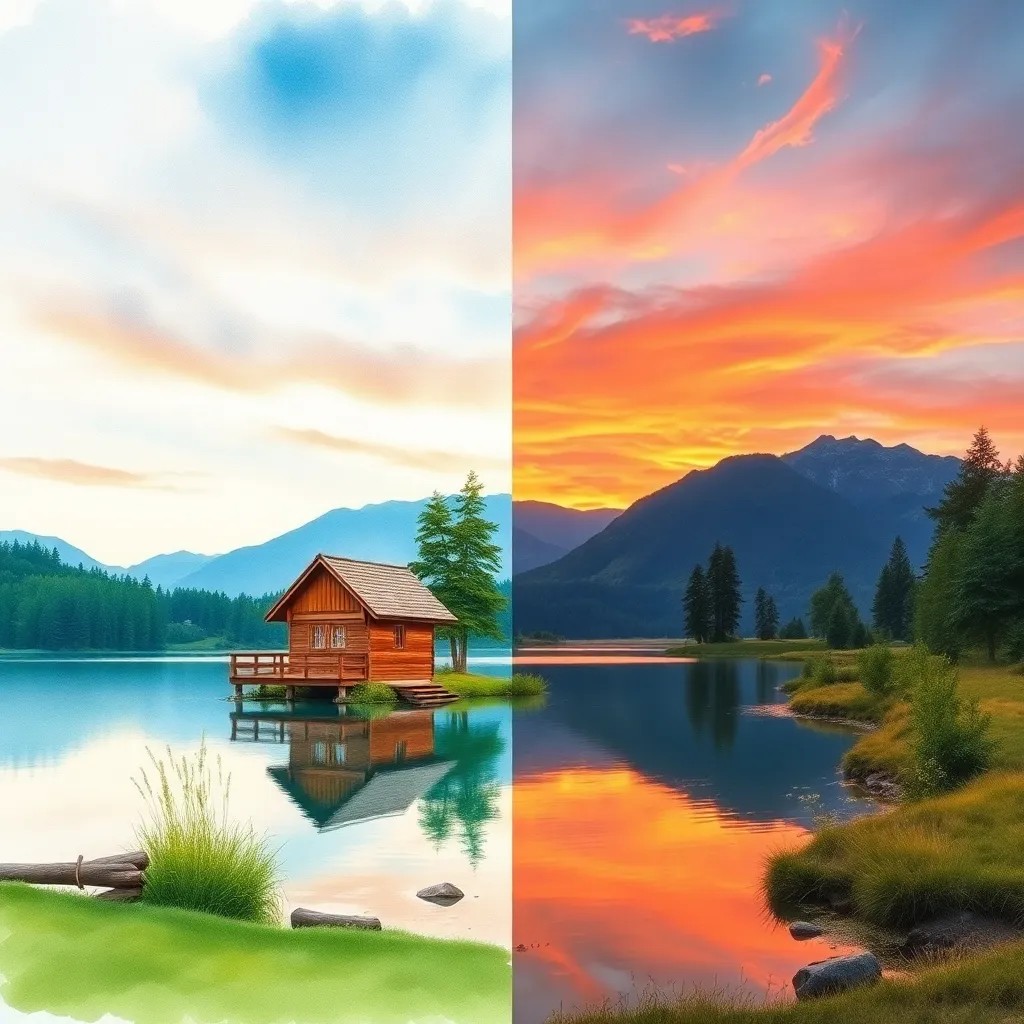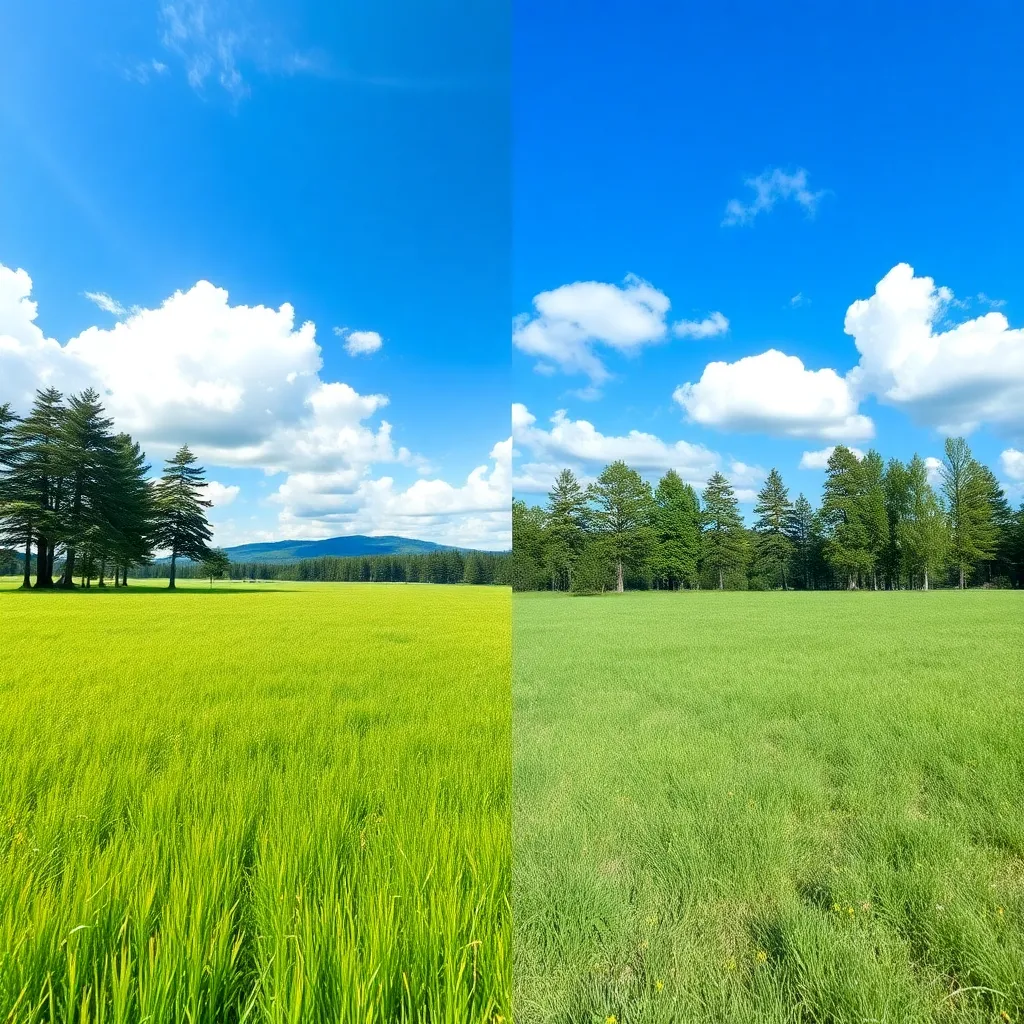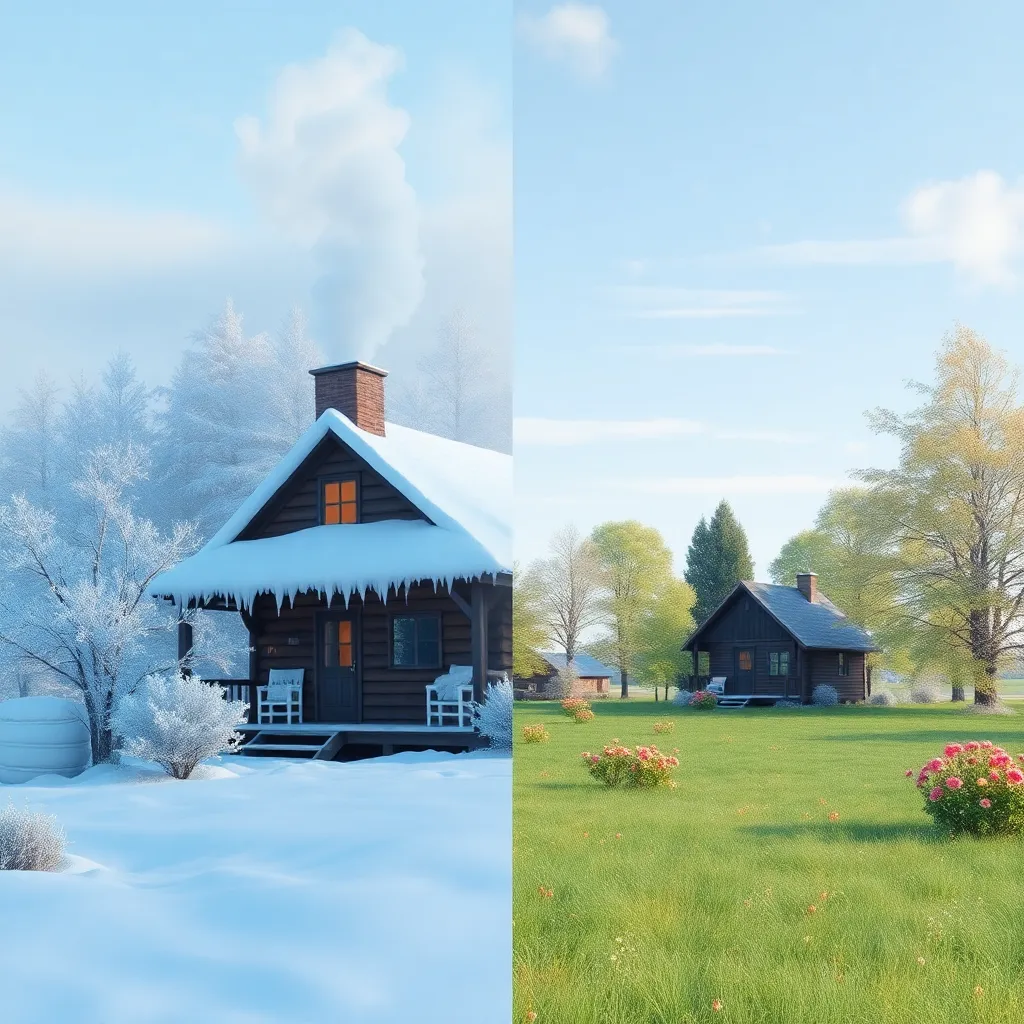Description of the Film E Effect Style
The Film E Effect style is a distinctive color grading and textural technique that brings the magic of analog film into the digital age. Characterized by cinematic color palettes, gentle film grain, and an evocative, nostalgic atmosphere, Film E is inspired by iconic film stocks used in classic cinema and photography.
What is the Film E Effect?
At its core, the Film E Effect emulates the nuanced qualities of film: deep but subdued colors, rich contrast, and the organic texture of film grain. This effect counteracts the often sterile and overly sharp look of digital photography by introducing warmth, softness, and a sense of timelessness. The result is imagery that feels both artful and authentic, evoking emotion and narrative depth.
History of the Film E Effect
The Film E Effect draws from decades of cinematic history and photographic tradition. With the transition from analog to digital, many photographers and filmmakers sought ways to recapture the inimitable character of film. The Film E Effect emerged as a response—first through manual editing techniques and later via sophisticated presets, filters, and AI tools—allowing creators to bring the nostalgia and emotion of film into their modern work.
Who Is Using This Style?
The Film E Effect has gained widespread popularity among various creative communities:
- Professional Photographers: Fashion, portrait, and wedding photographers use Film E to add a cinematic touch and emotional resonance to their images.
- Filmmakers and Videographers: The effect is commonly used in music videos, commercials, and indie films to evoke a vintage or dreamlike atmosphere.
- Travel and Lifestyle Influencers: Social media creators utilize Film E to make their travelogues and daily moments feel timeless and cinematic.
- Content Creators and Bloggers: The effect is favored for editorial content, lookbooks, and storytelling projects, enhancing visual engagement.
From seasoned professionals to hobbyists, the Film E Effect style appeals to anyone seeking to imbue their images with mood, nostalgia, and beauty.
How Does Film E Effect Enhance Photos?
The Film E Effect transforms ordinary digital photos by introducing several key enhancements:
1. Cinematic Color Tones
Film E infuses images with rich, balanced colors—often with a slight warmth or coolness that mimics classic film stocks. This subtle grading makes skin tones look natural and landscapes more dramatic.
2. Authentic Film Grain
A signature of the effect, film-like grain softens digital sharpness and adds tactile depth. This texture makes images feel organic and less clinical, invoking the tactile memory of printed photos.
3. Nostalgic Atmosphere
By combining color grading and grain, Film E evokes memories and emotions. The effect encourages viewers to linger, inviting them to connect with the story or mood of the photo.
4. Enhanced Contrast and Soft Highlights
Film E balances contrast beautifully, deepening shadows without crushing detail and preserving soft, blooming highlights for a more cinematic and artful presentation.
5. Subtle Vignetting
A gentle vignette can be part of the Film E look, naturally drawing the viewer’s eye toward the subject and enhancing composition.
Use Cases of the Film E Effect Style
The versatility of Film E Effect makes it suitable for a broad range of photography genres:
1. Portrait Photography
- How it Enhances: Film E adds emotional depth to portraits, softening skin and creating a timeless, cinematic feel that flatters the subject and adds storytelling power.
2. Urban Street Photography
- How it Enhances: Moody tones, enhanced contrast, and film grain turn everyday street scenes into atmospheric visual stories, perfect for capturing the energy and emotion of city life.
3. Landscape Photography
- How it Enhances: Dramatic skies, vibrant but balanced color, and subtle grain create sweeping, painterly landscapes that evoke the grandeur of classic film photography.
4. Vintage-Style Fashion Photography
- How it Enhances: The nostalgic color grading and tactile grain make retro-themed shoots feel authentic, enhancing the story and mood of the fashion.
5. Travel Memories
- How it Enhances: Film E transforms travel snapshots into cinematic memories, with nostalgic hues and grain that capture the romance of exploration.
6. Everyday Lifestyle Moments
- How it Enhances: Even the simplest moments—like breakfast in the morning sun—gain warmth, intimacy, and a sense of timelessness with Film E’s cinematic touch.
Pro Tips for Using Film E Effect
- Start with Good Light: Film E shines in natural or soft lighting. Use window light, golden hour, or soft overcast skies for best results.
- Don’t Overdo the Grain: Subtlety is key. Too much grain can distract from the image’s beauty—aim for a natural, tactile texture.
- Balance Your Colors: Adjust white balance and tone curves carefully; Film E’s magic lies in its nuanced color palette.
- Enhance Composition: Use vignetting and selective focus to draw attention to your subject, just as classic film photographers did.
- Experiment with Genres: Try Film E on different types of images—portraits, landscapes, street, and lifestyle—to discover its full expressive range.
Conclusion
The Film E Effect style is more than a filter—it’s a creative philosophy that revives the beauty and mood of analog film in a digital world. By combining cinematic tones, authentic grain, and nostalgic atmosphere, Film E empowers photographers and creators to tell richer, more emotive stories through their images. Whether capturing portraits, cityscapes, or everyday moments, Film E brings timeless artistry to any photo project.
